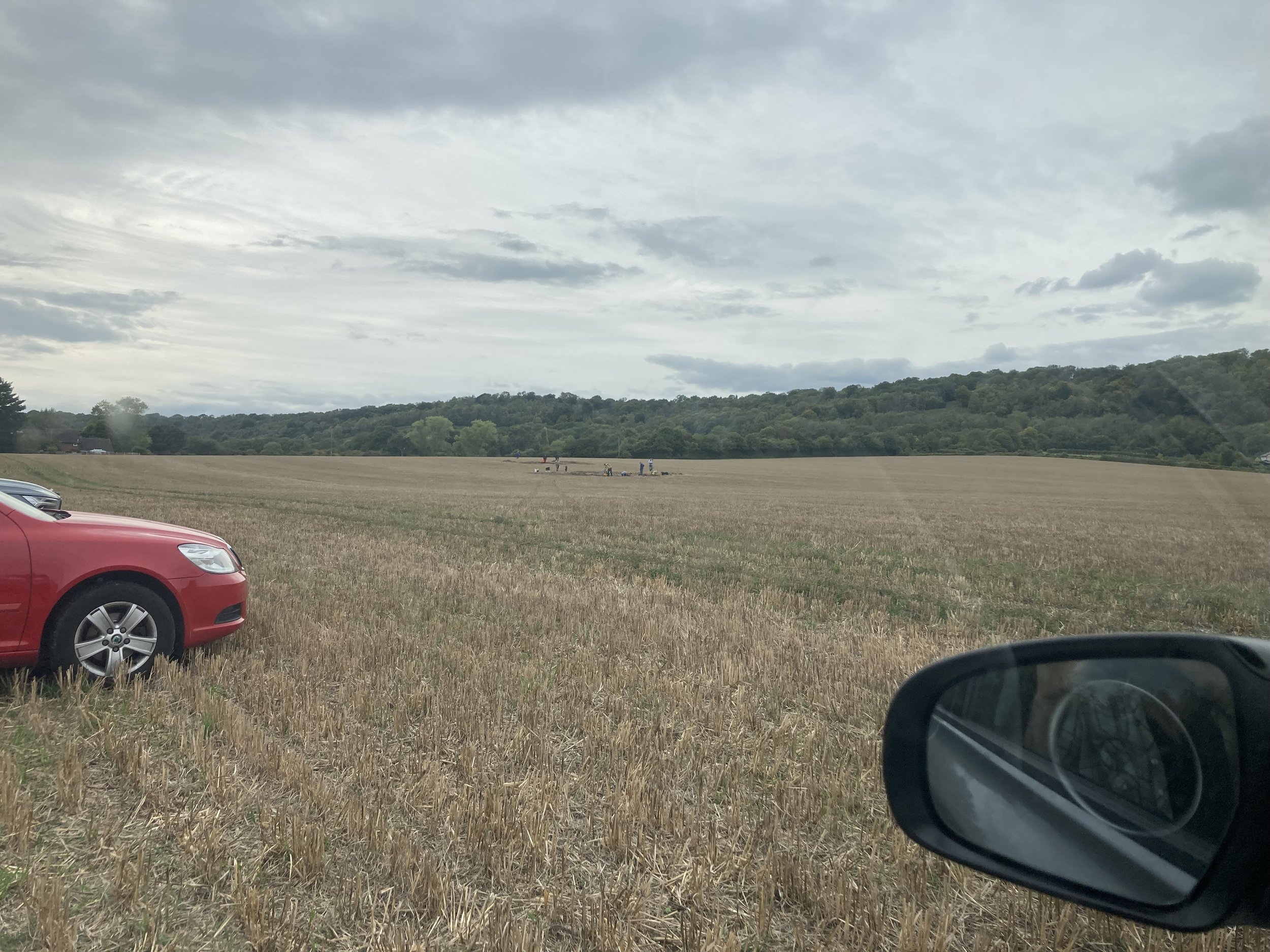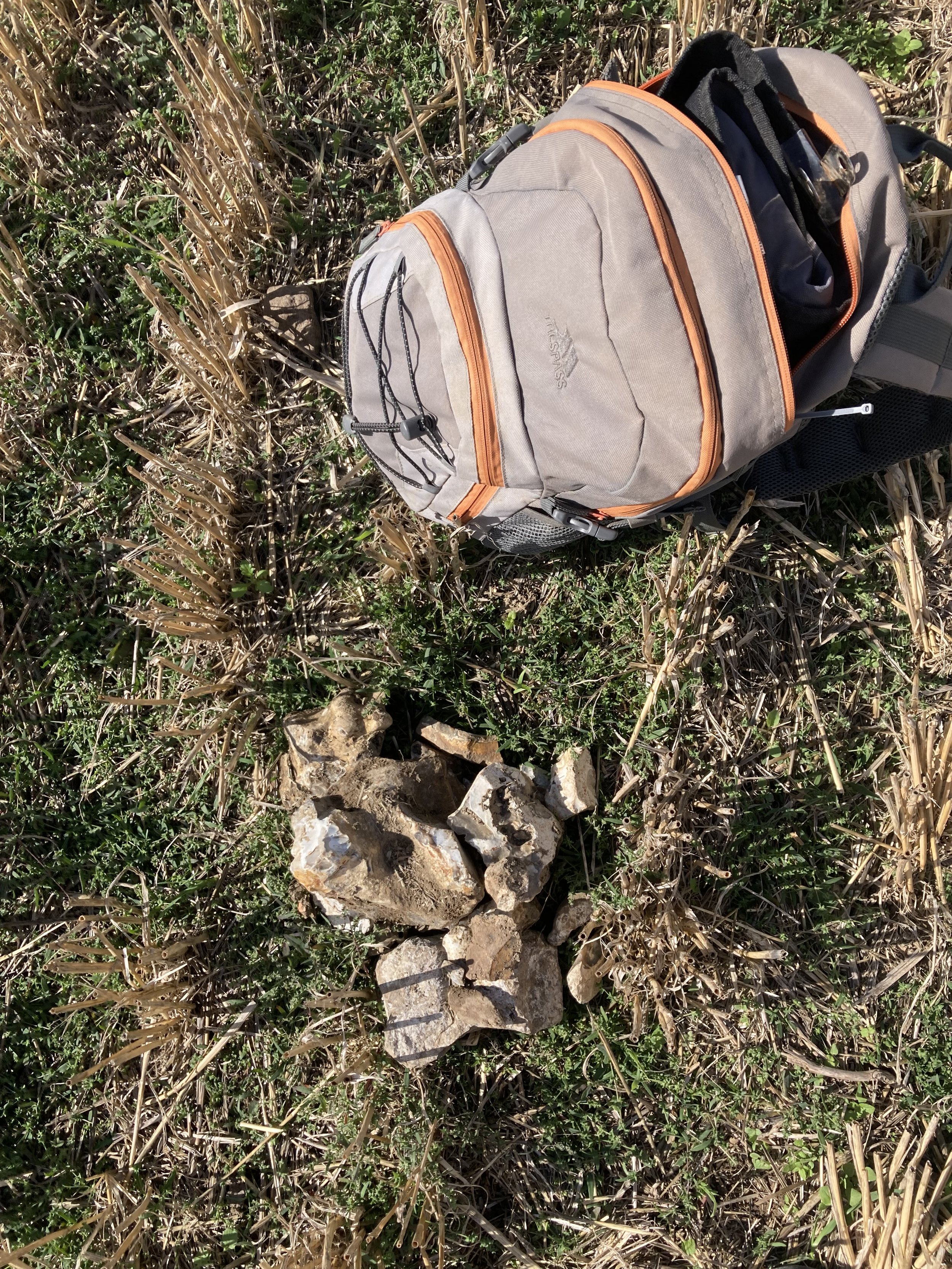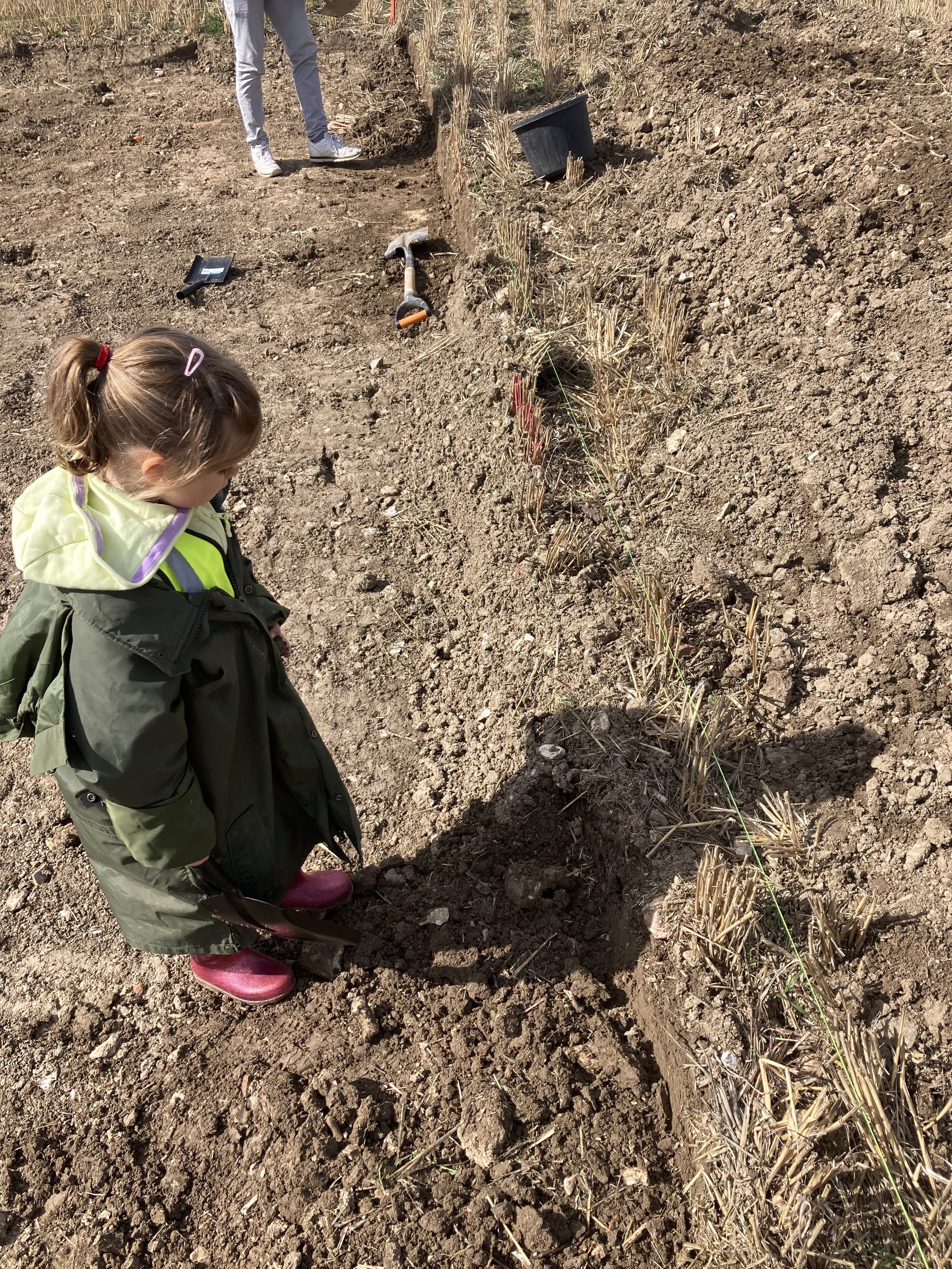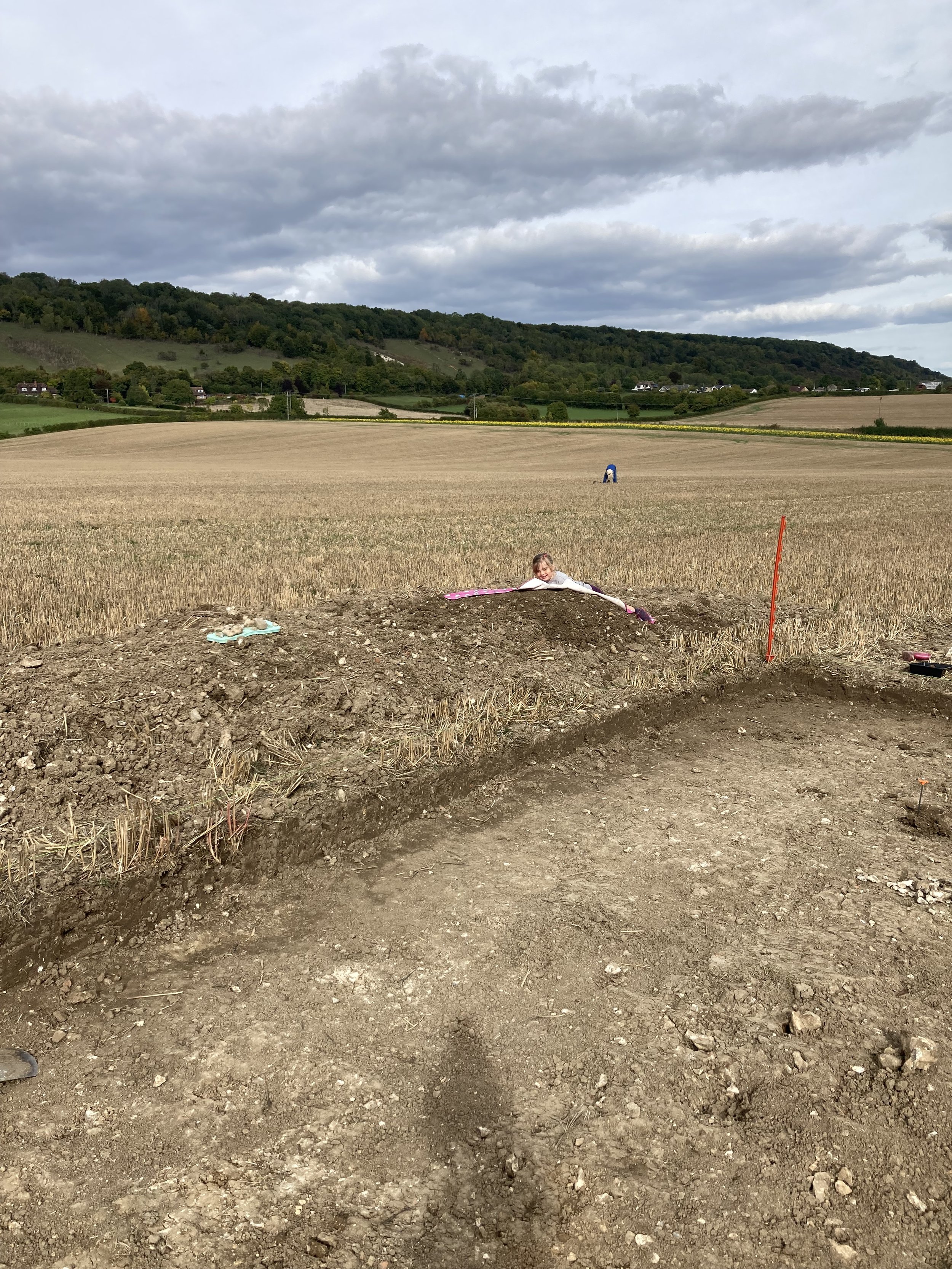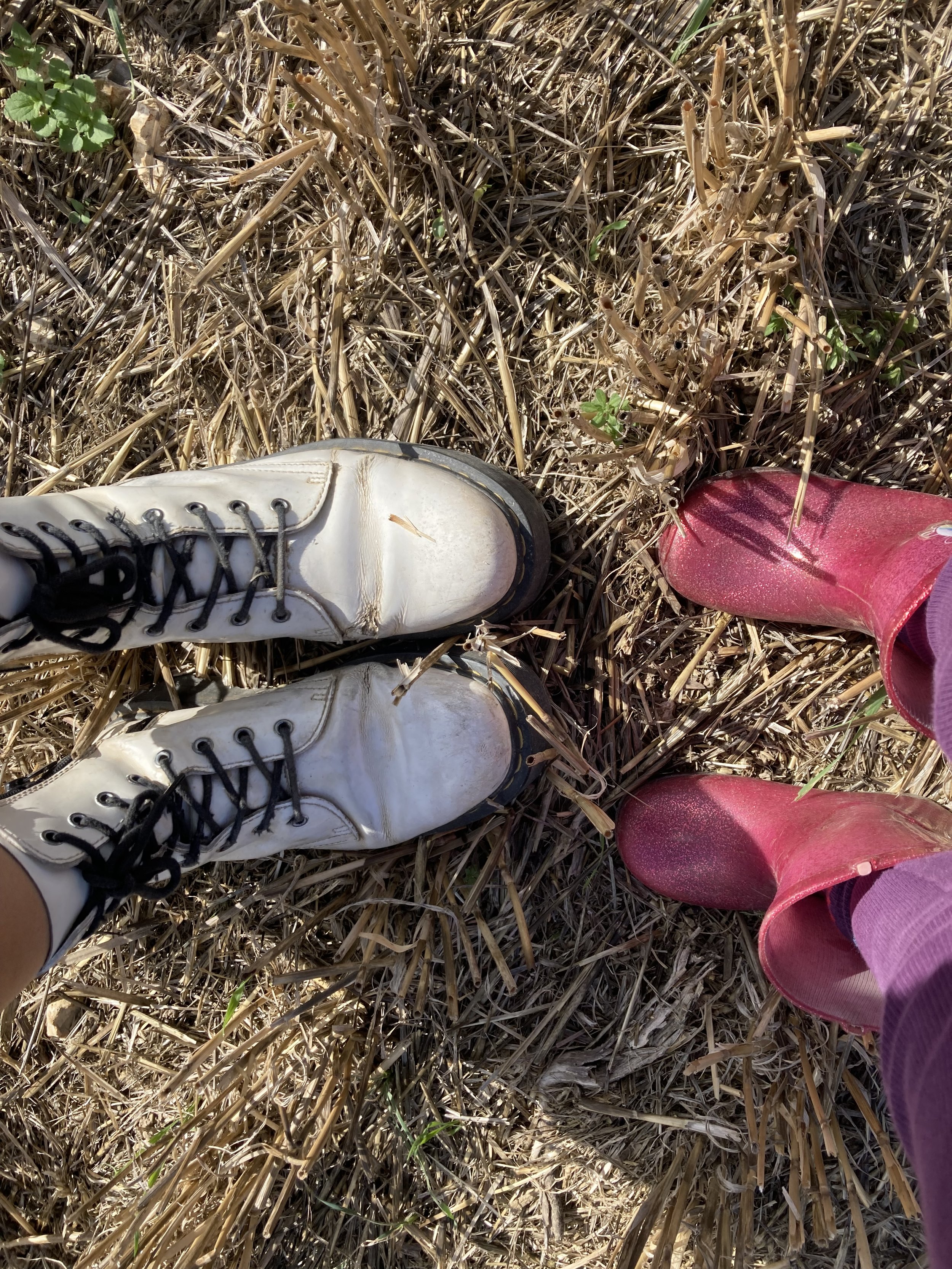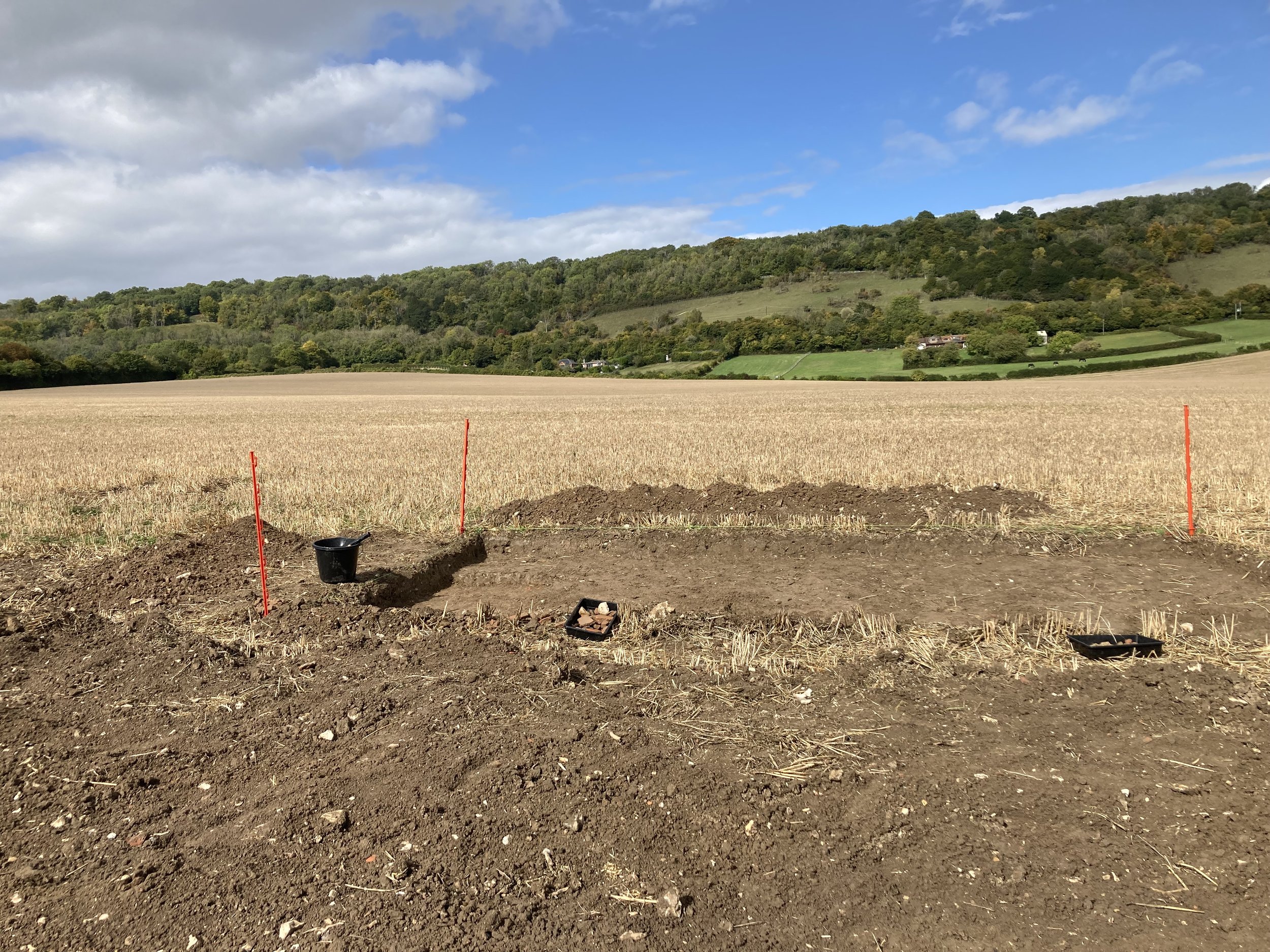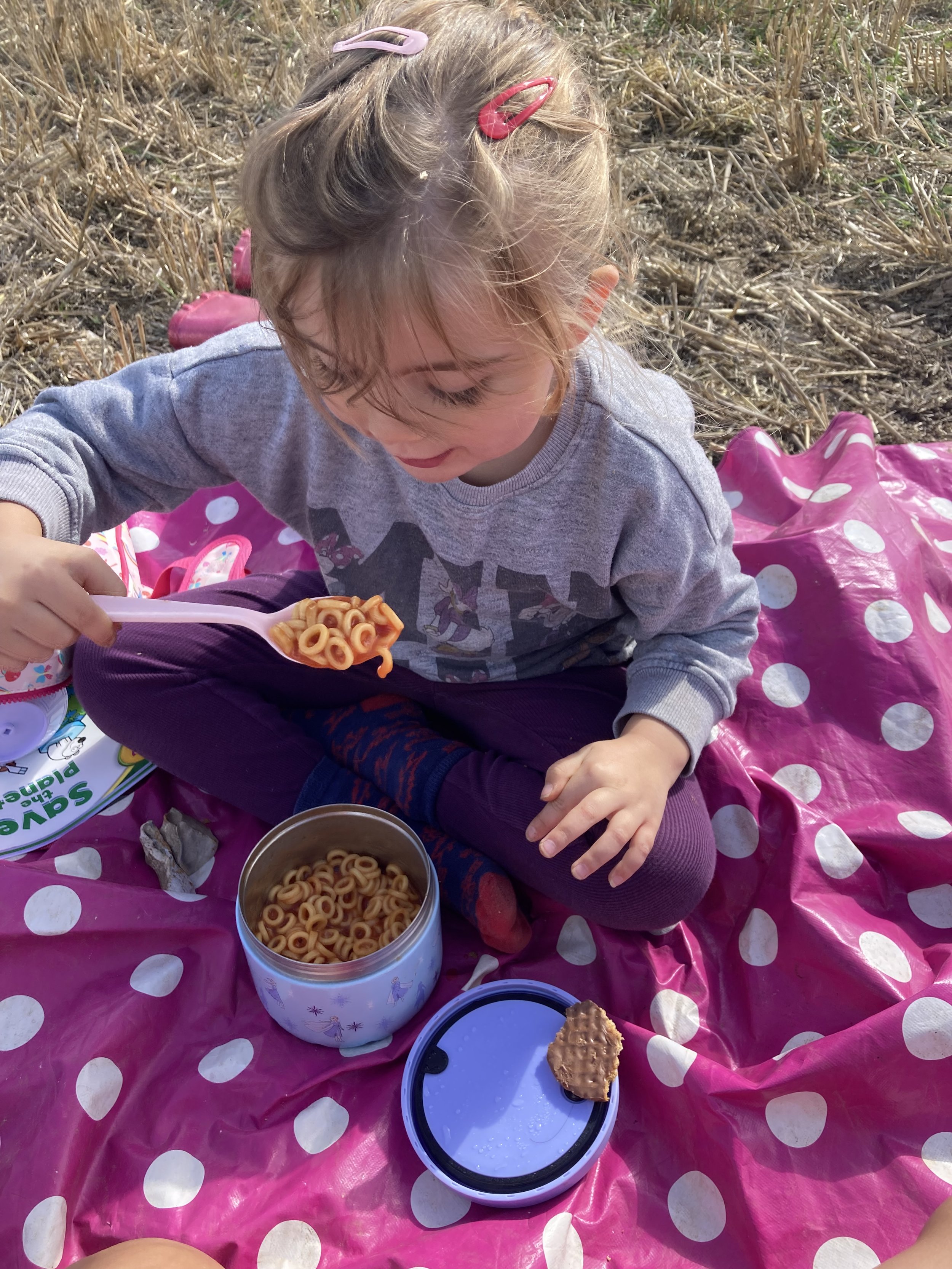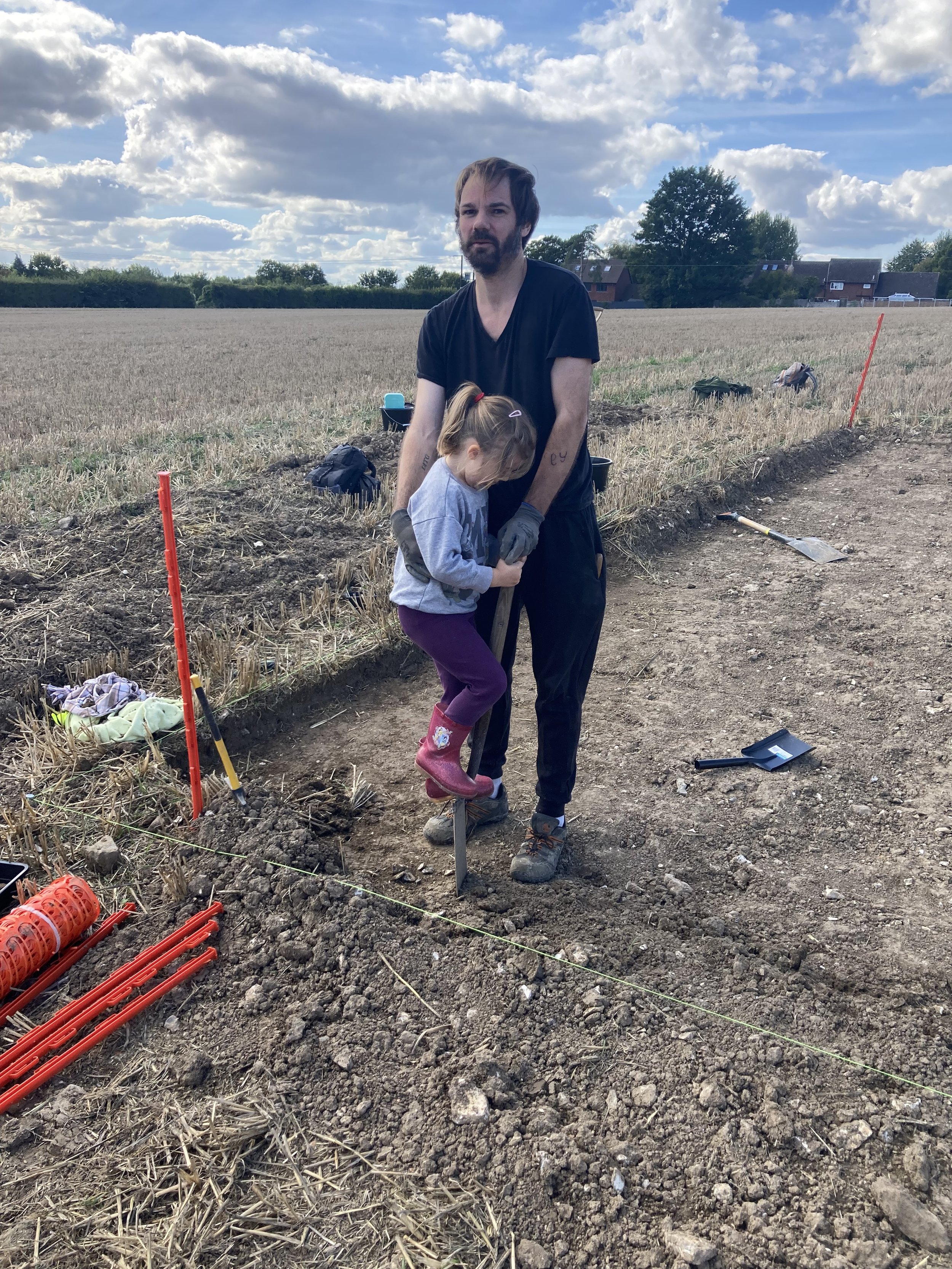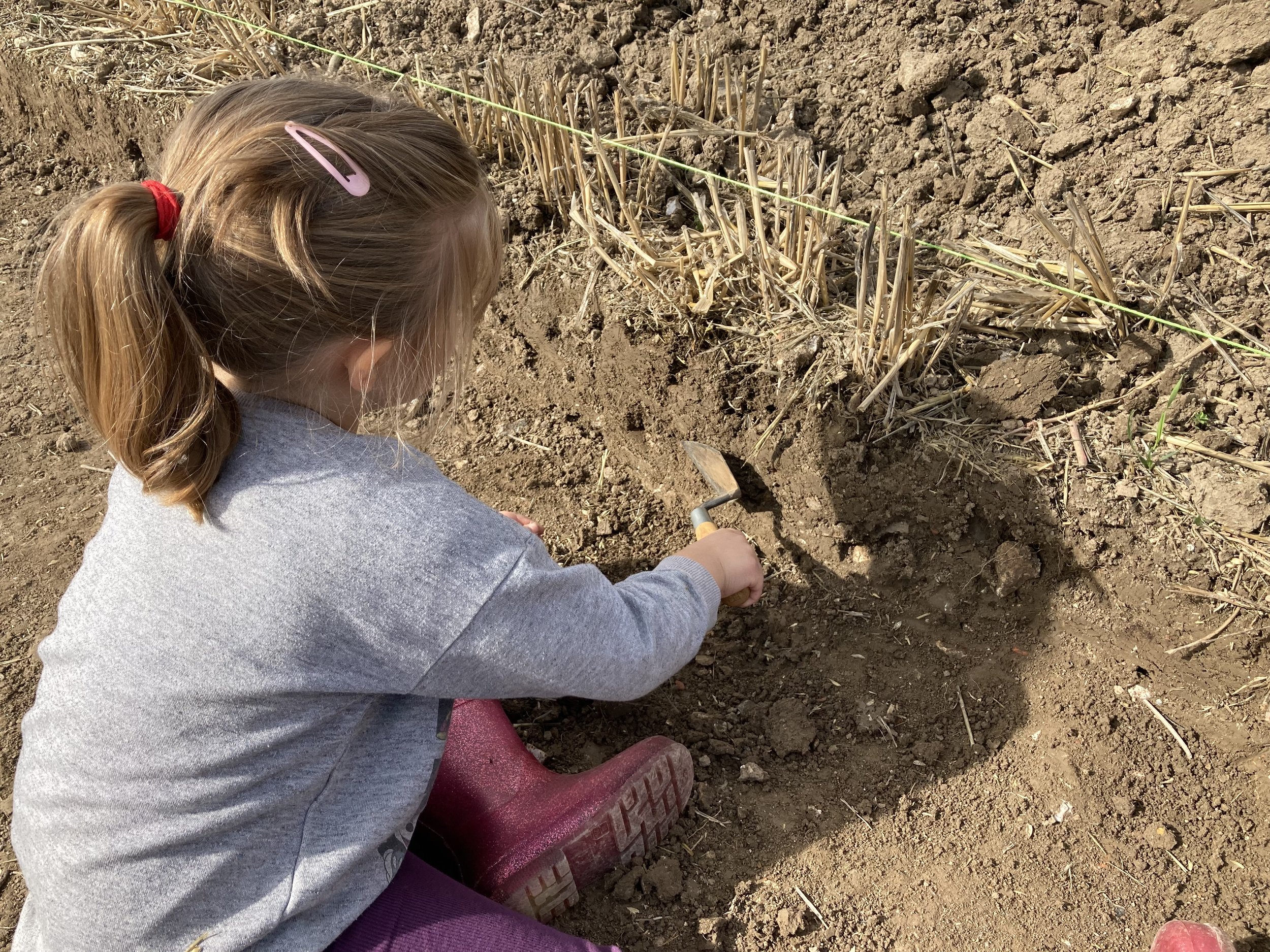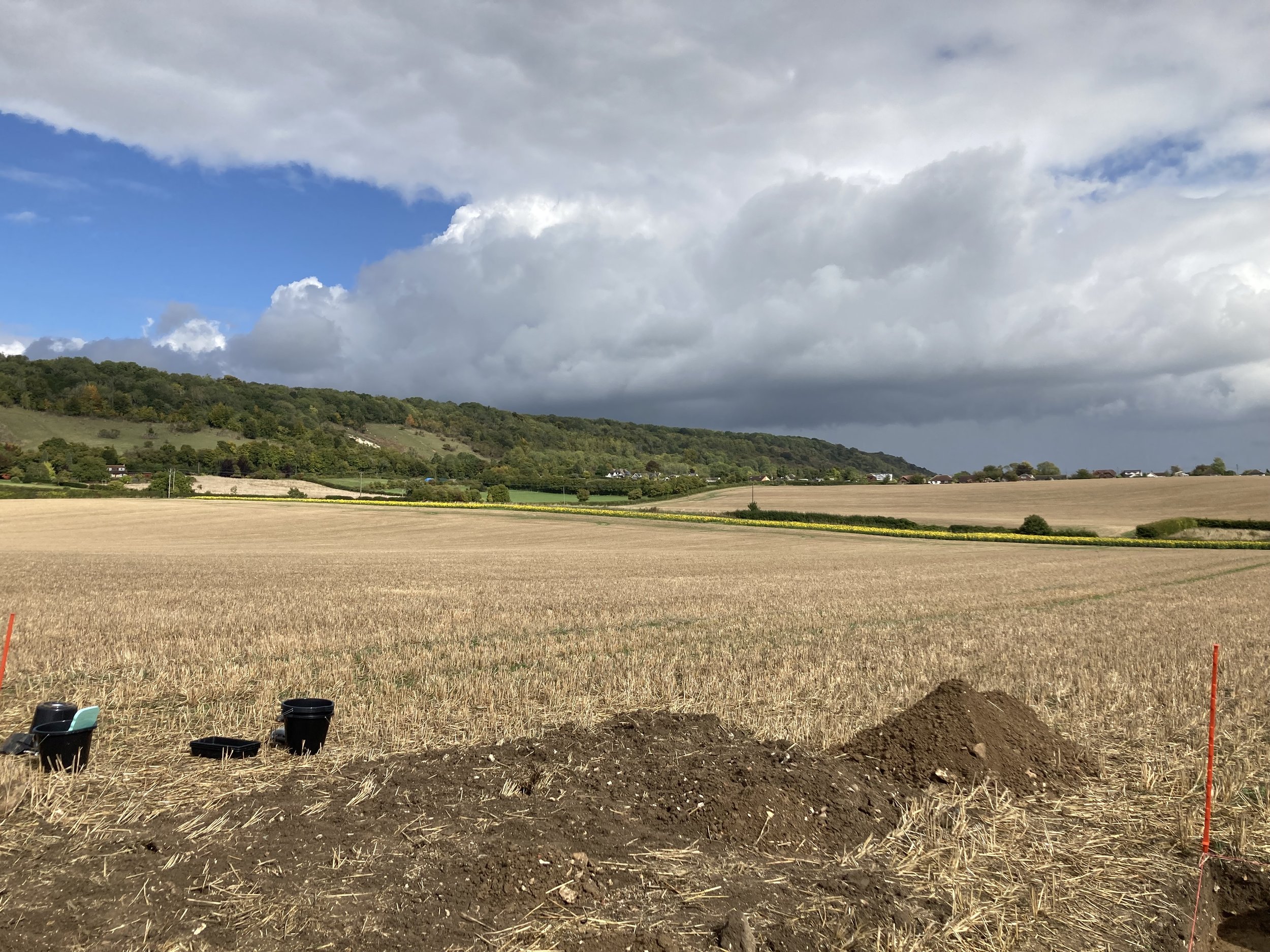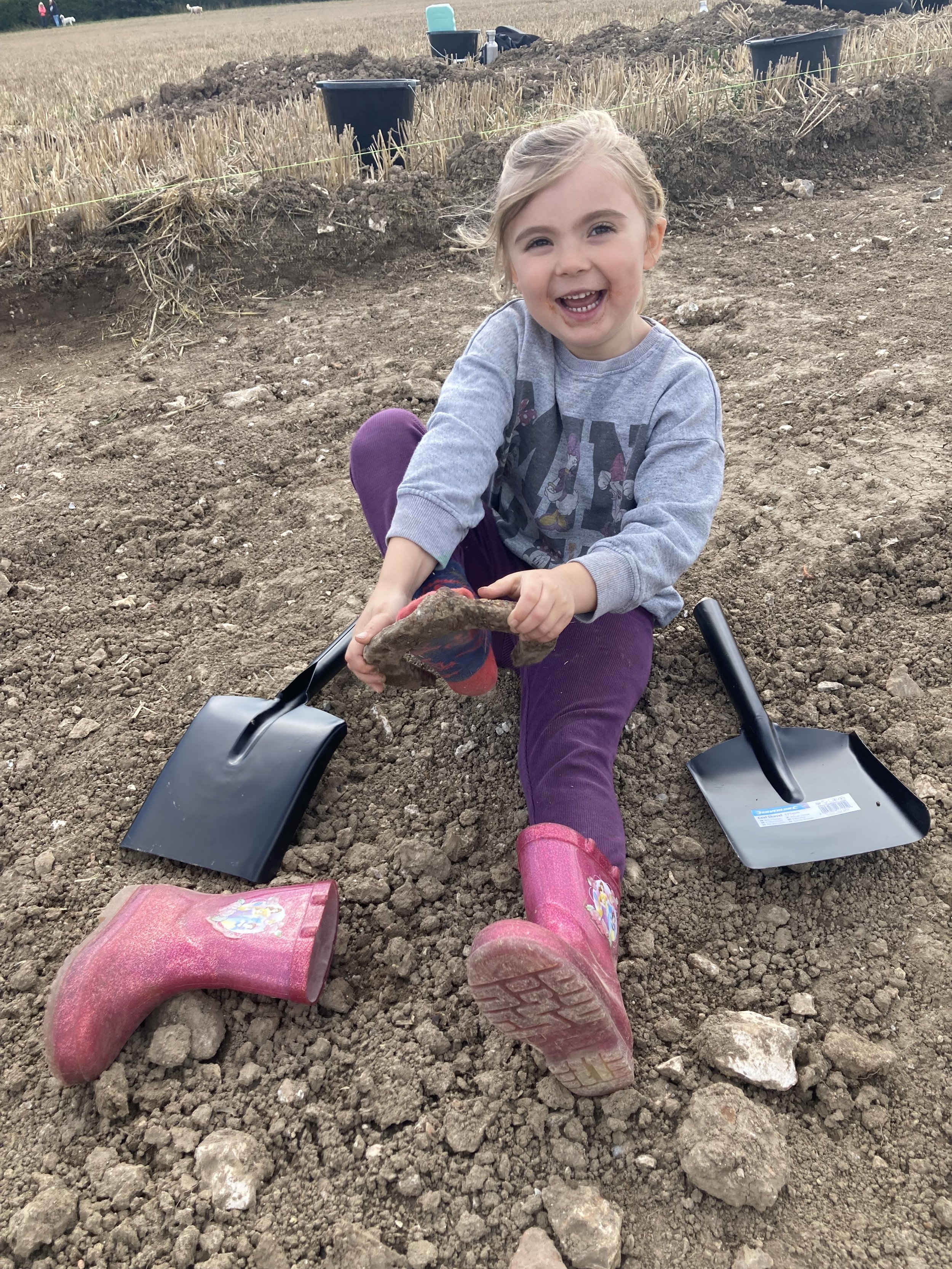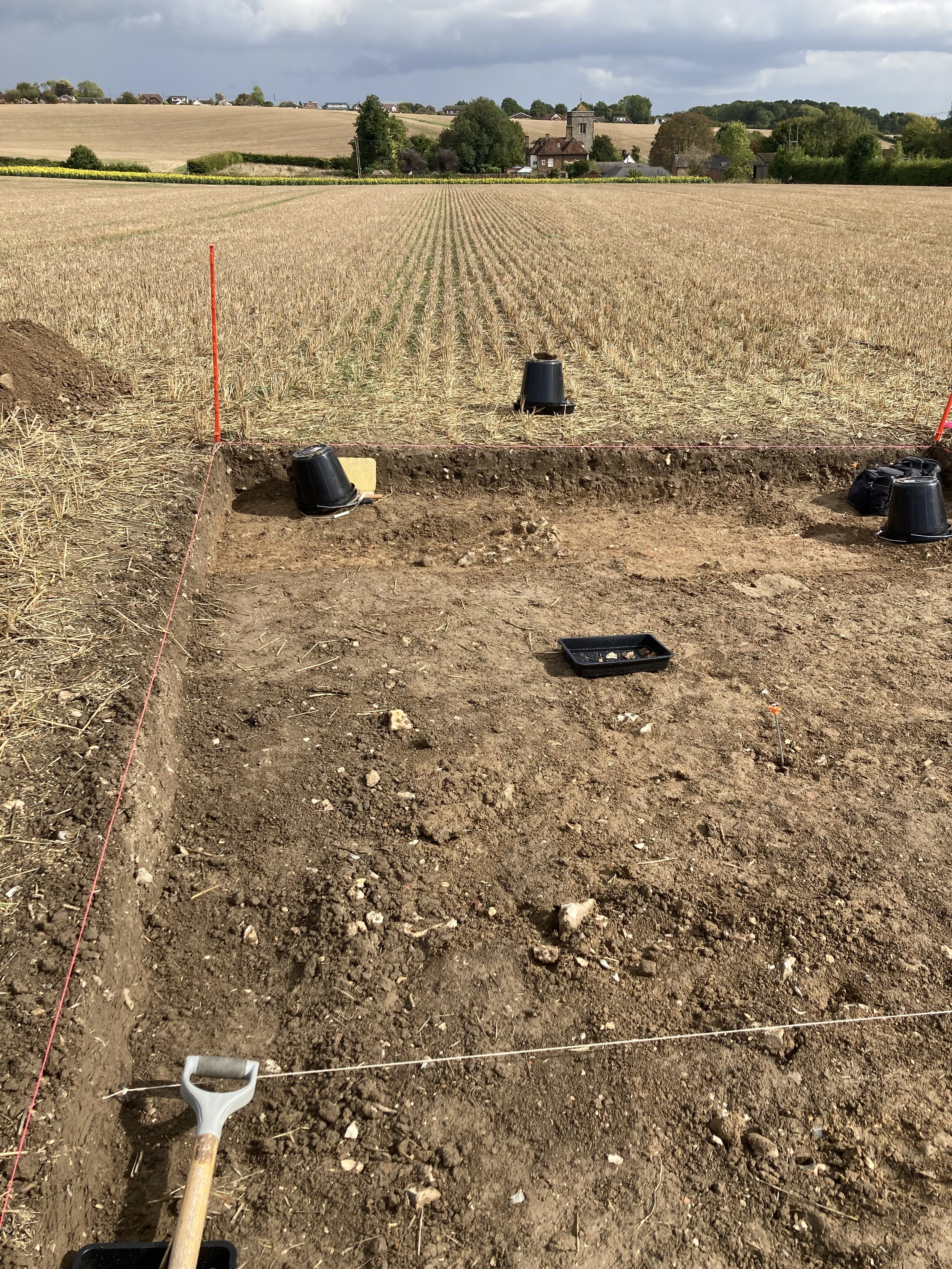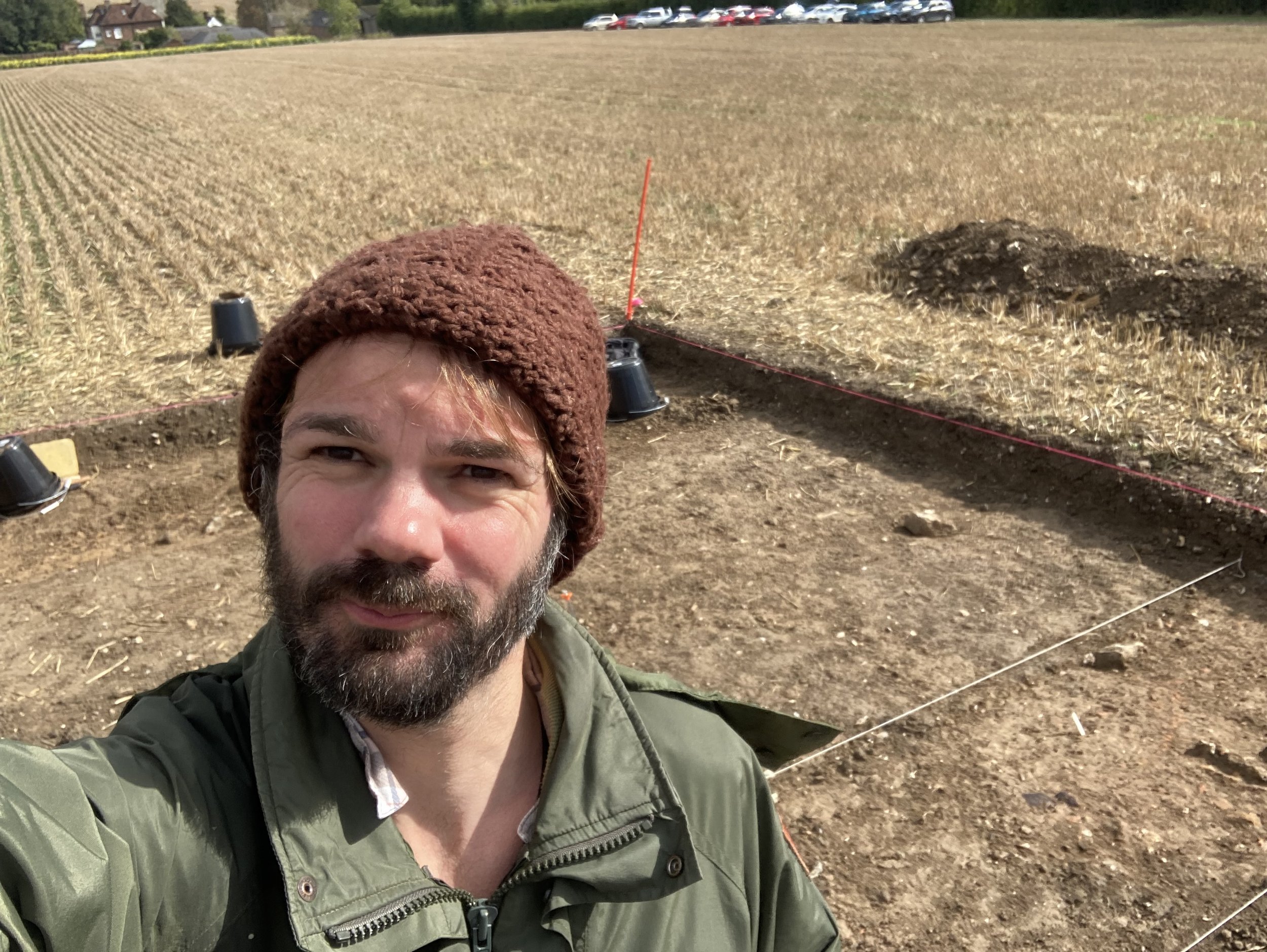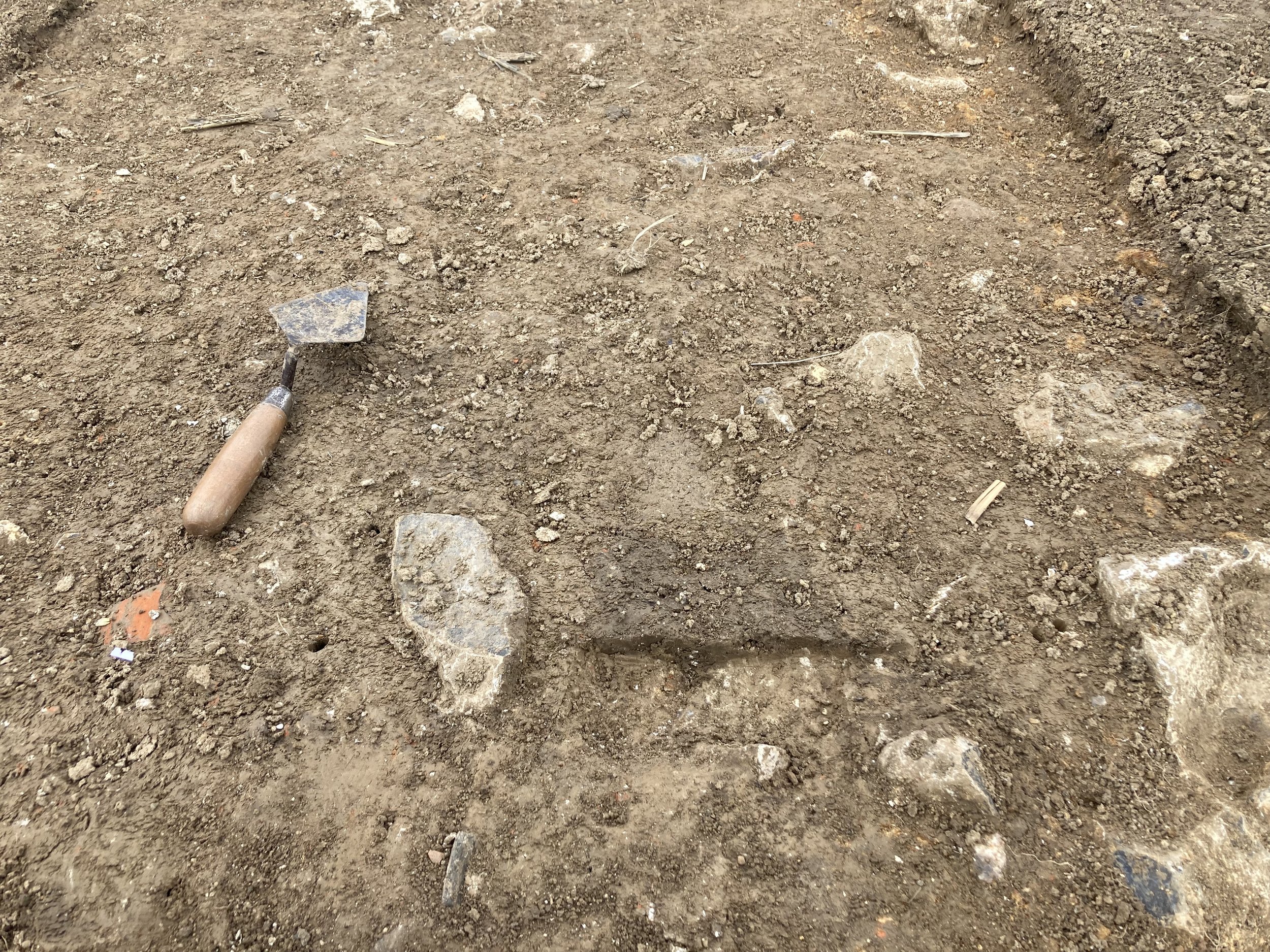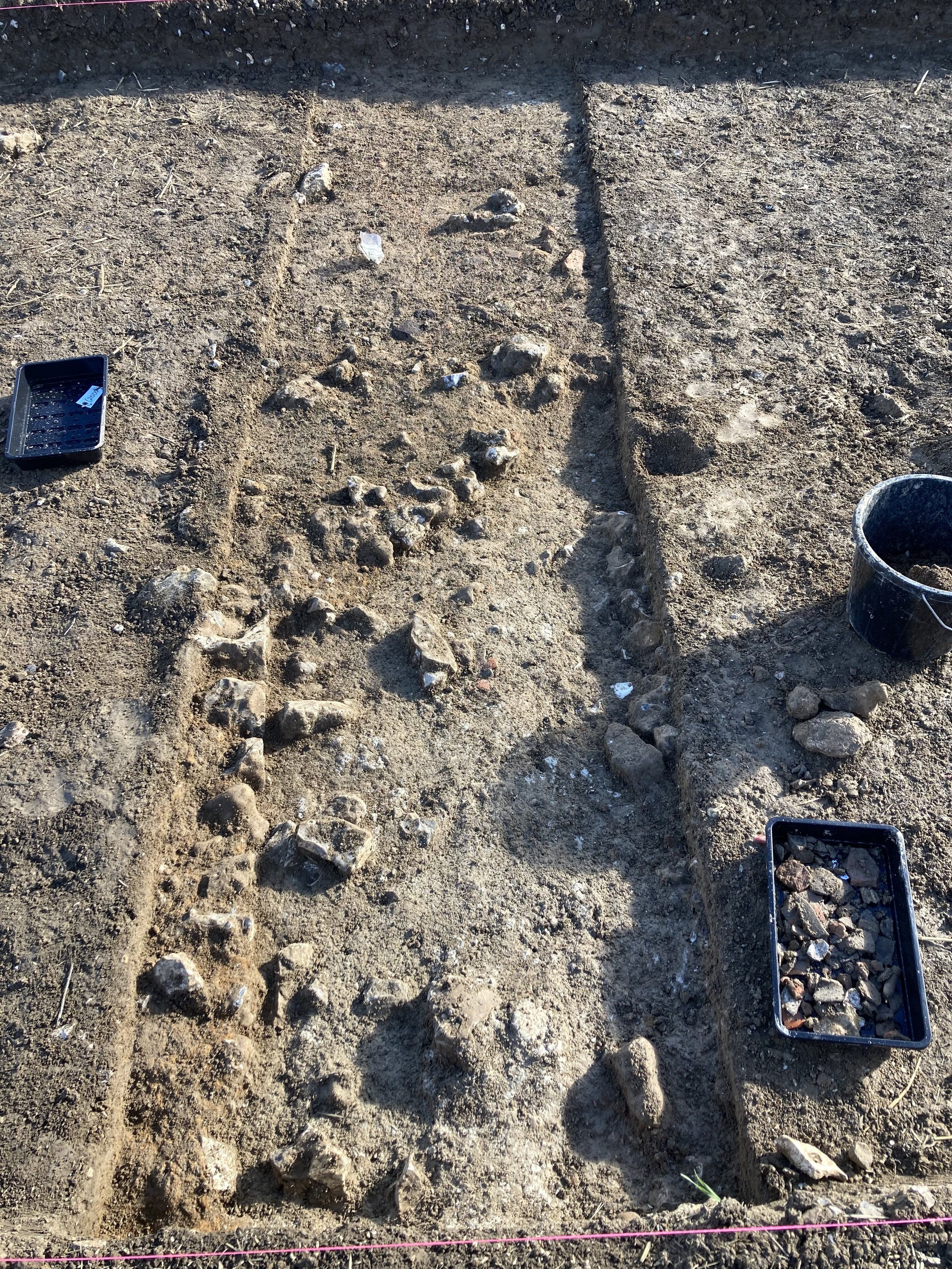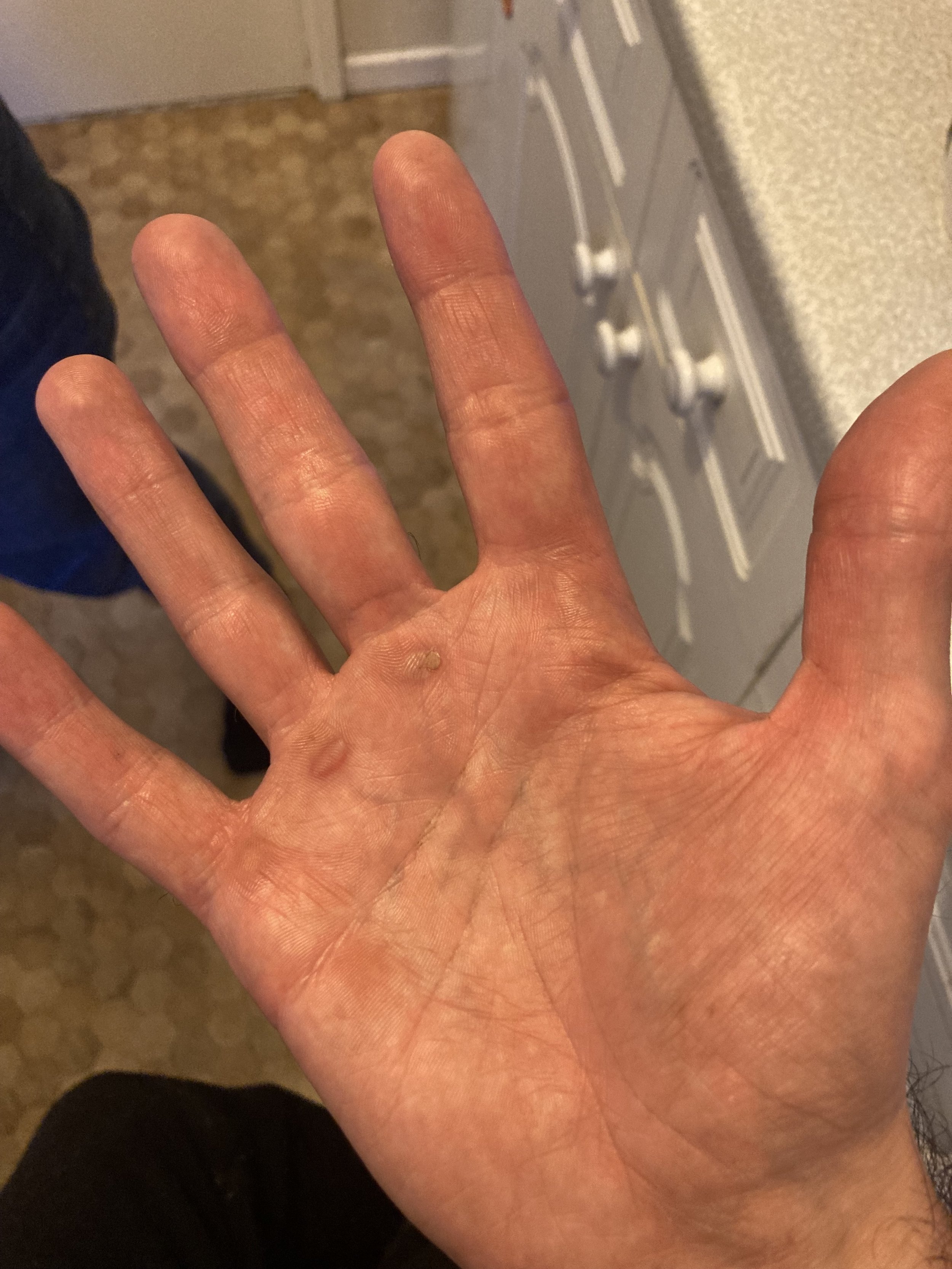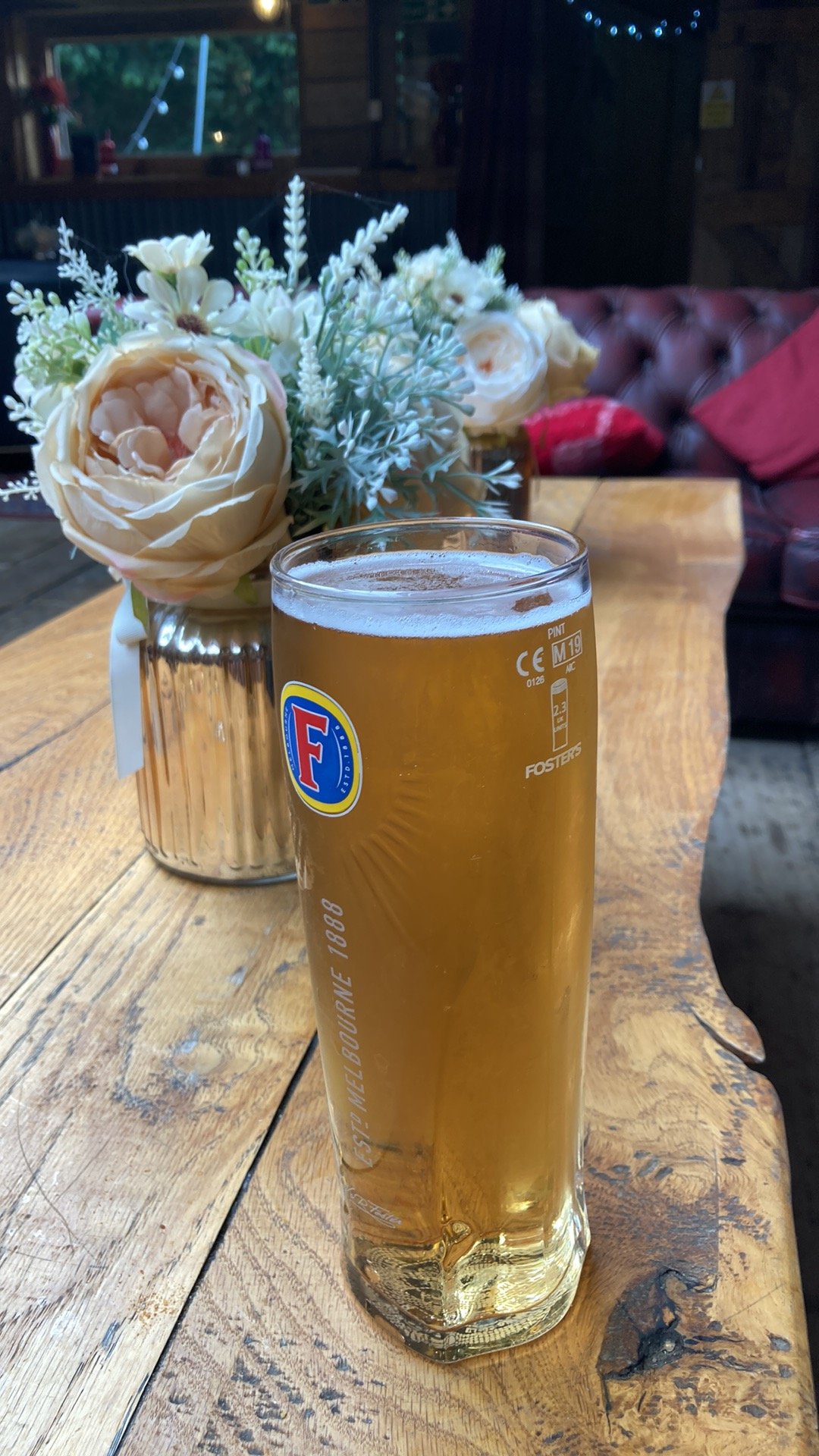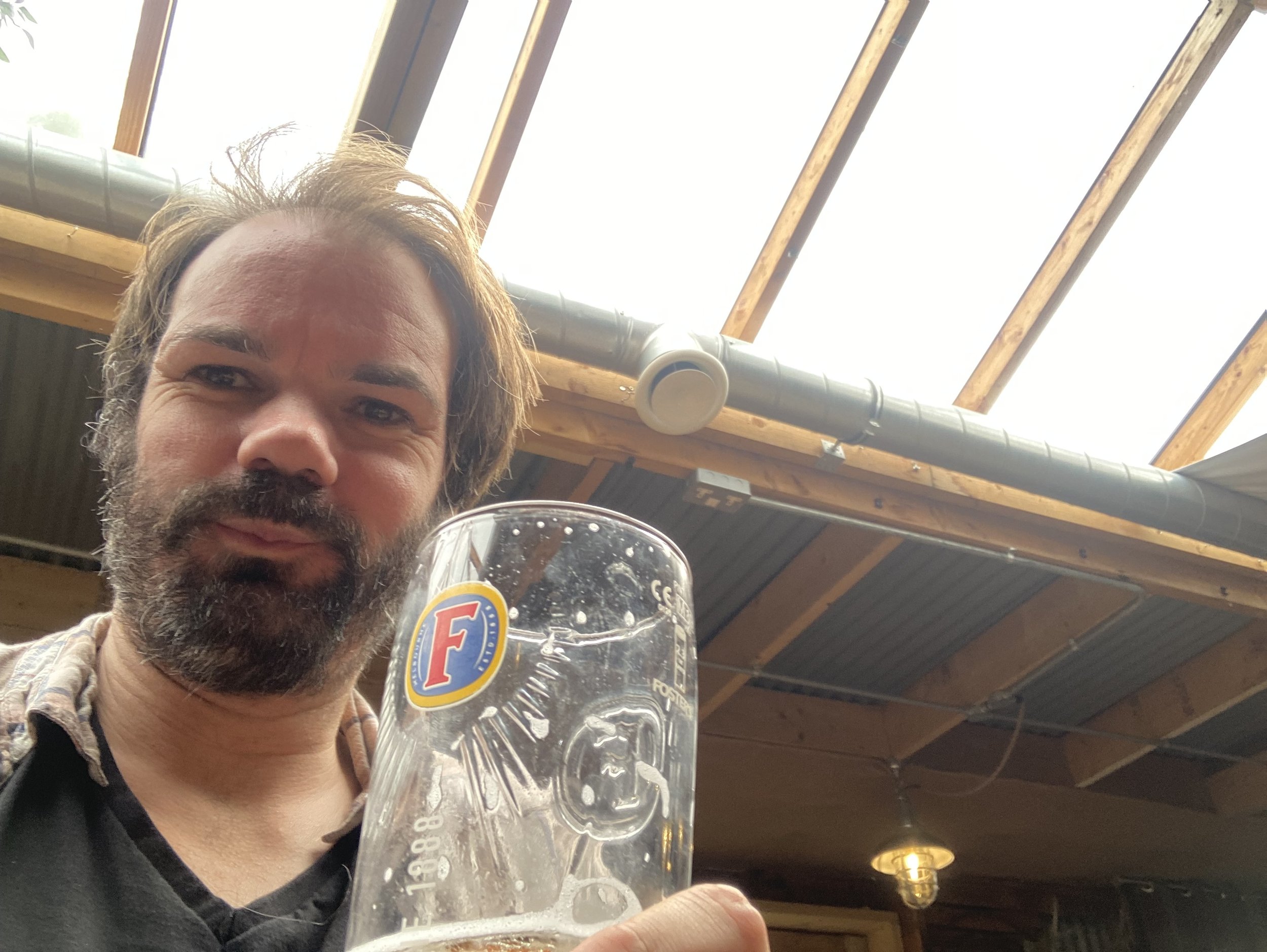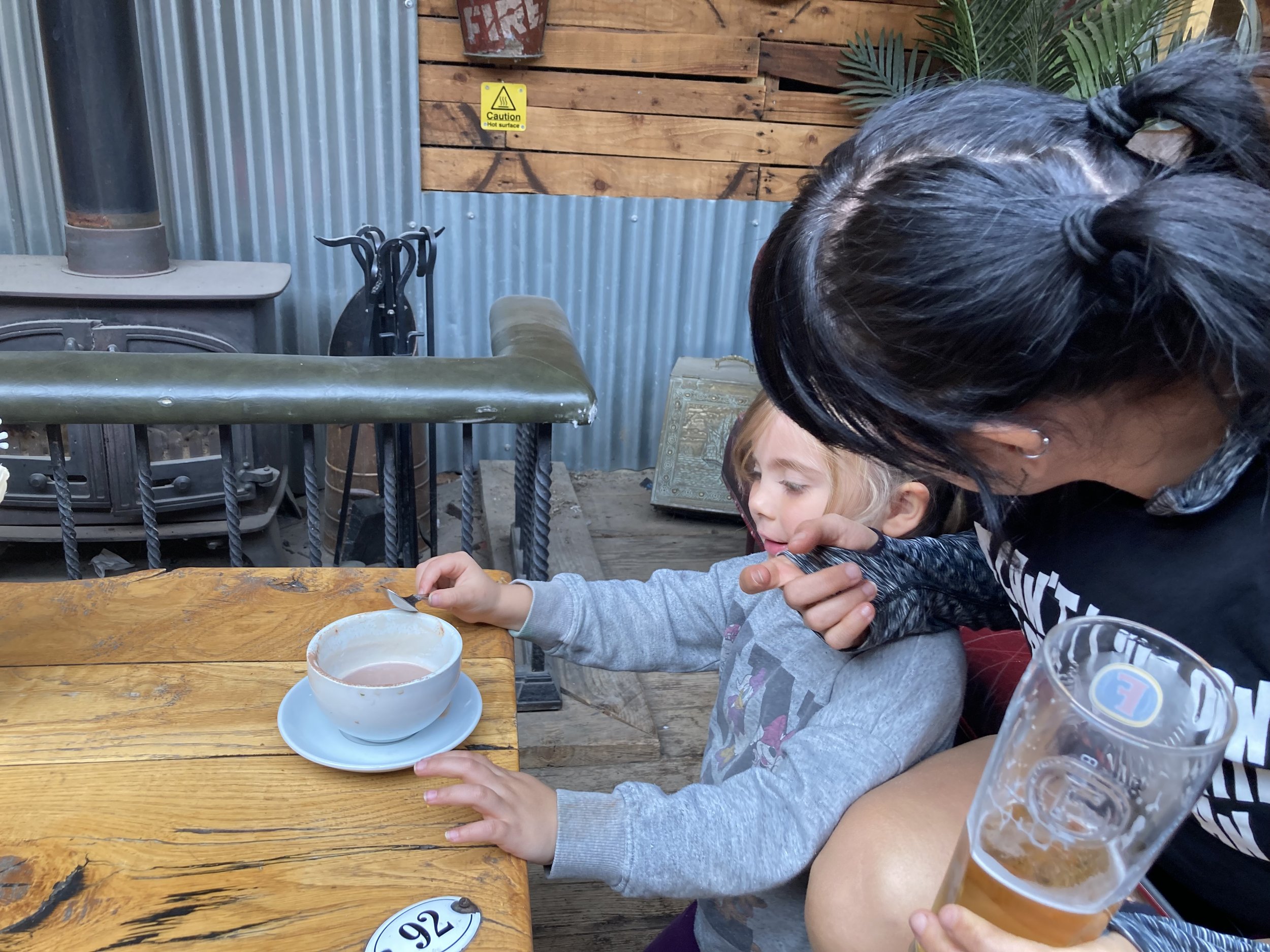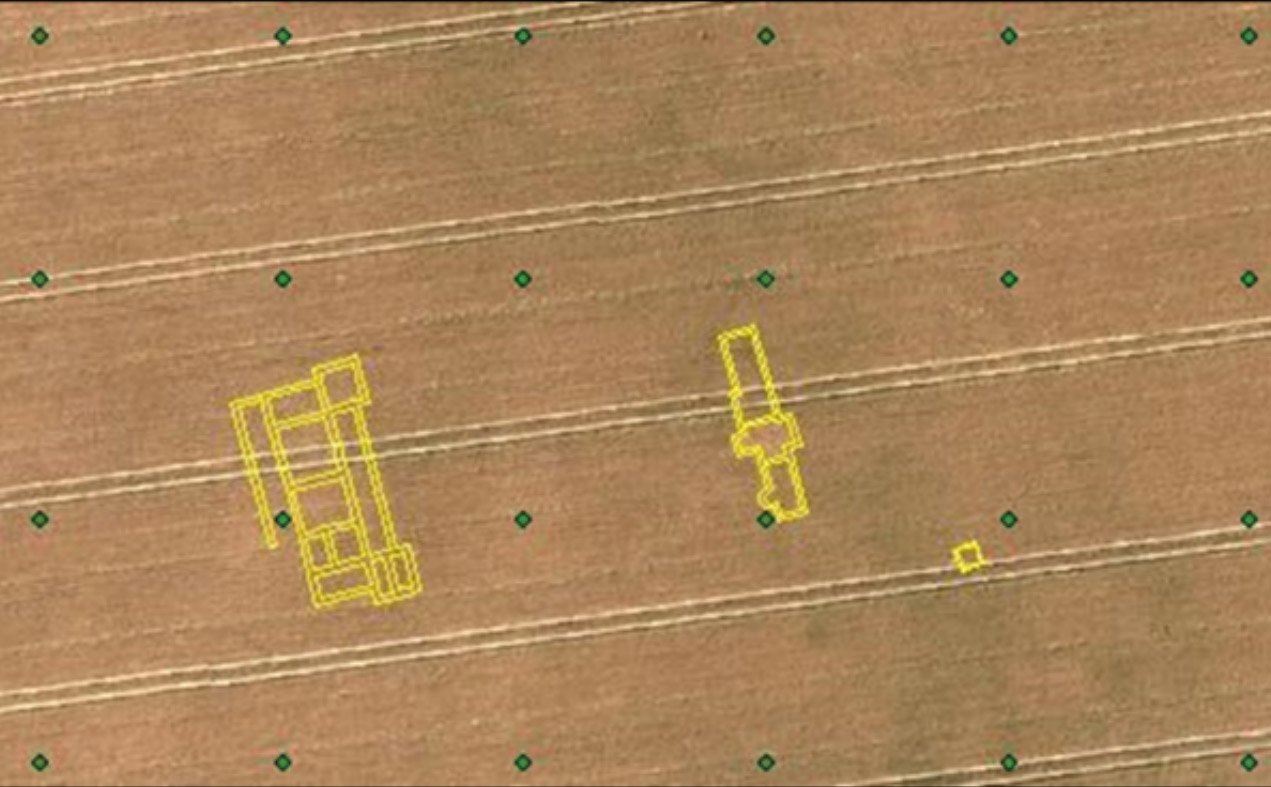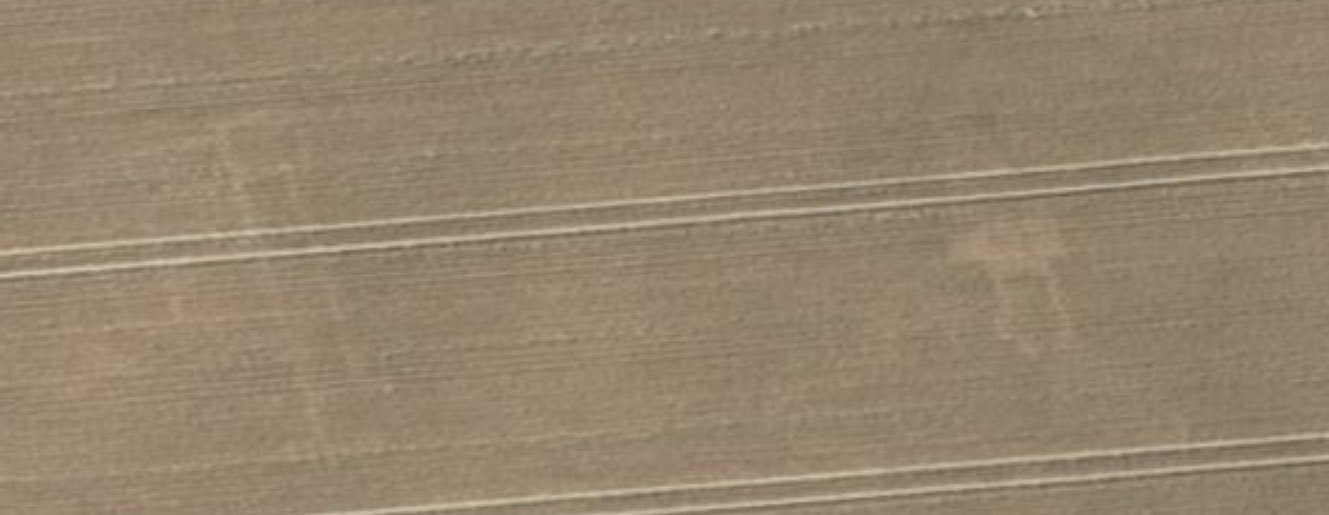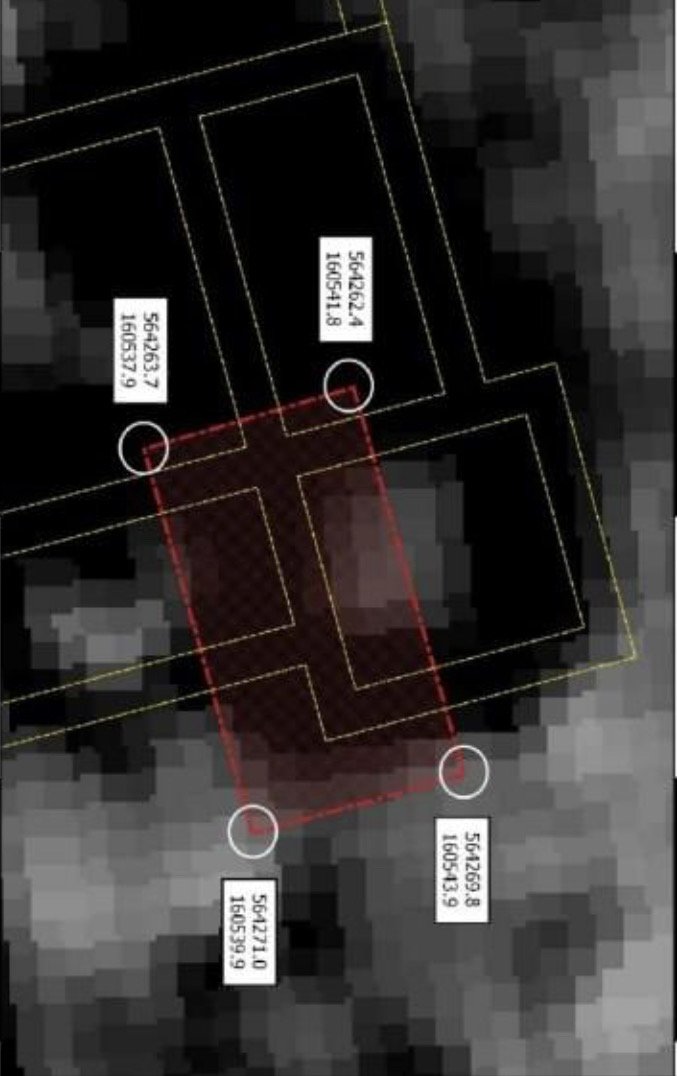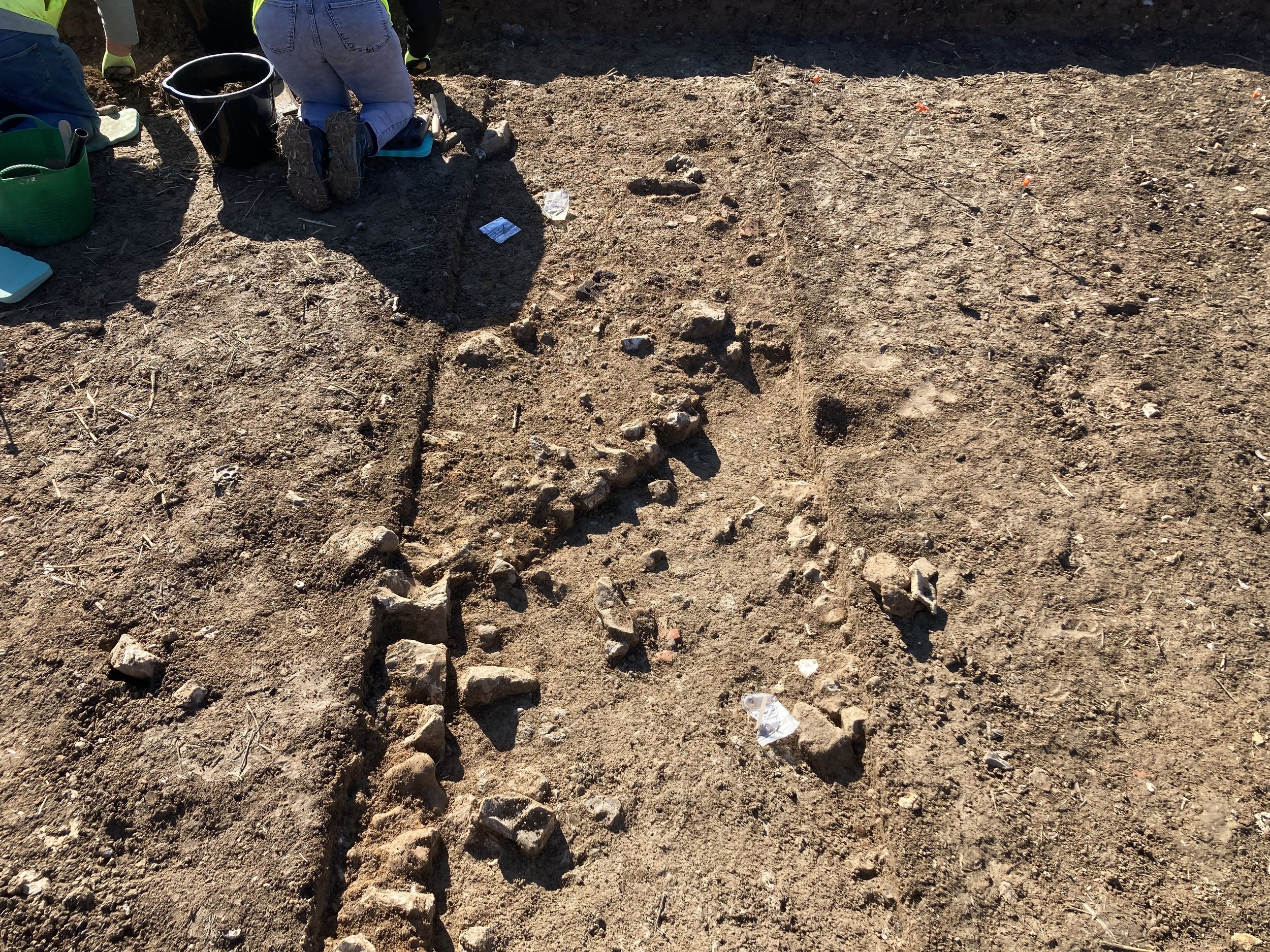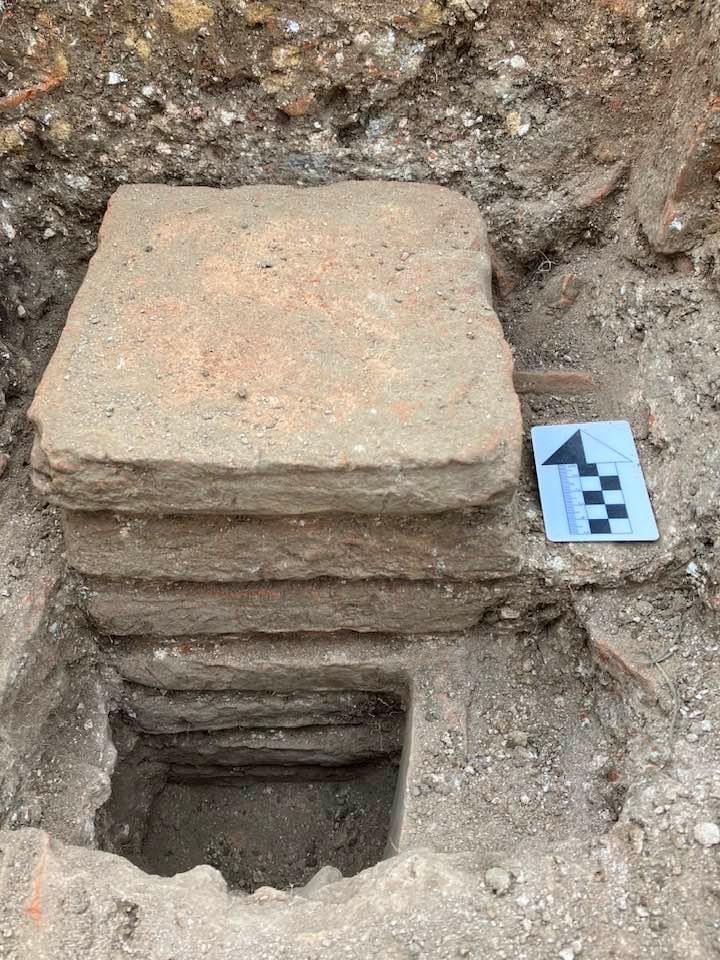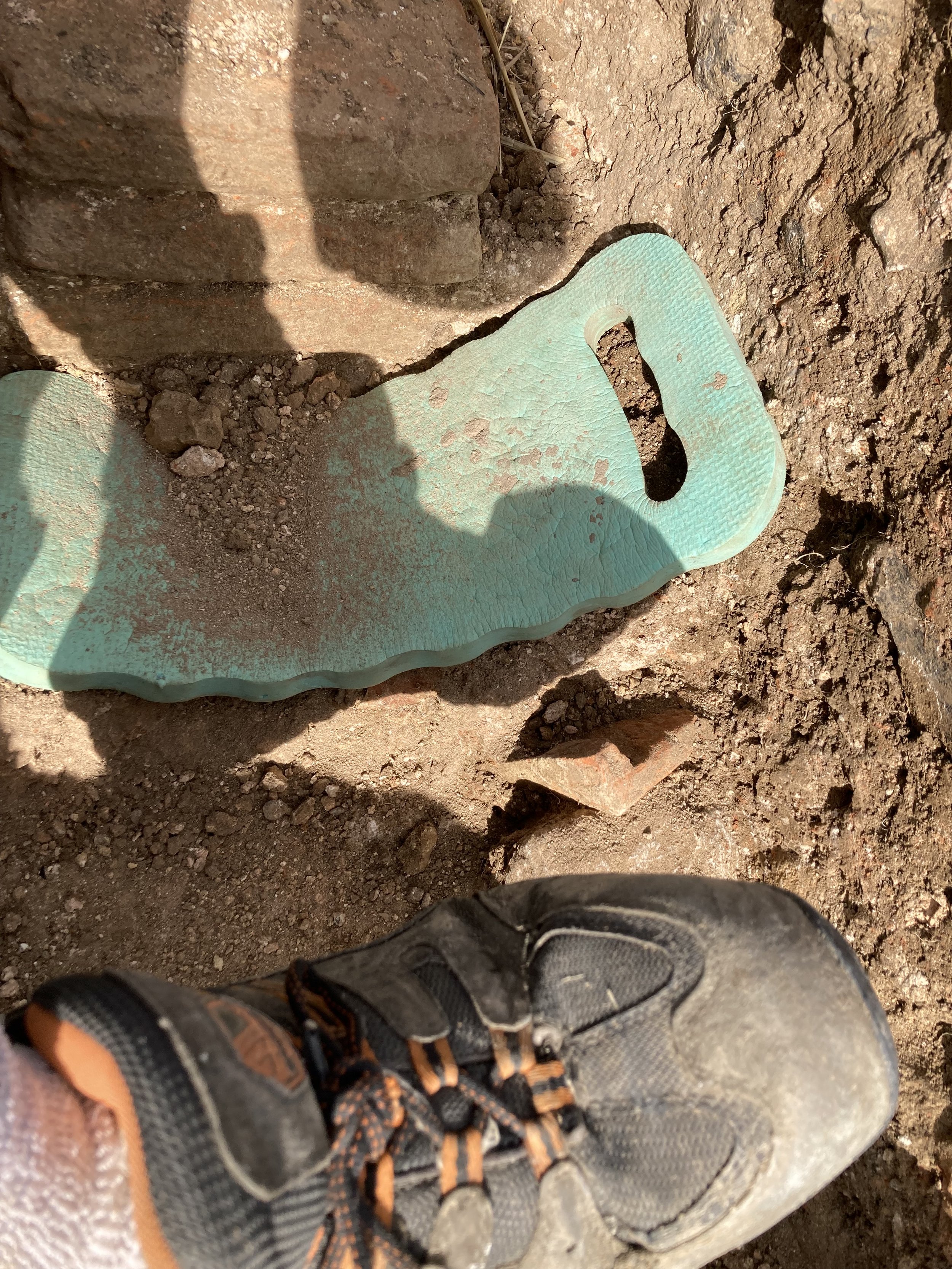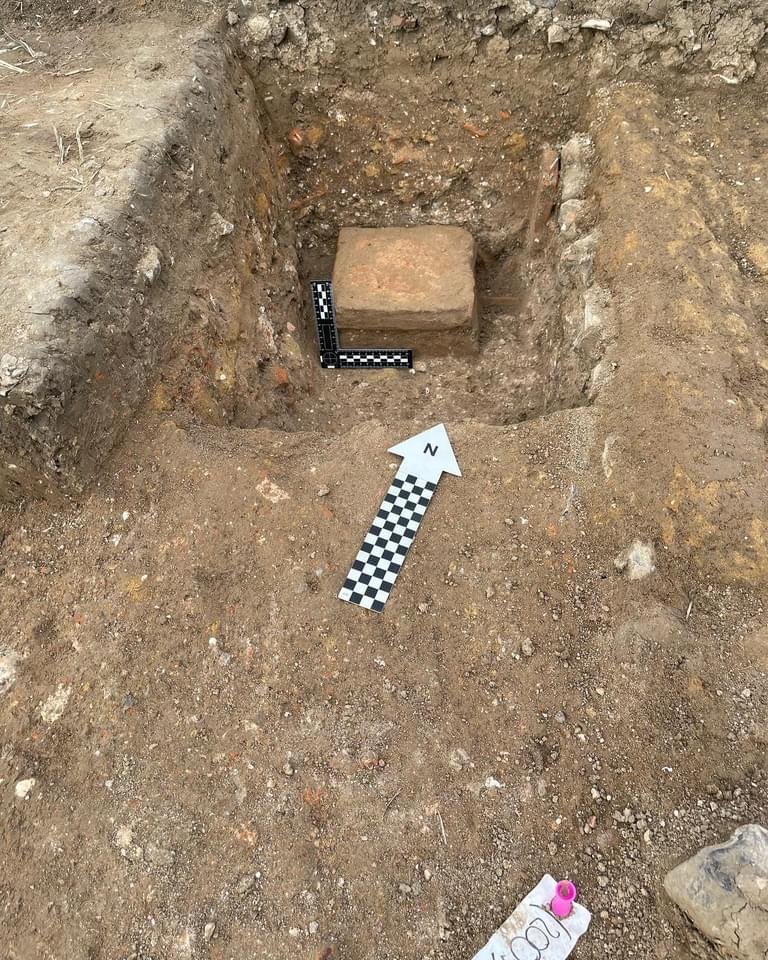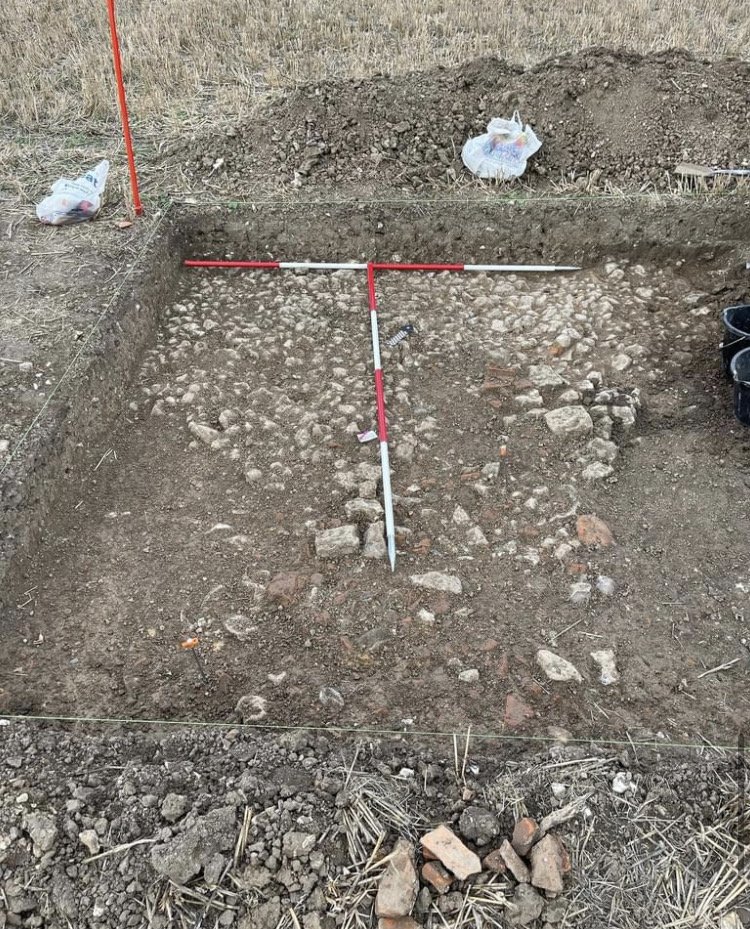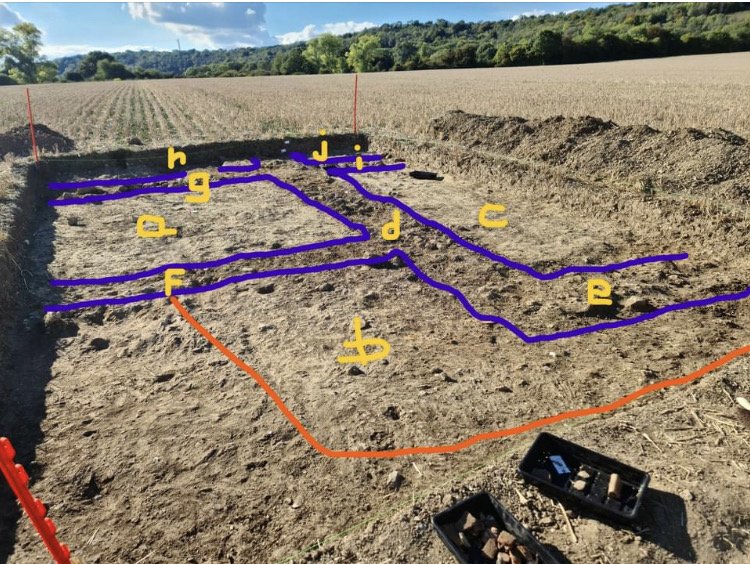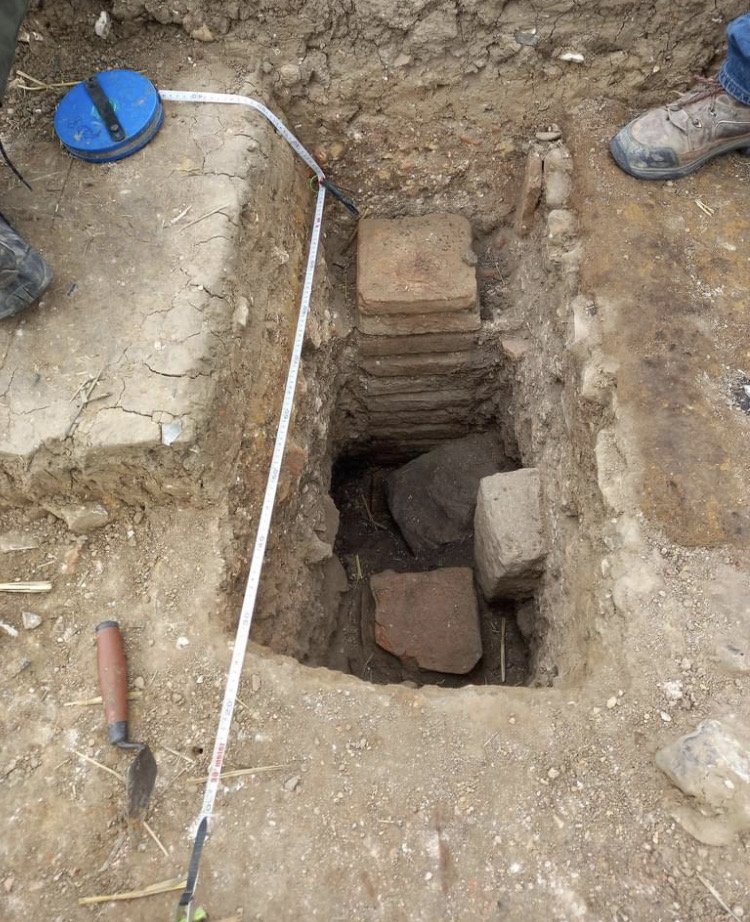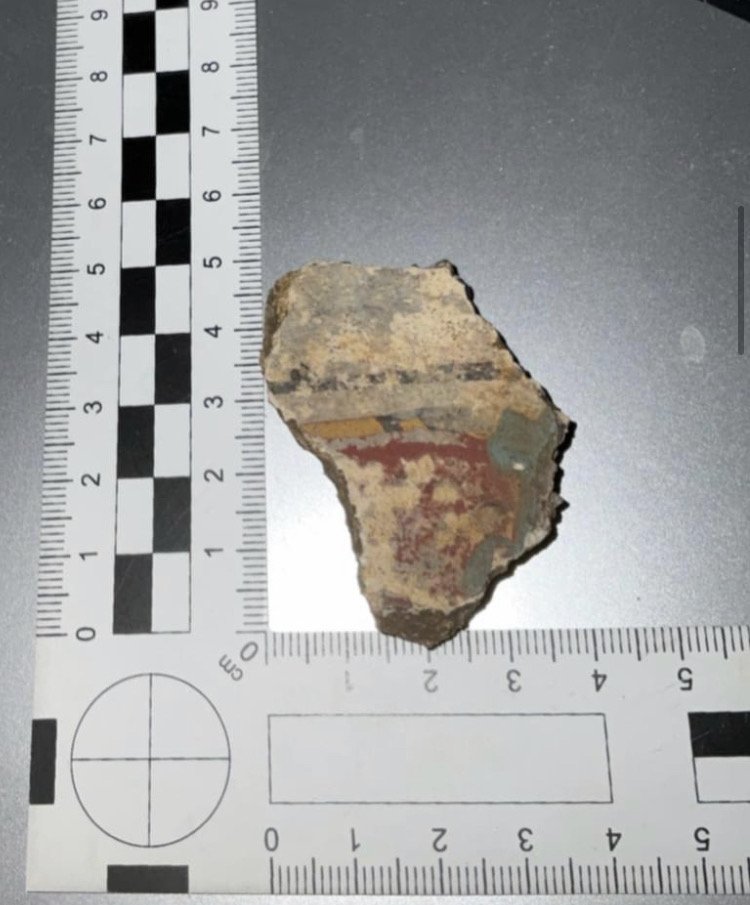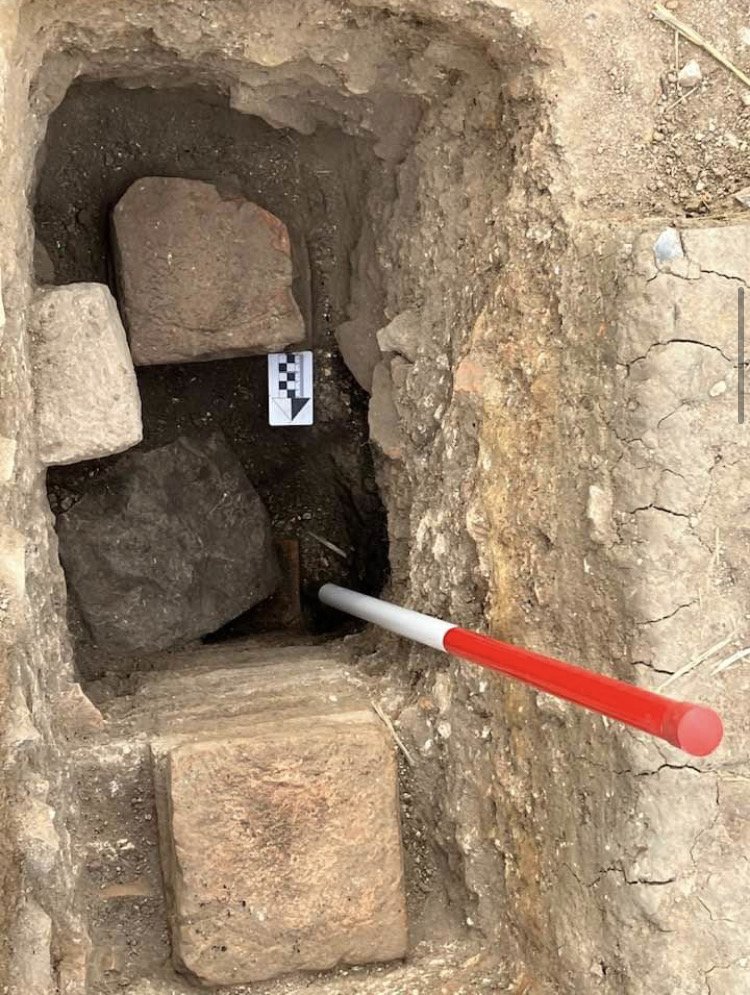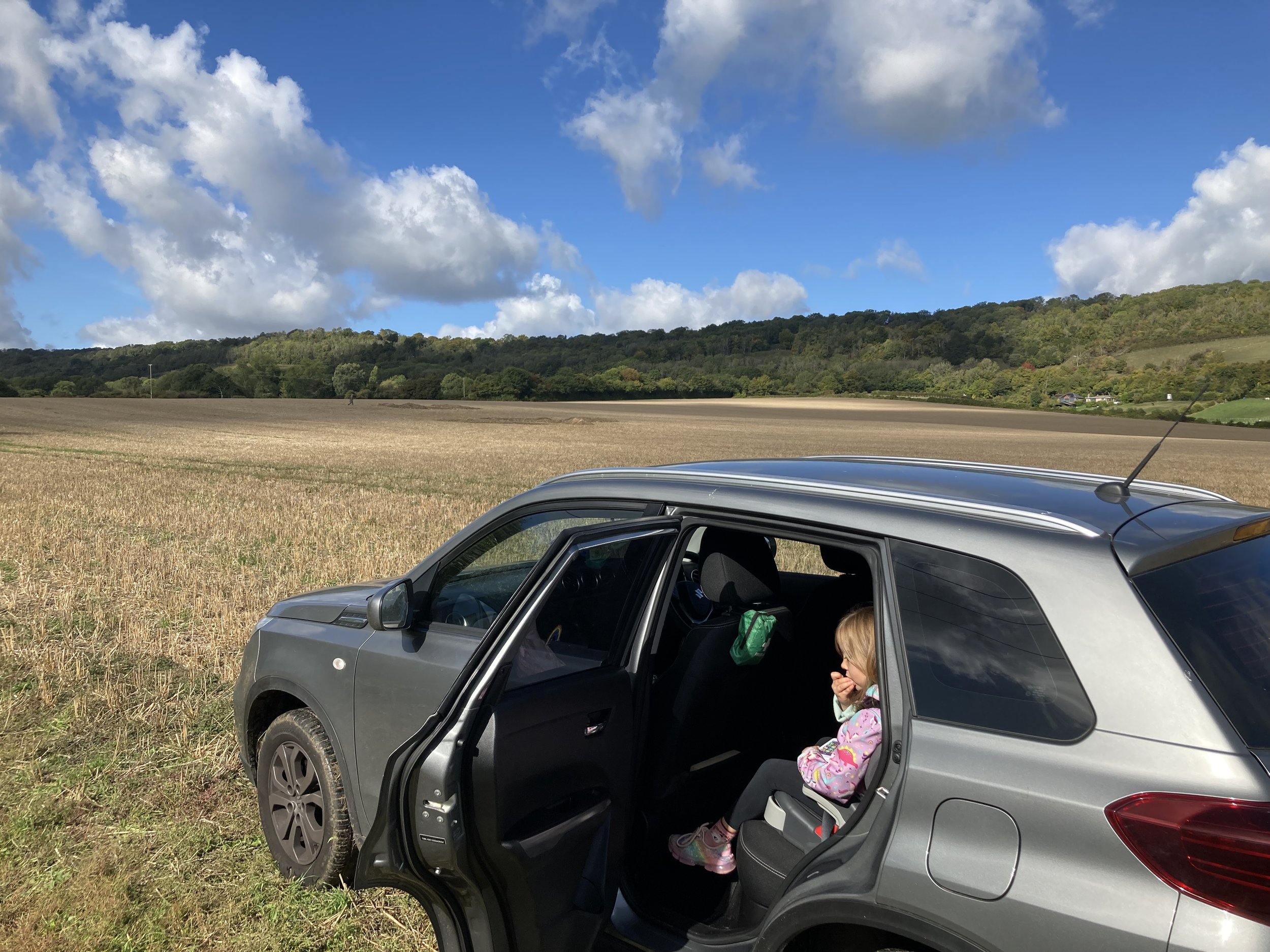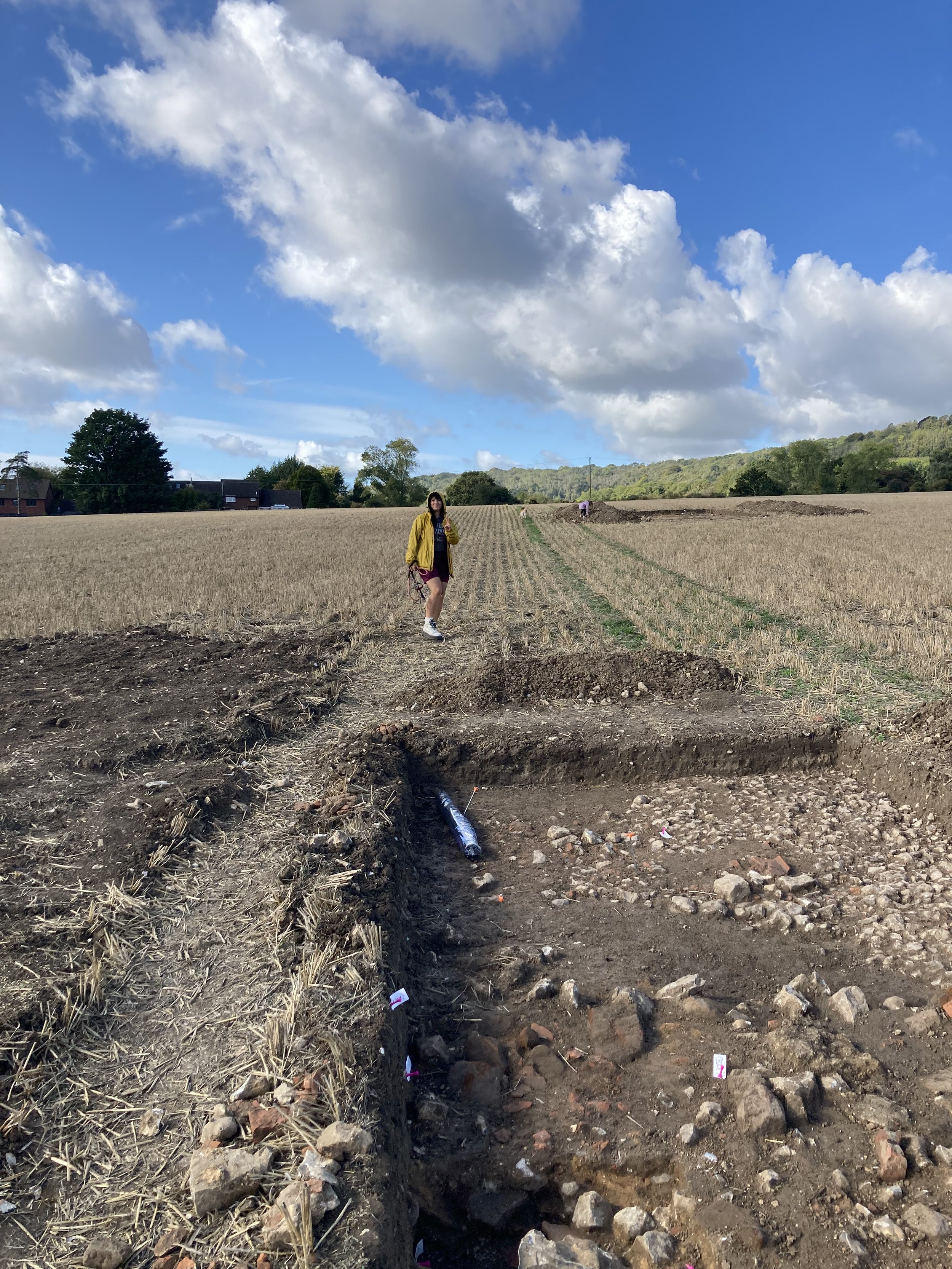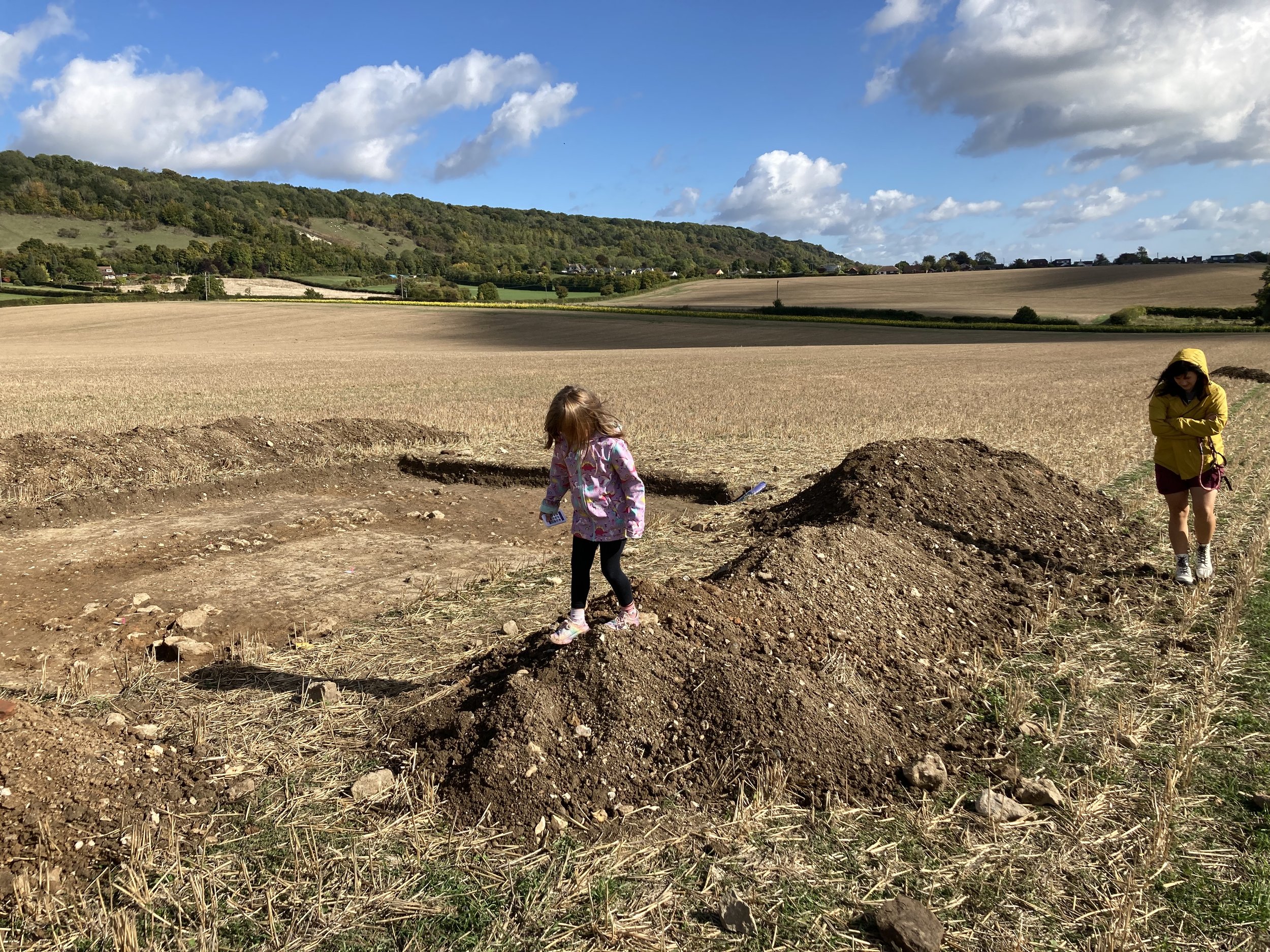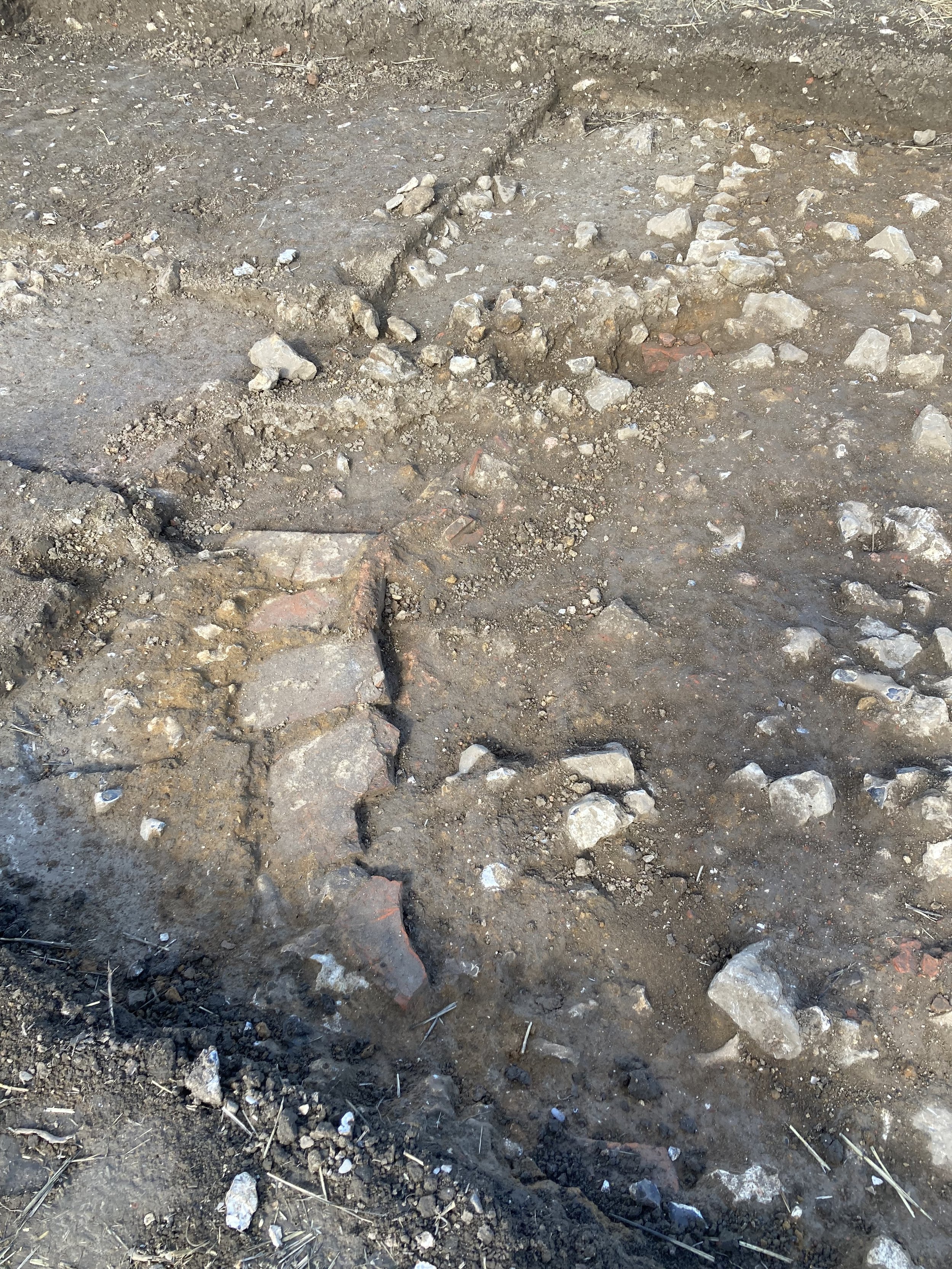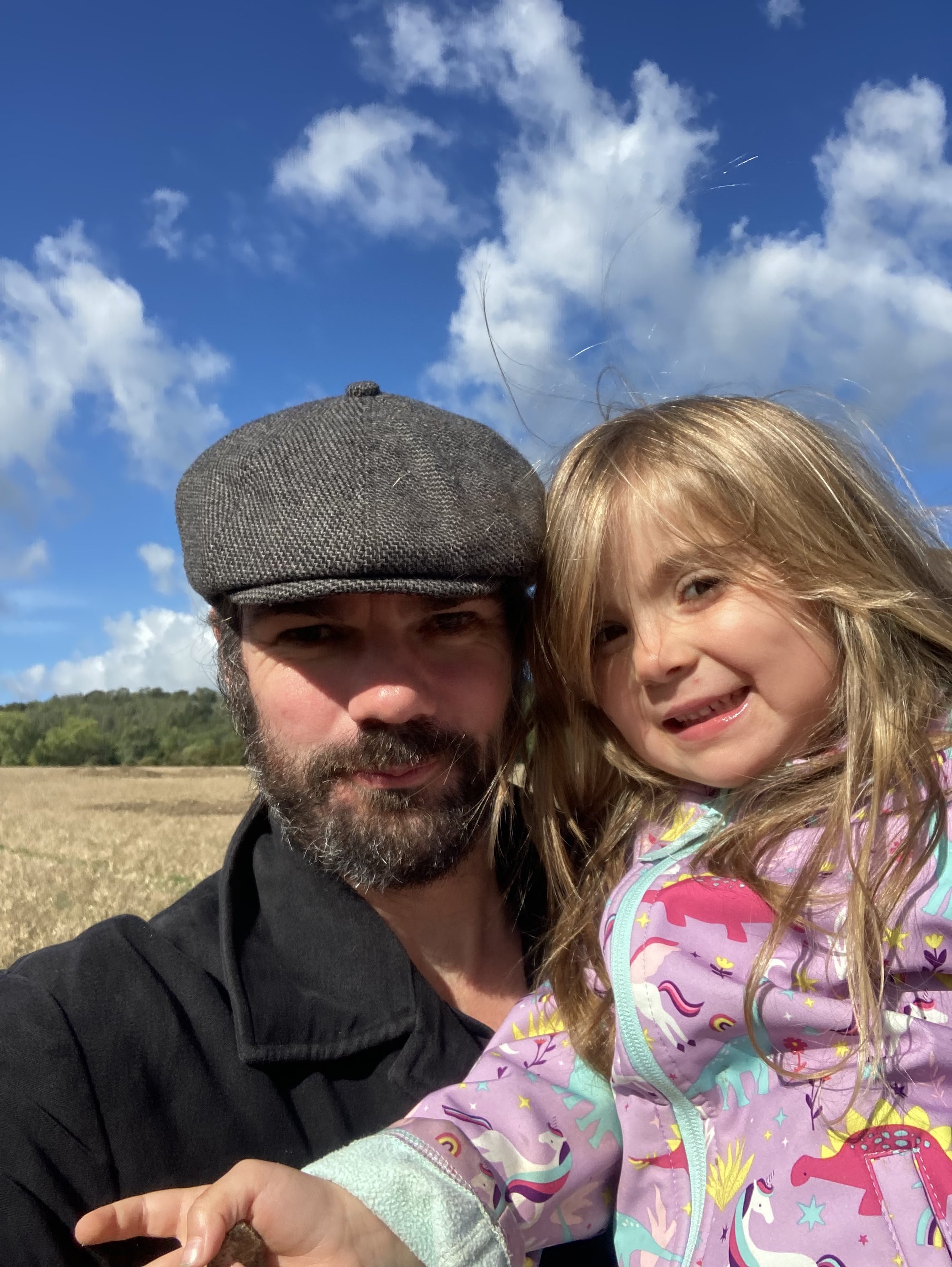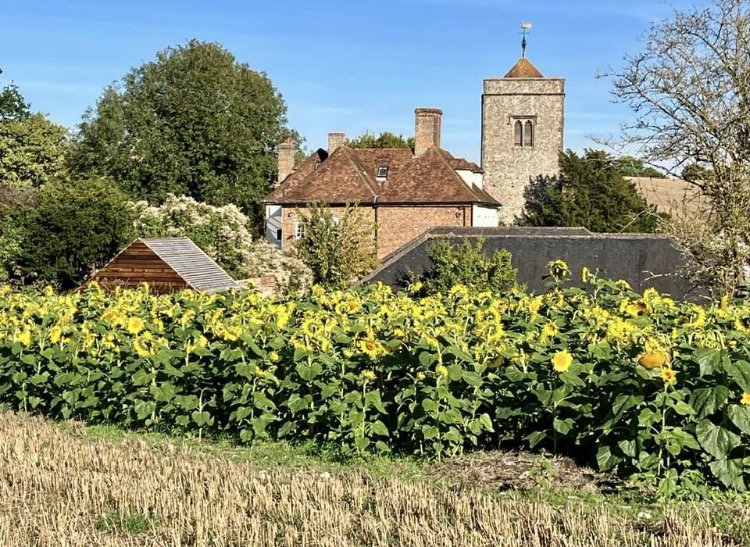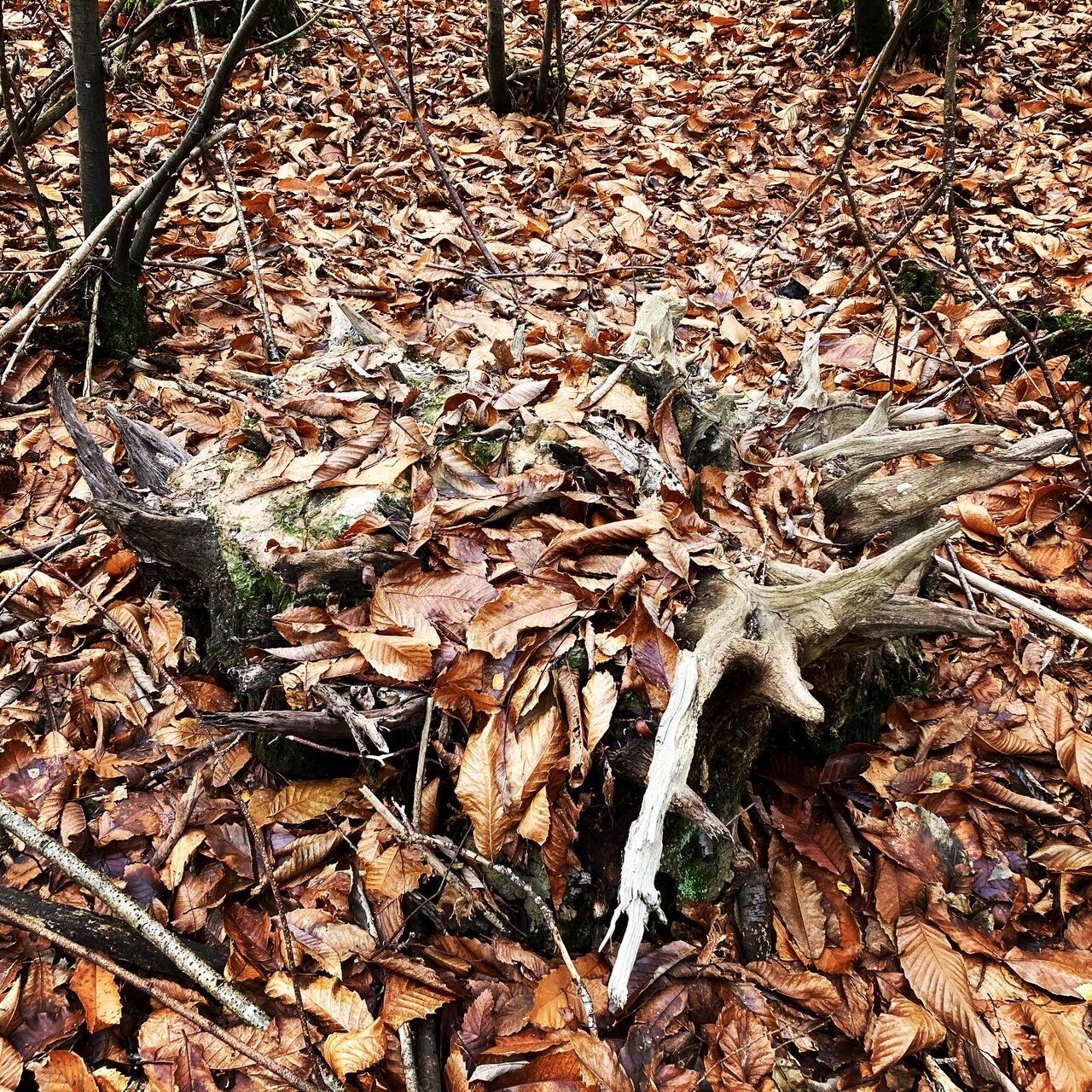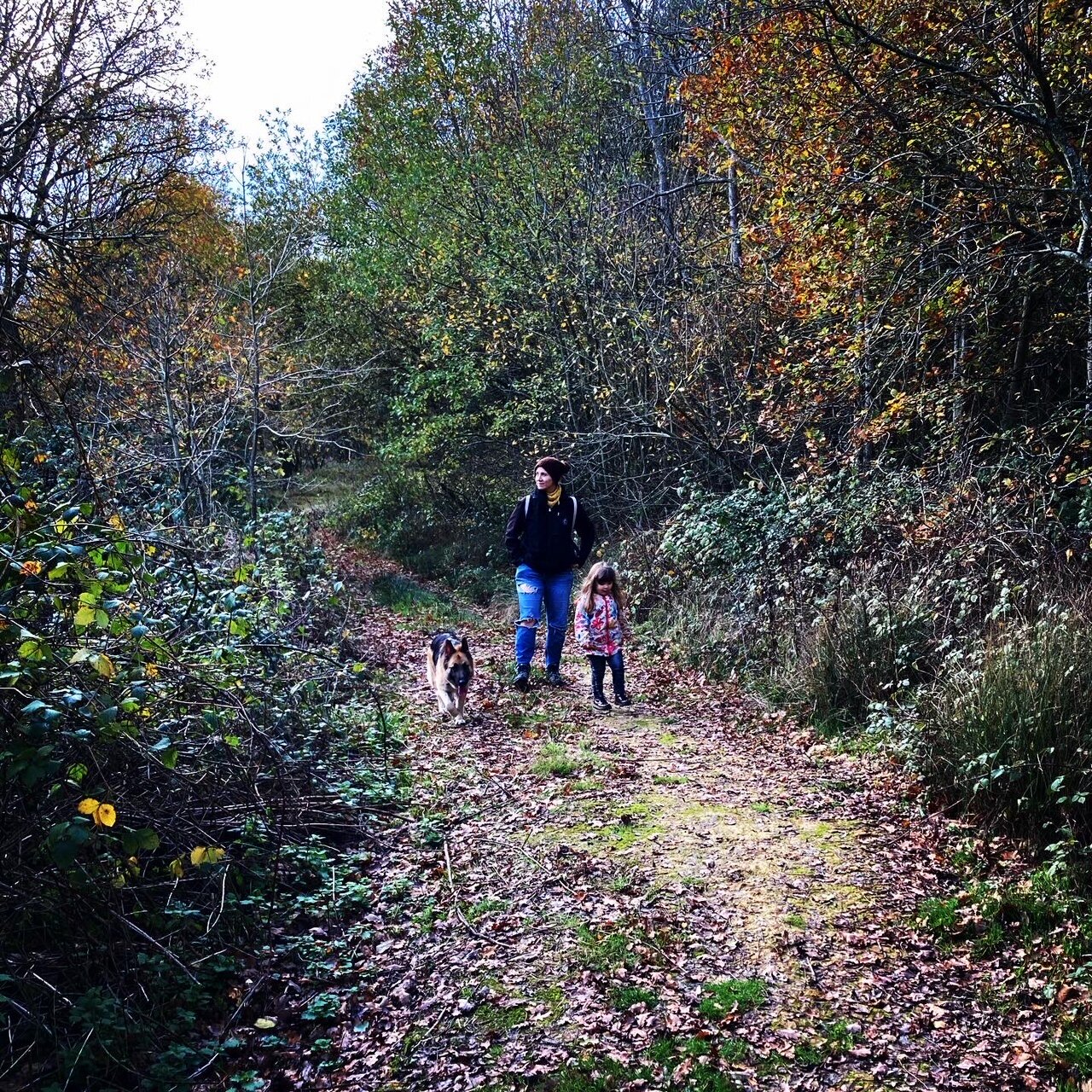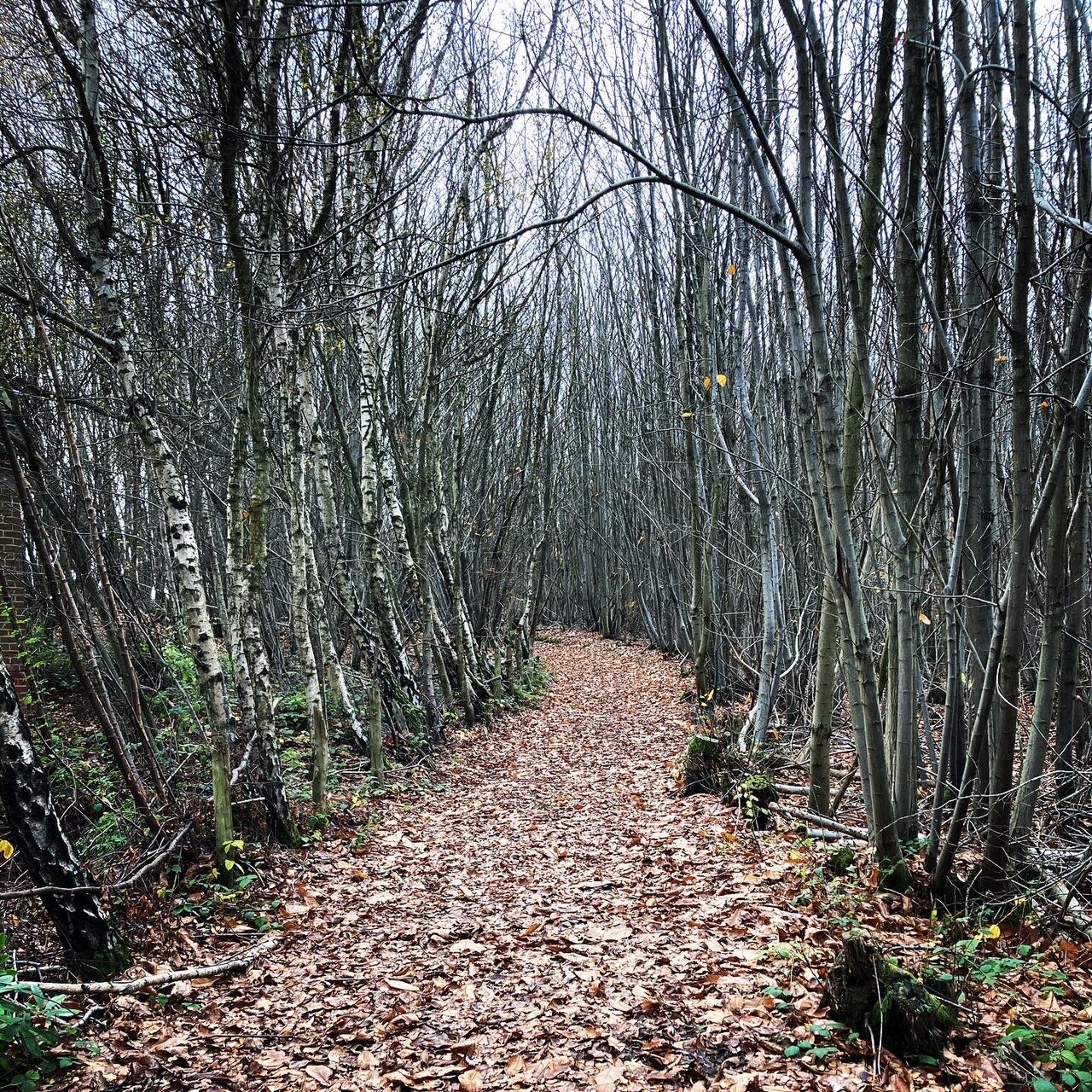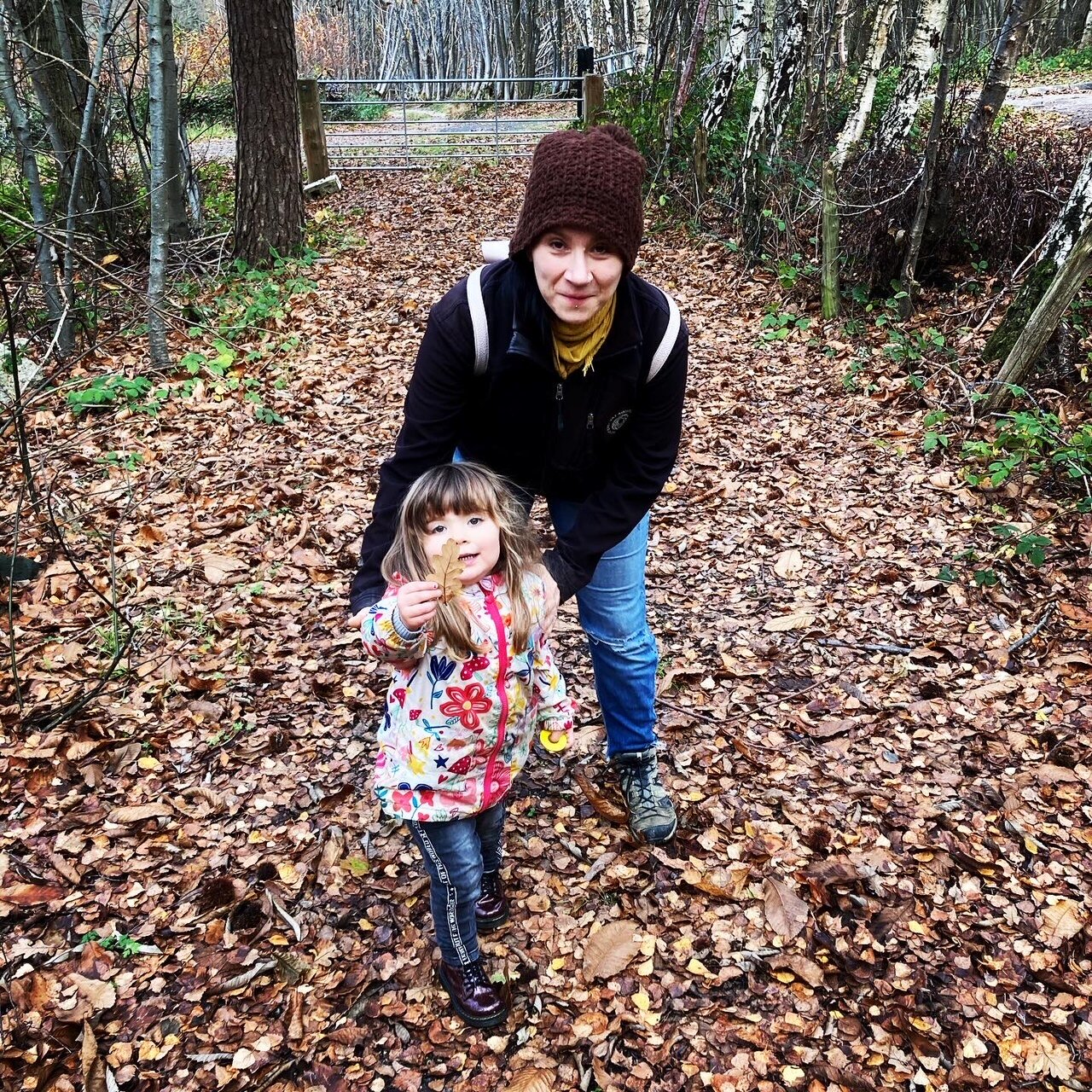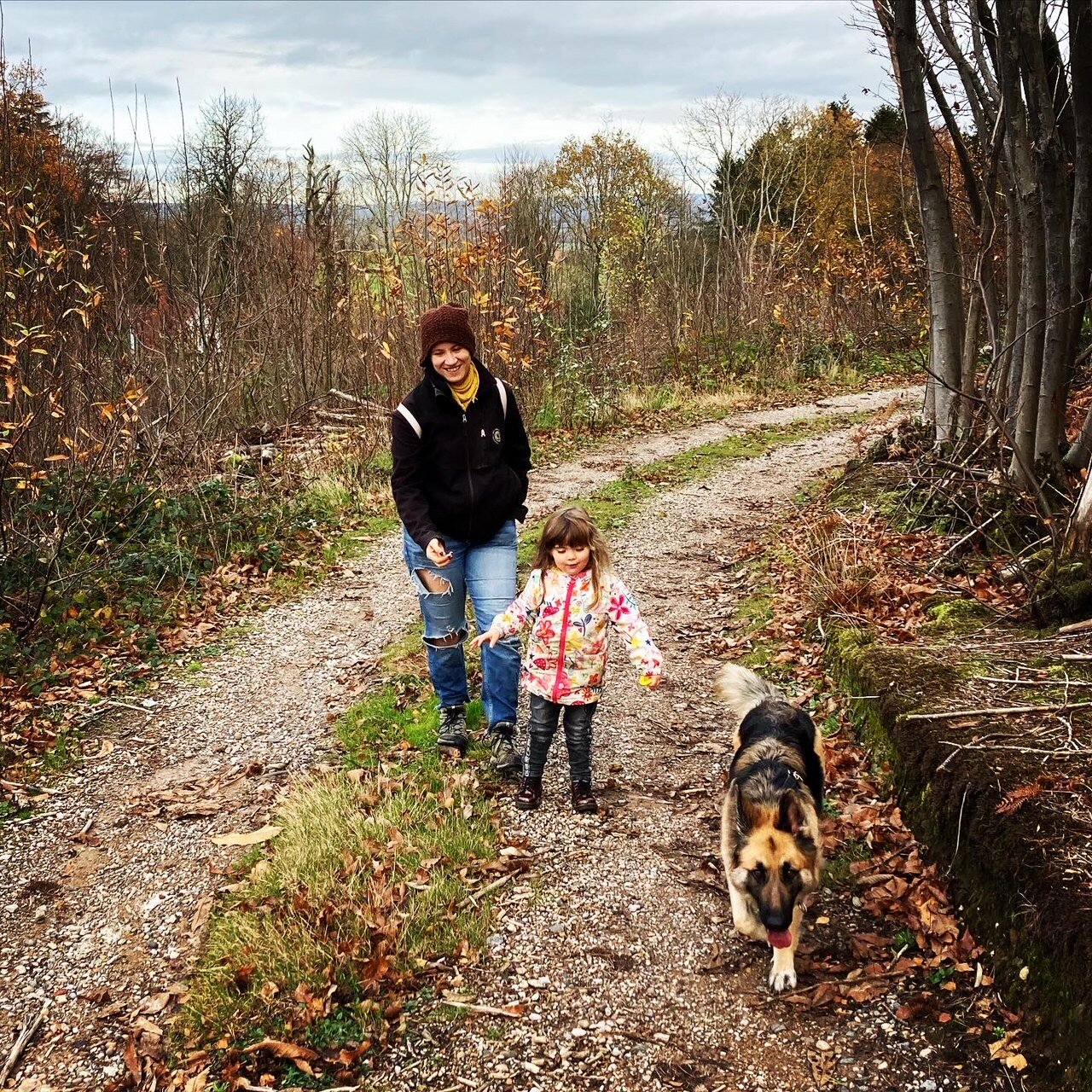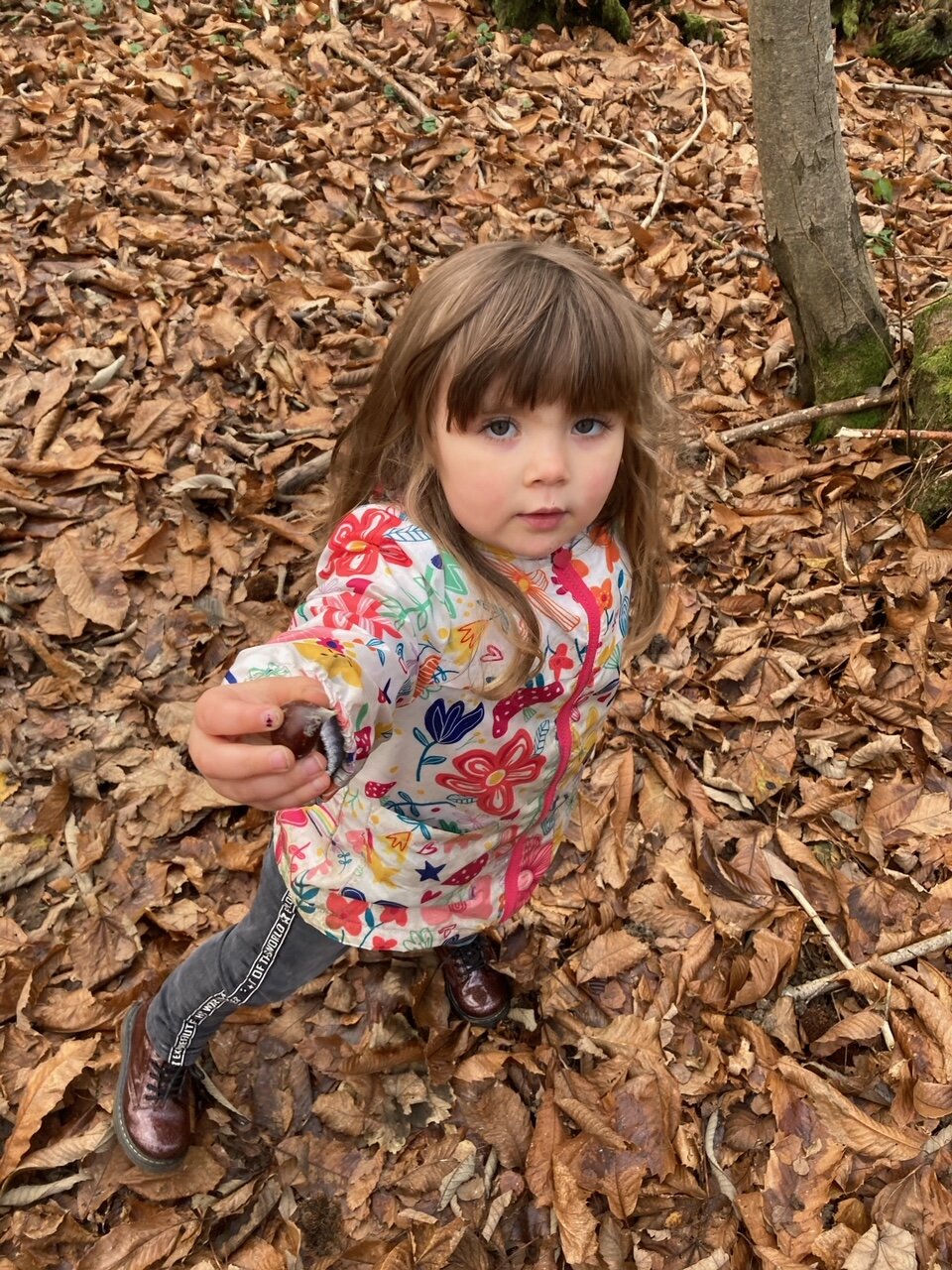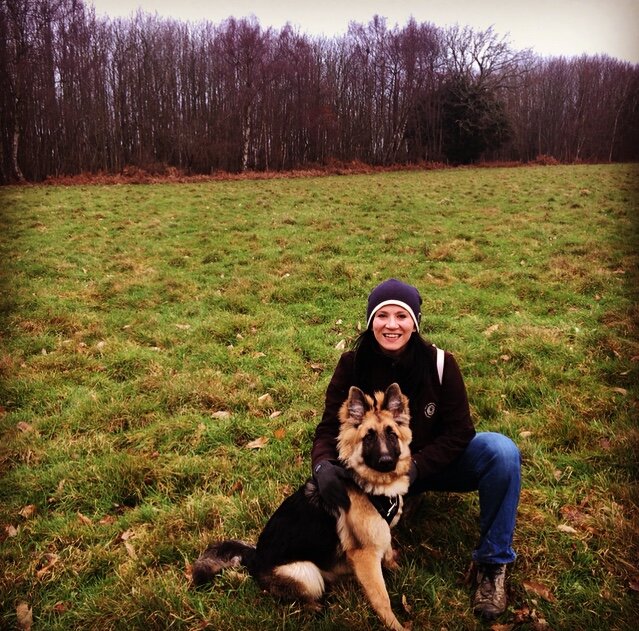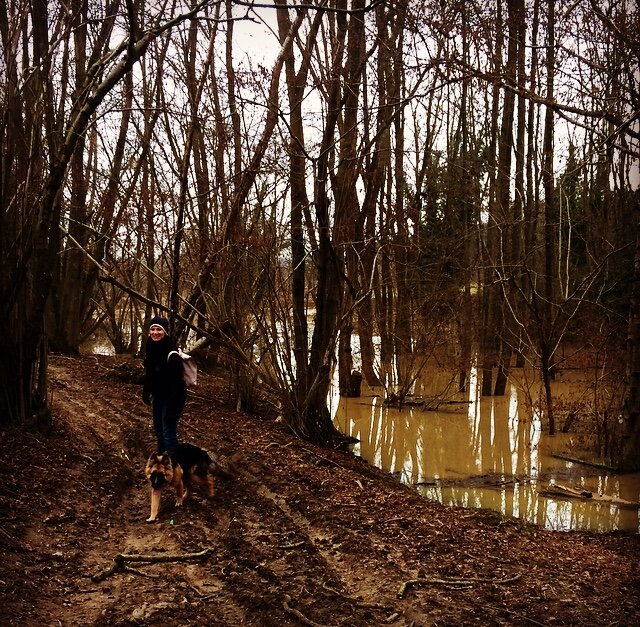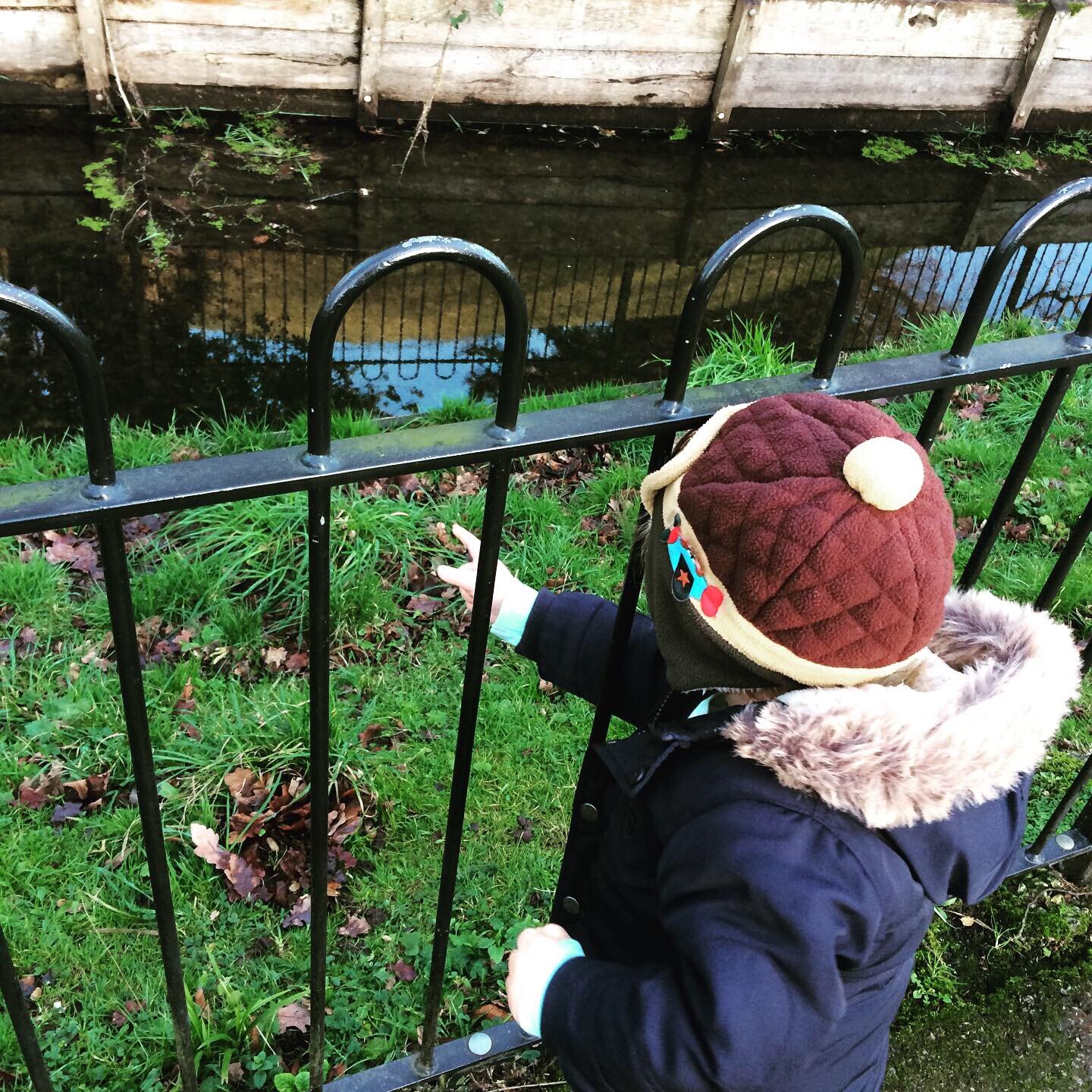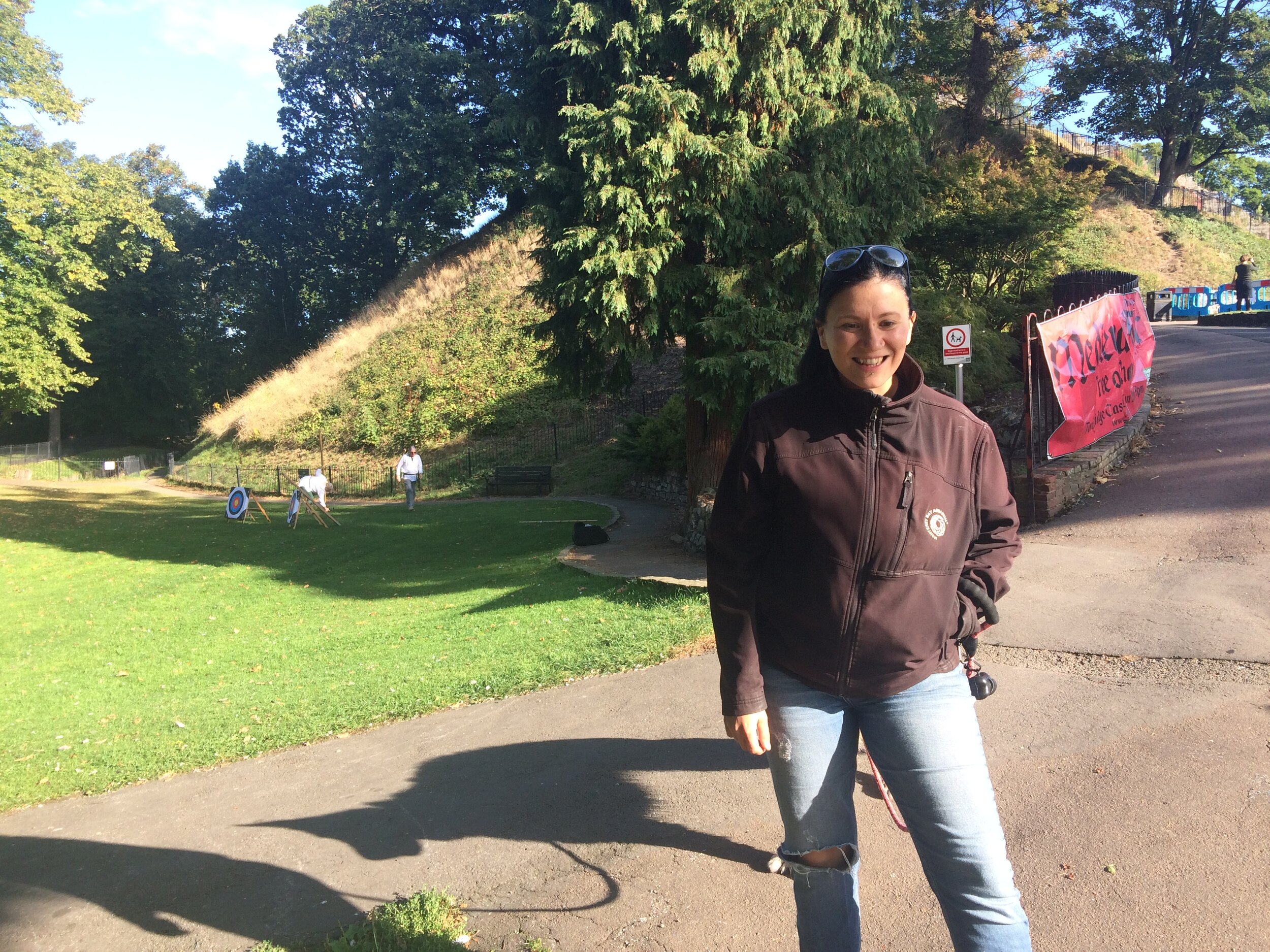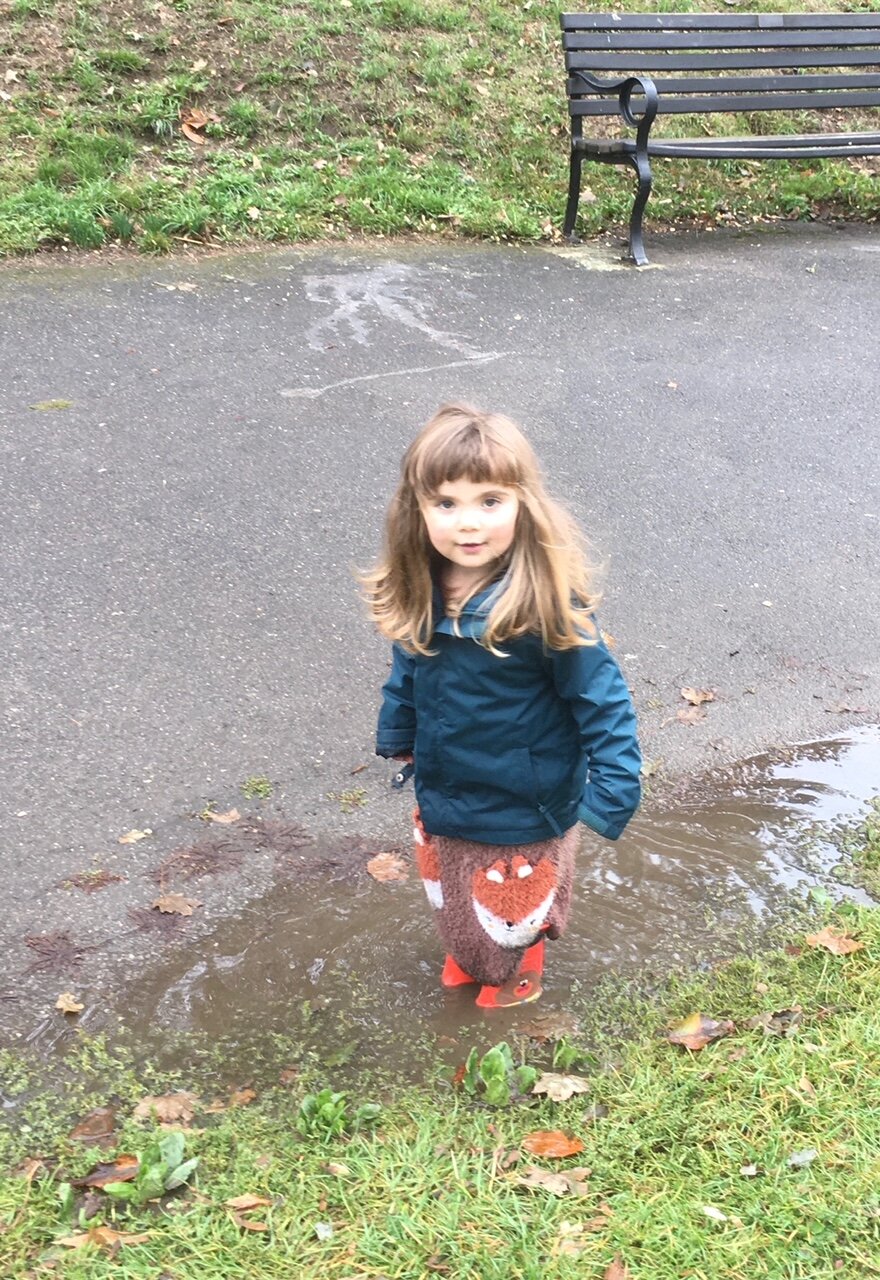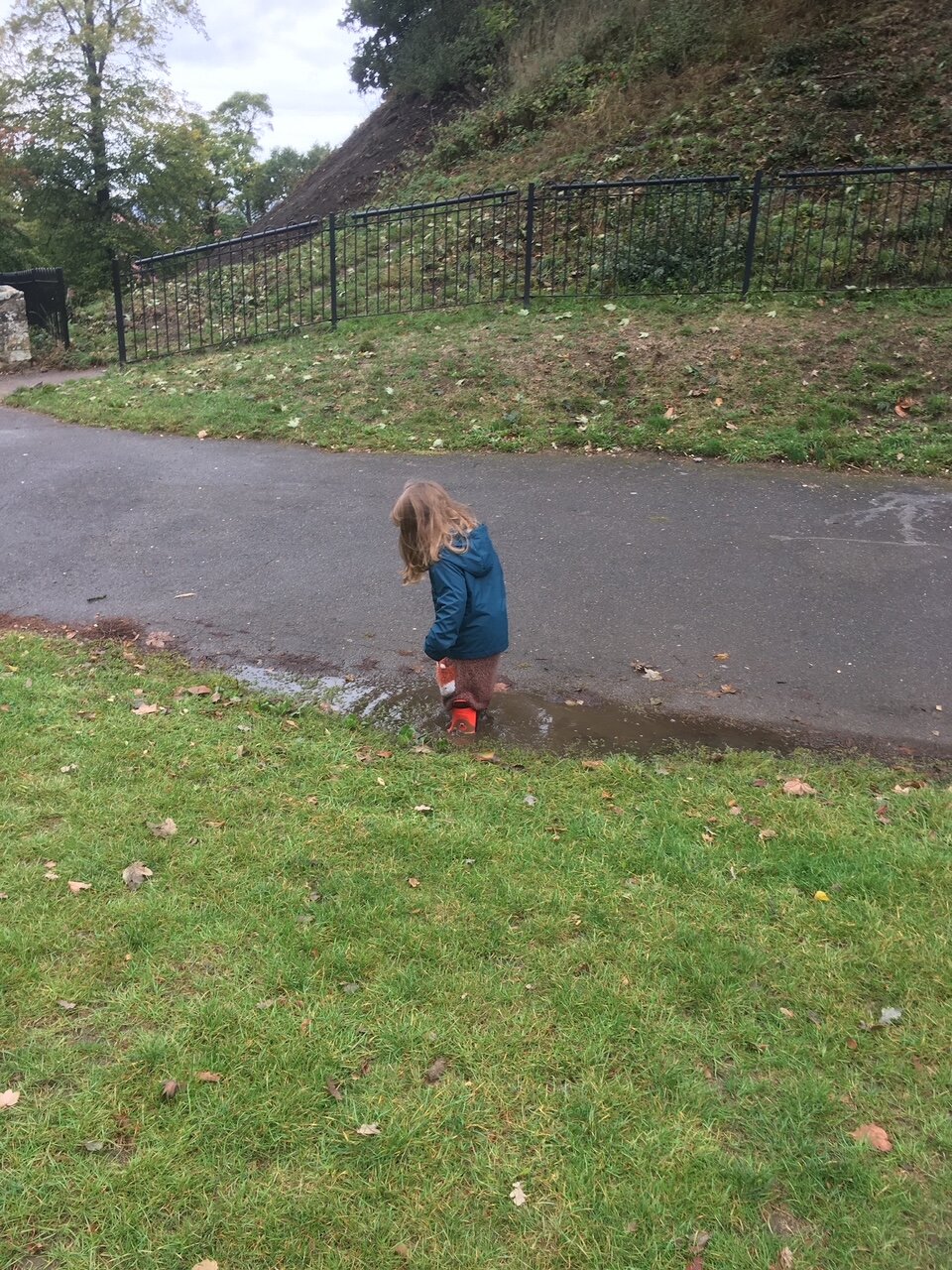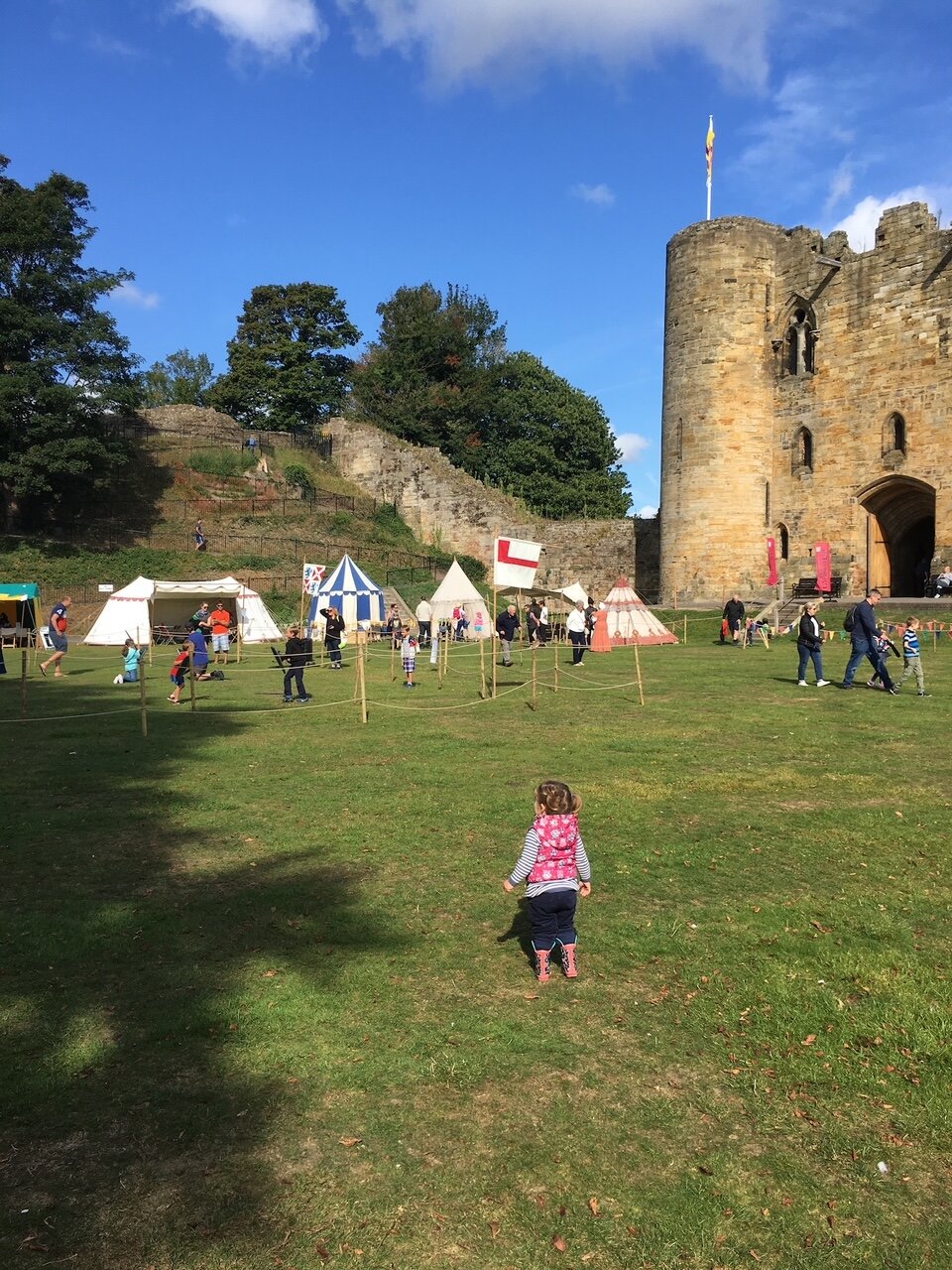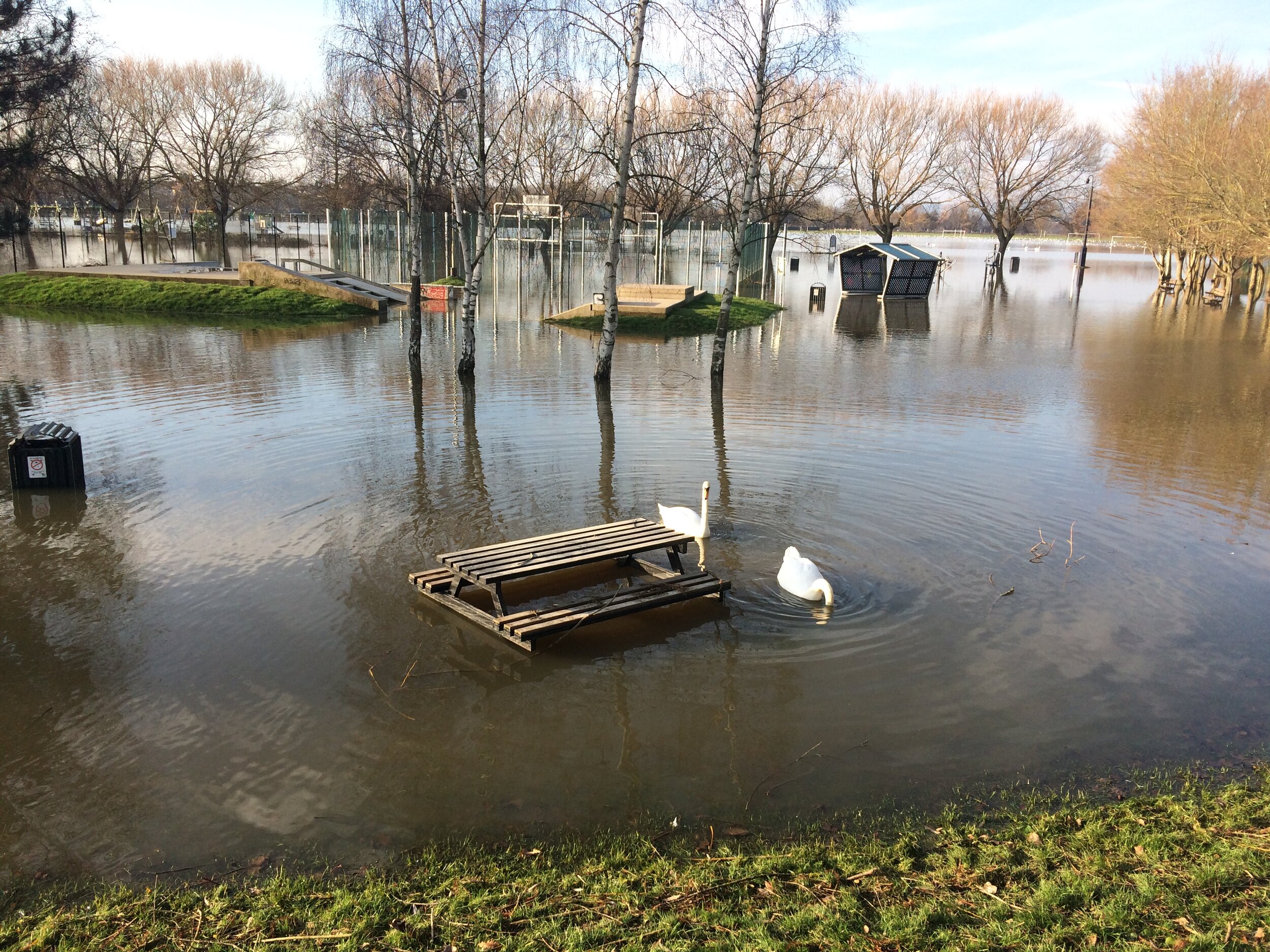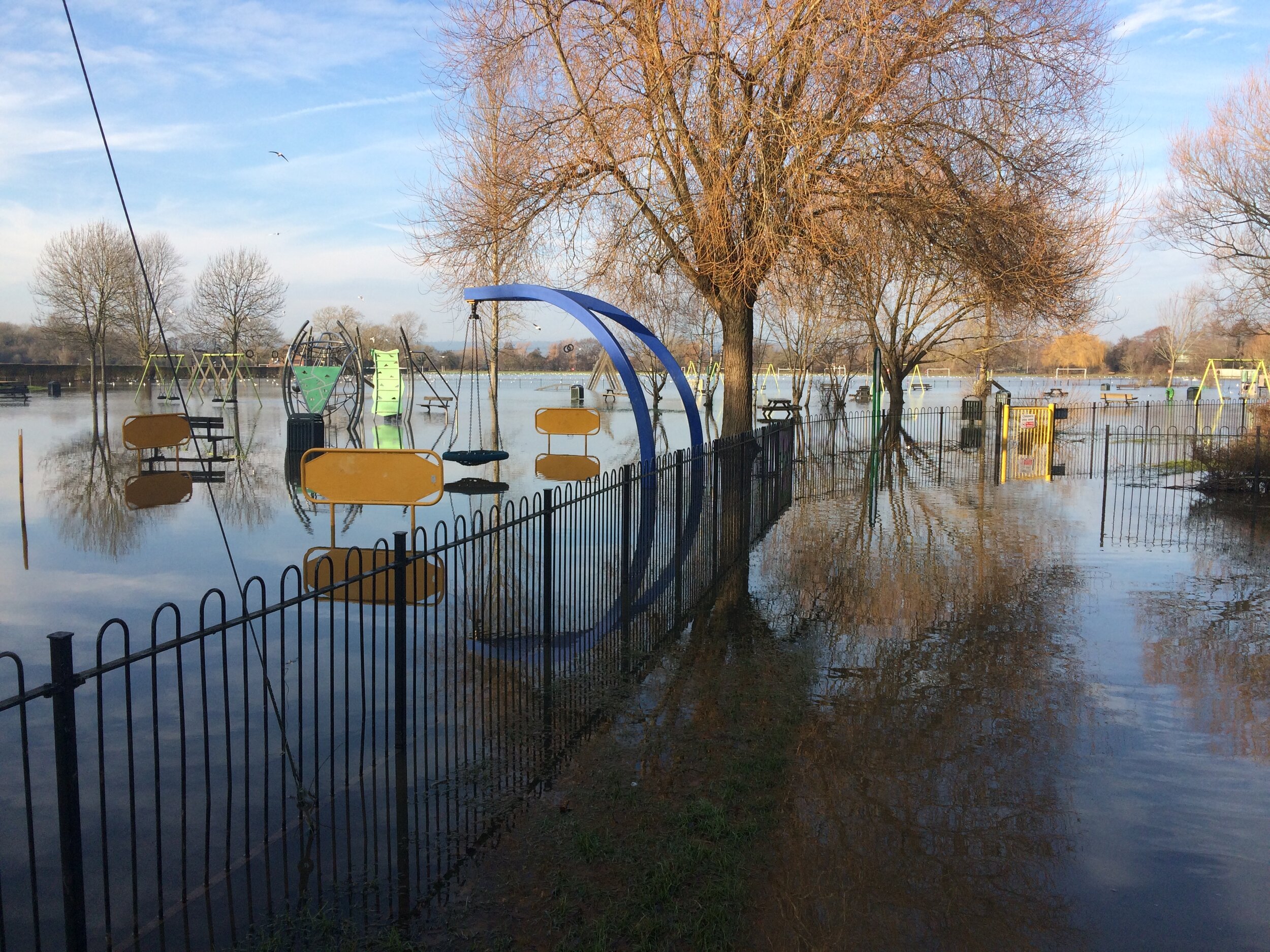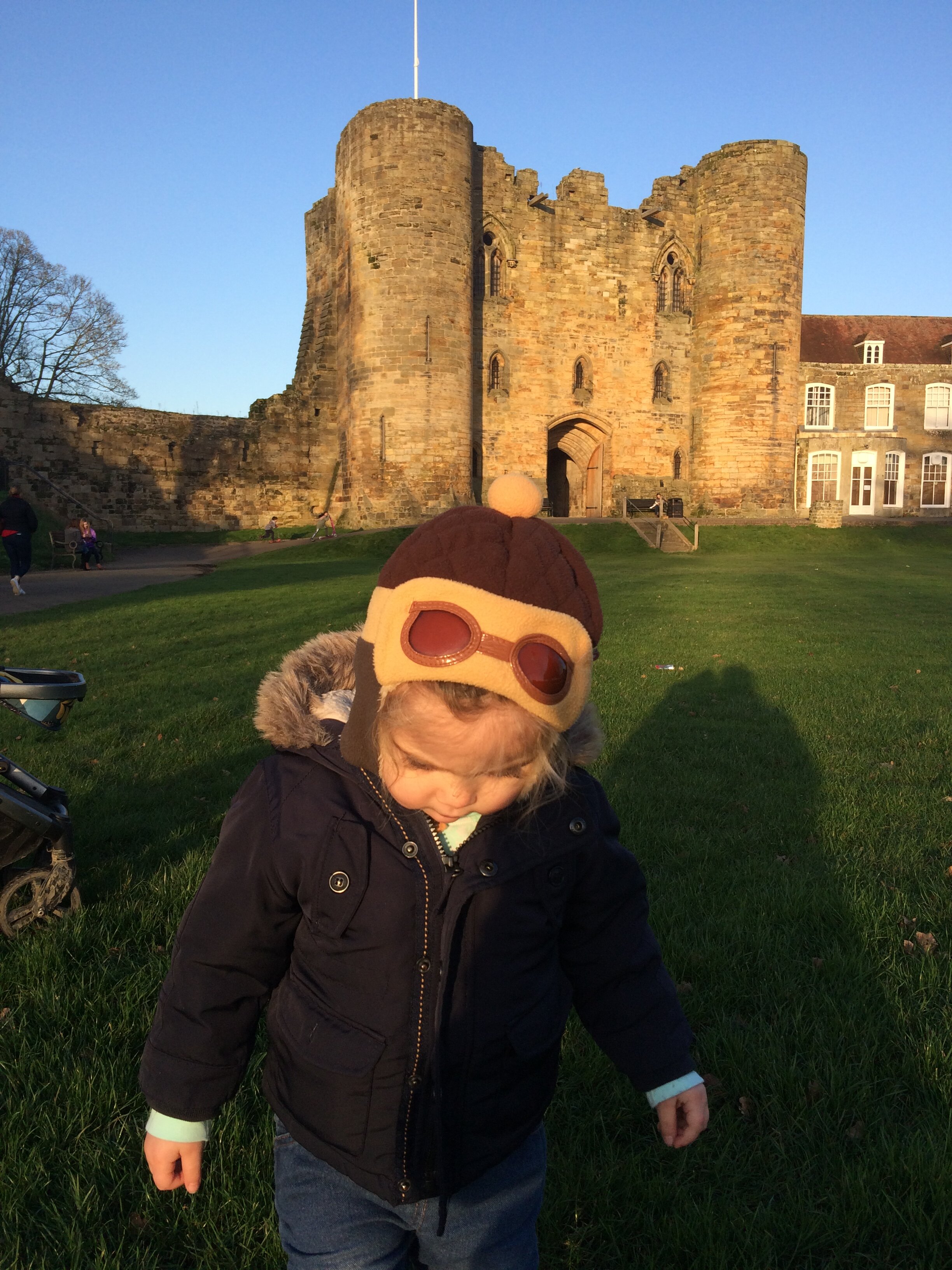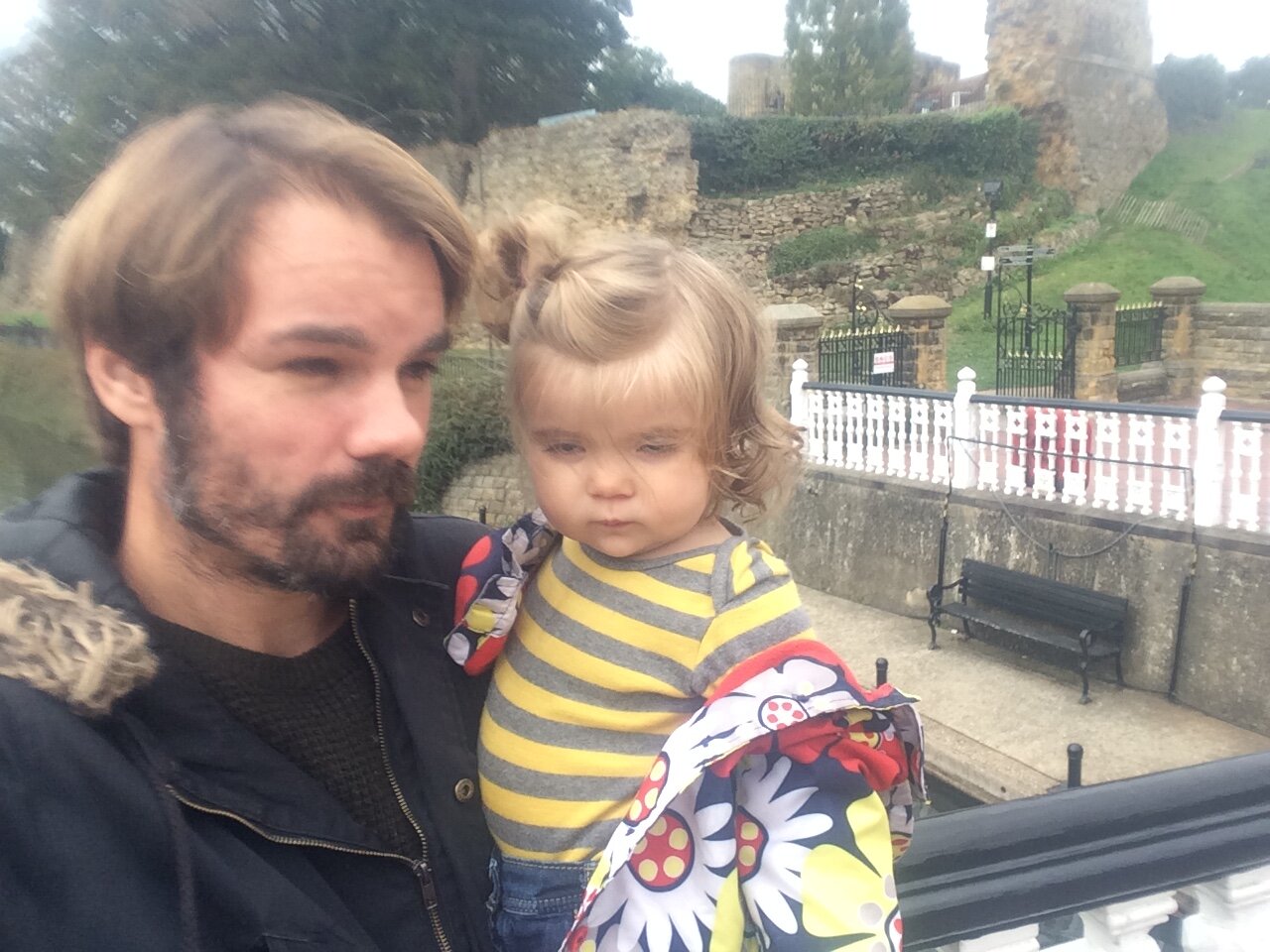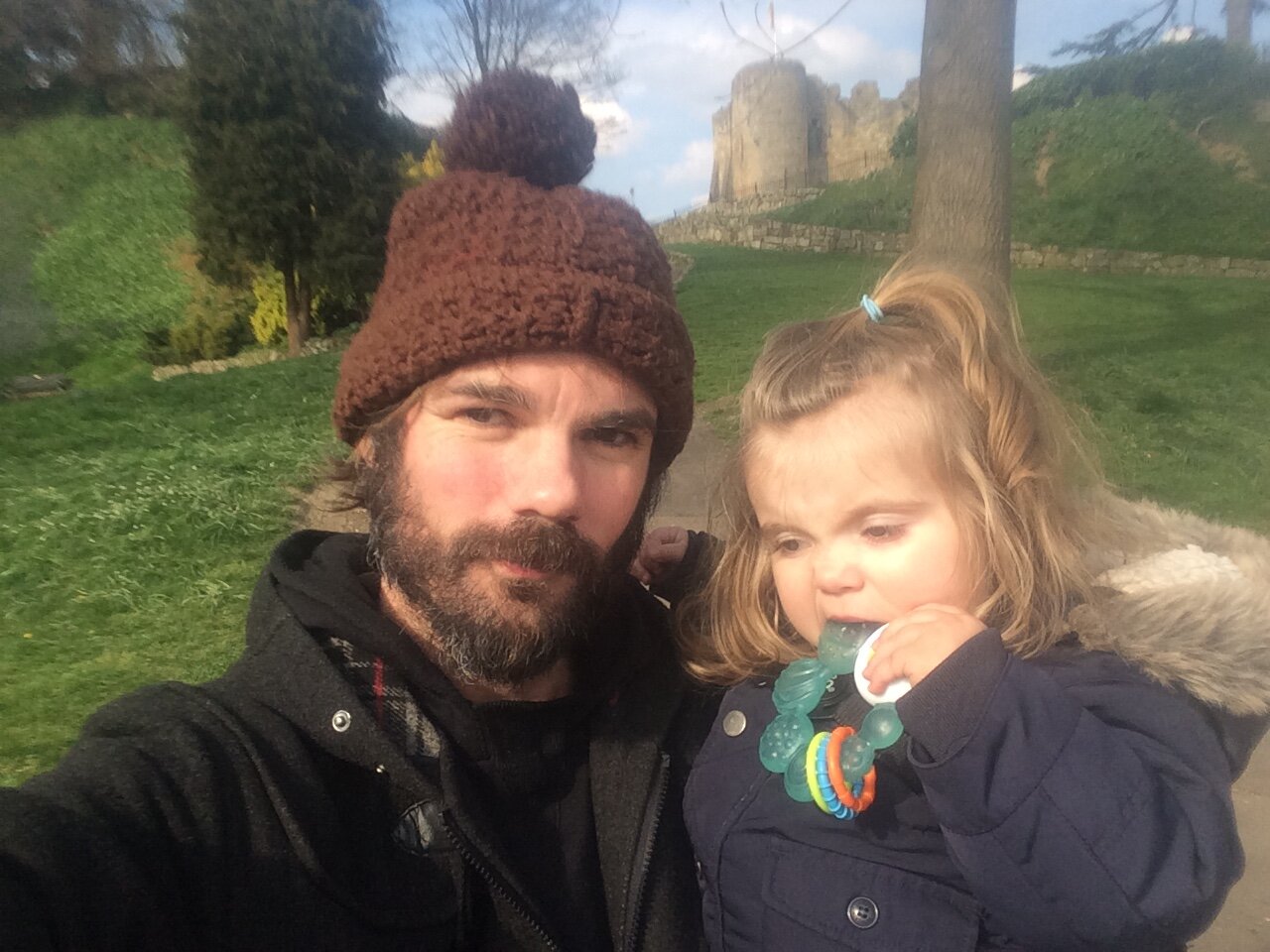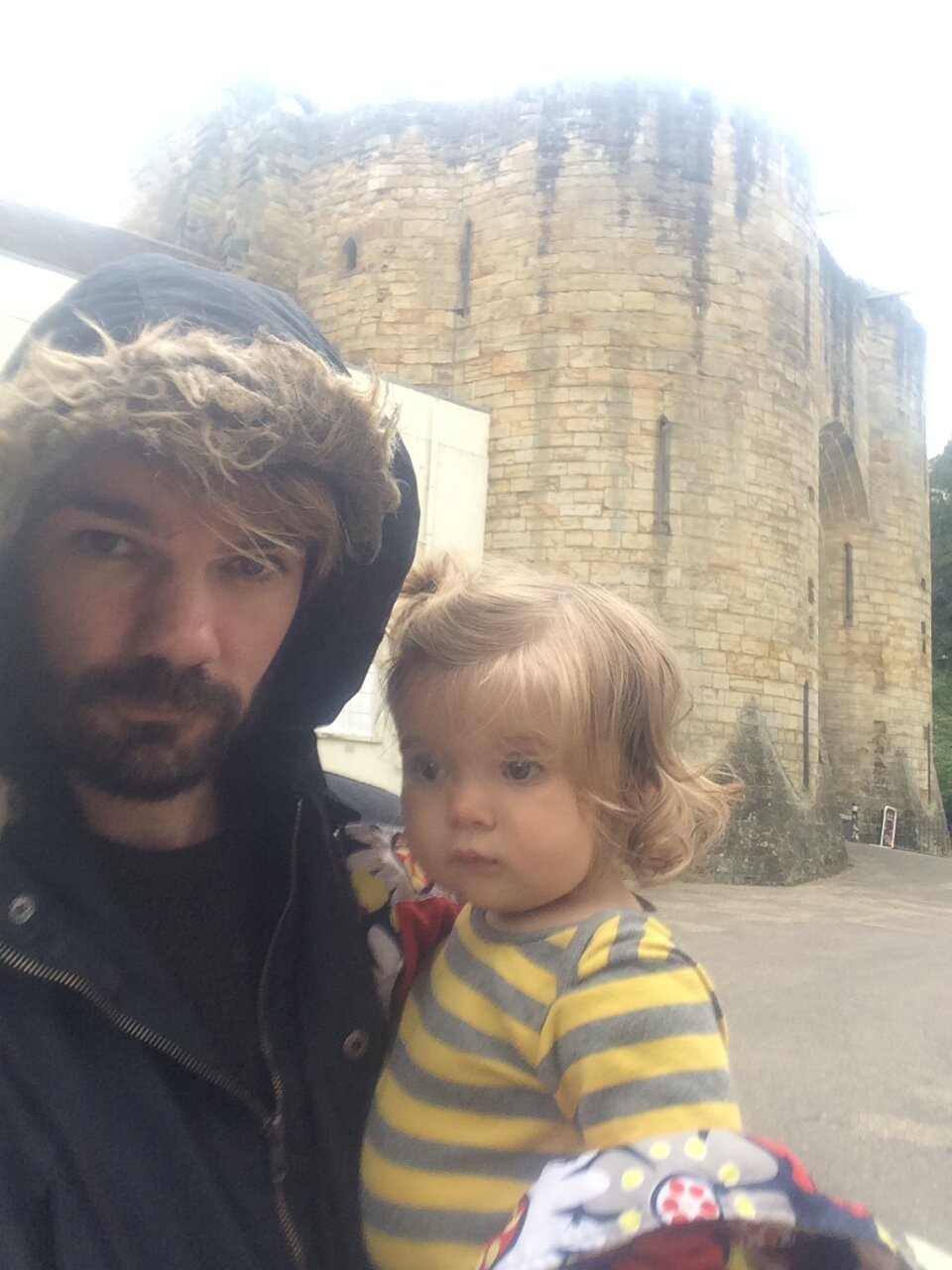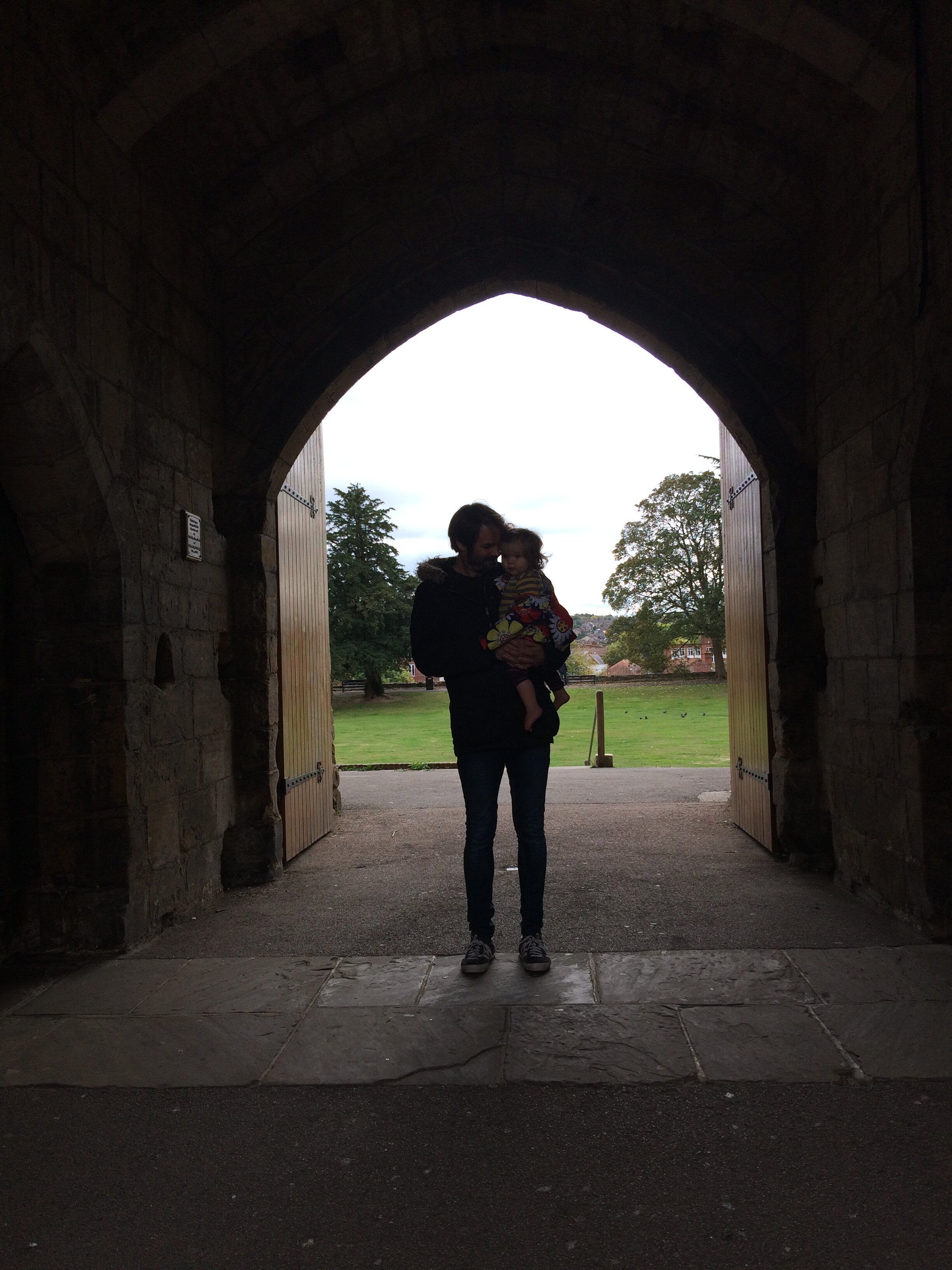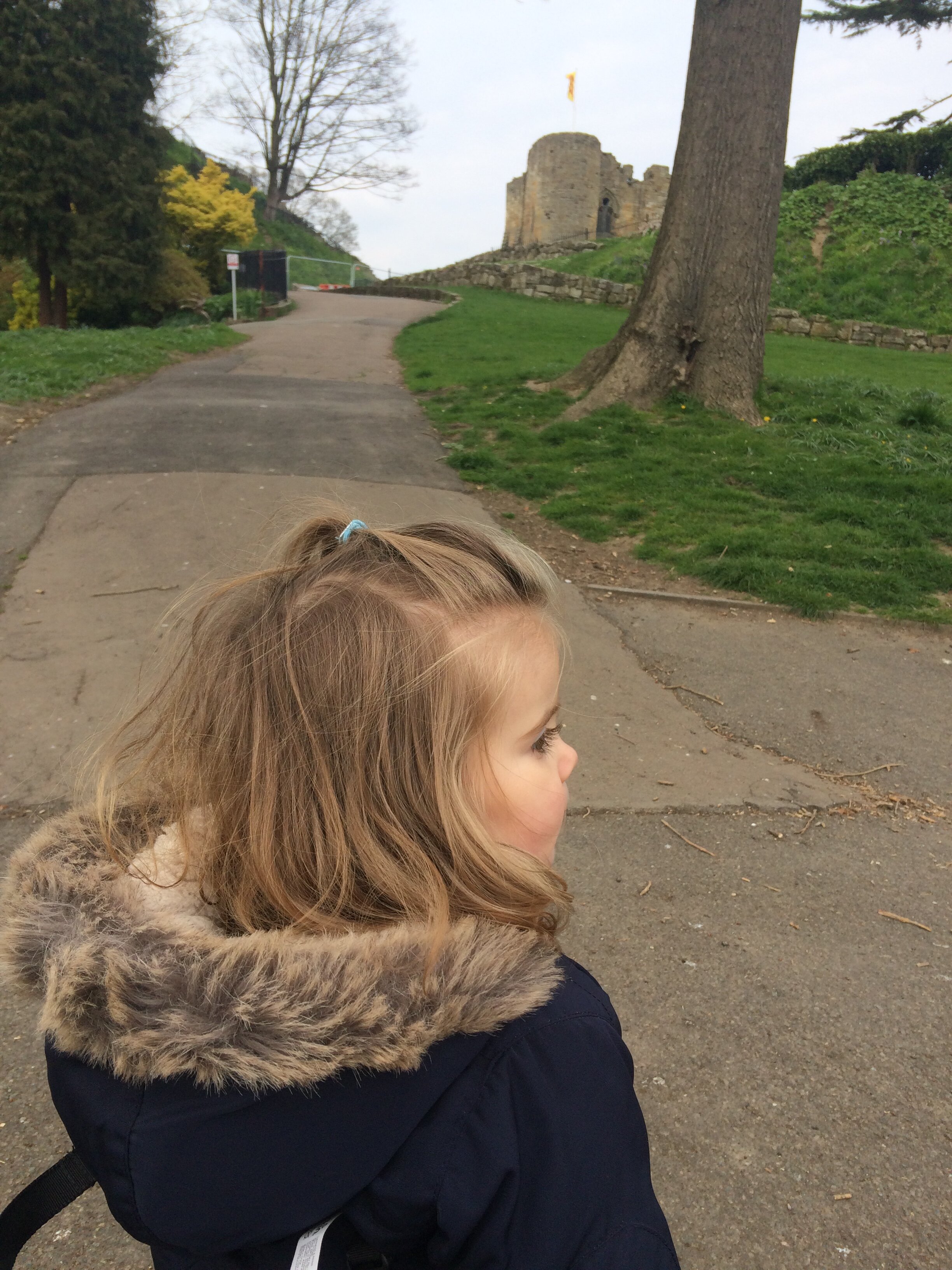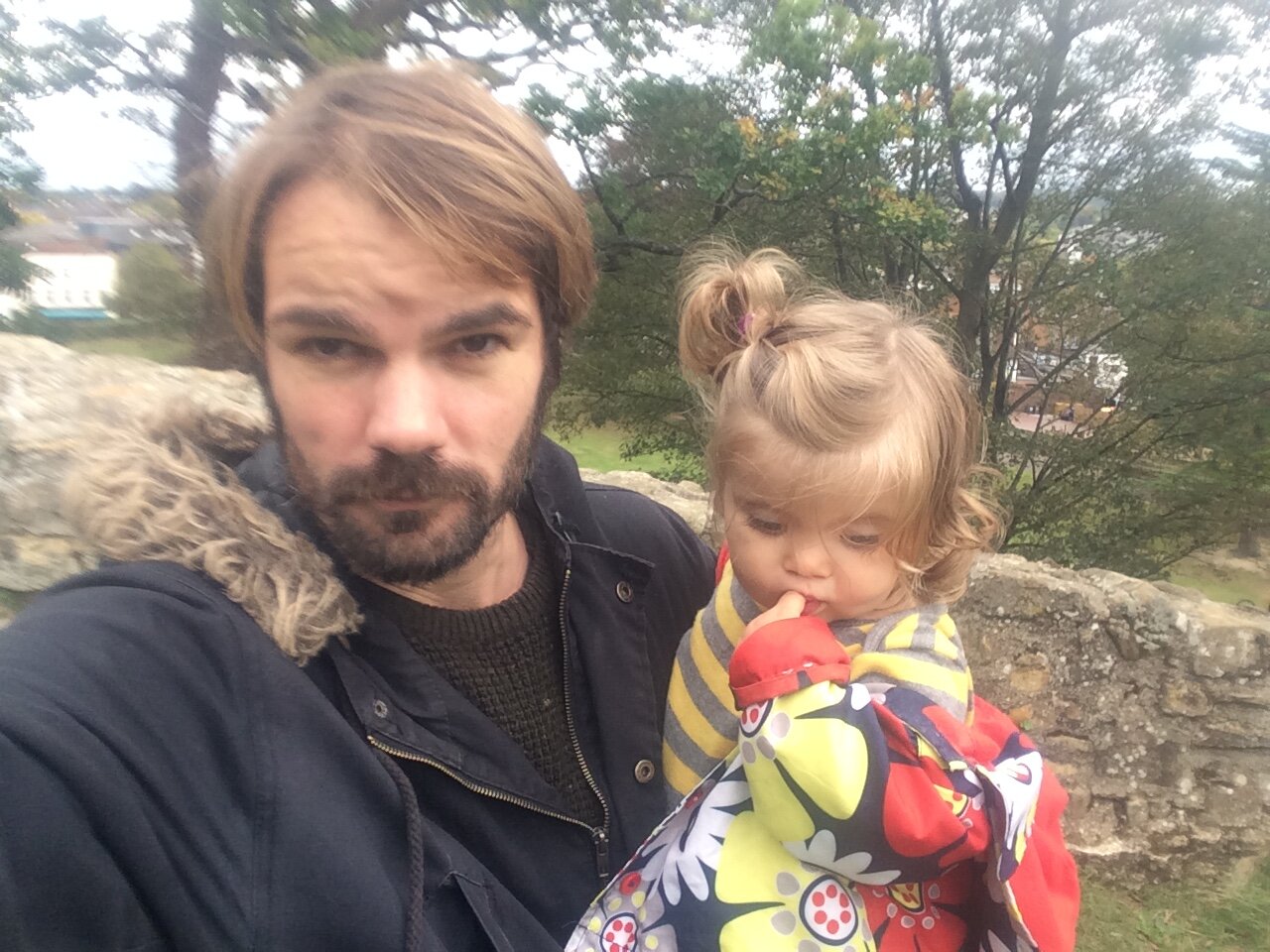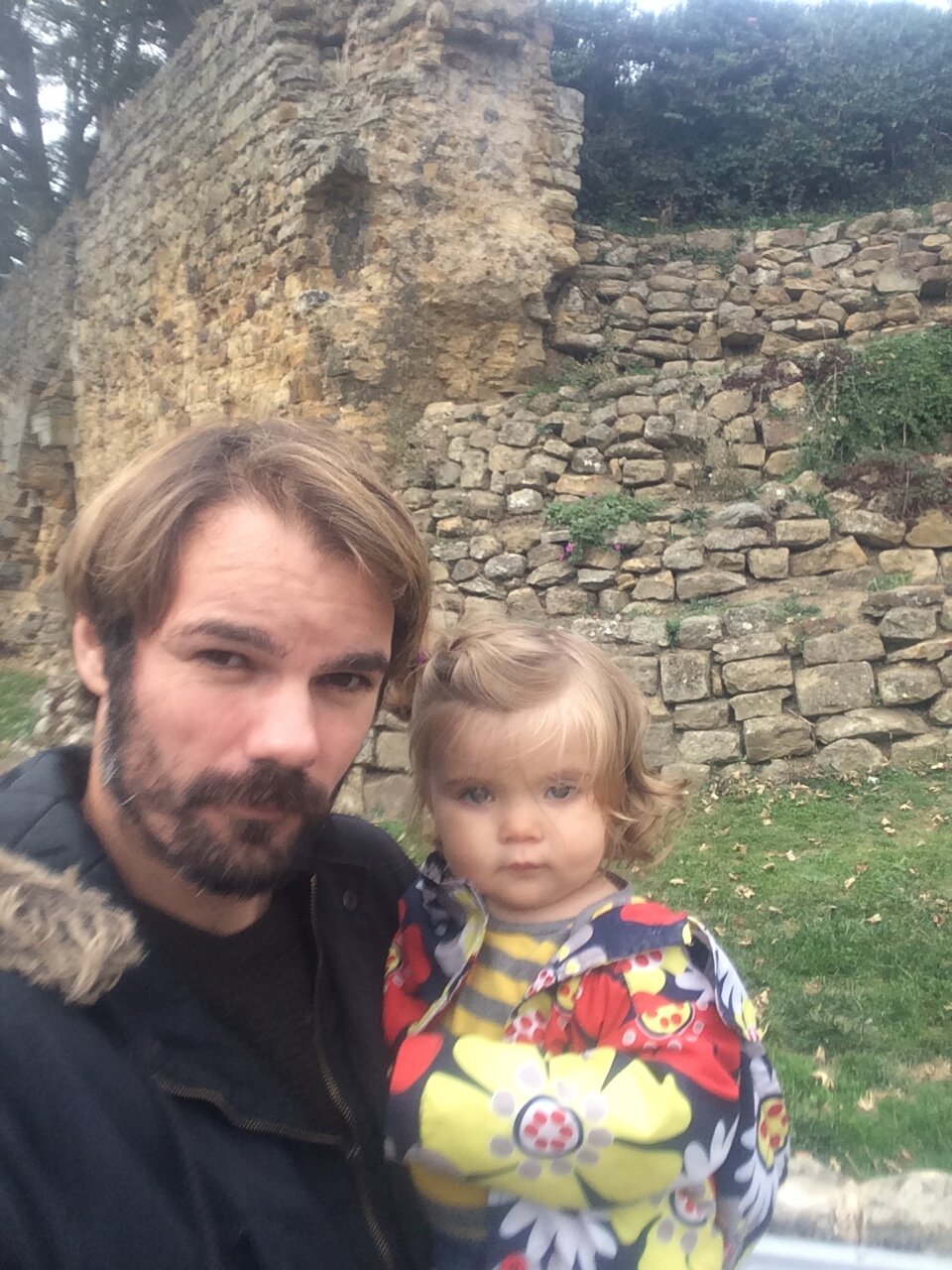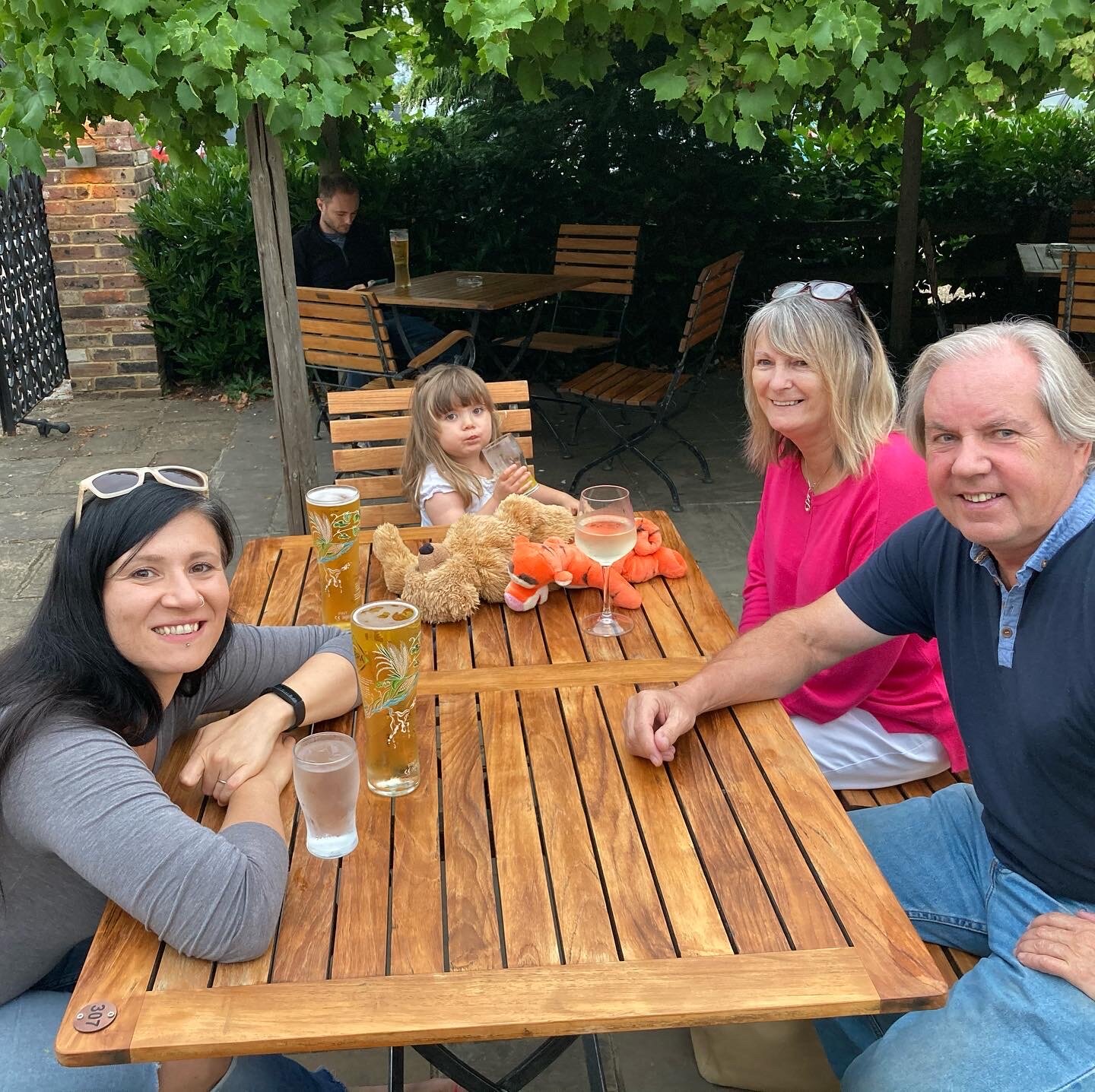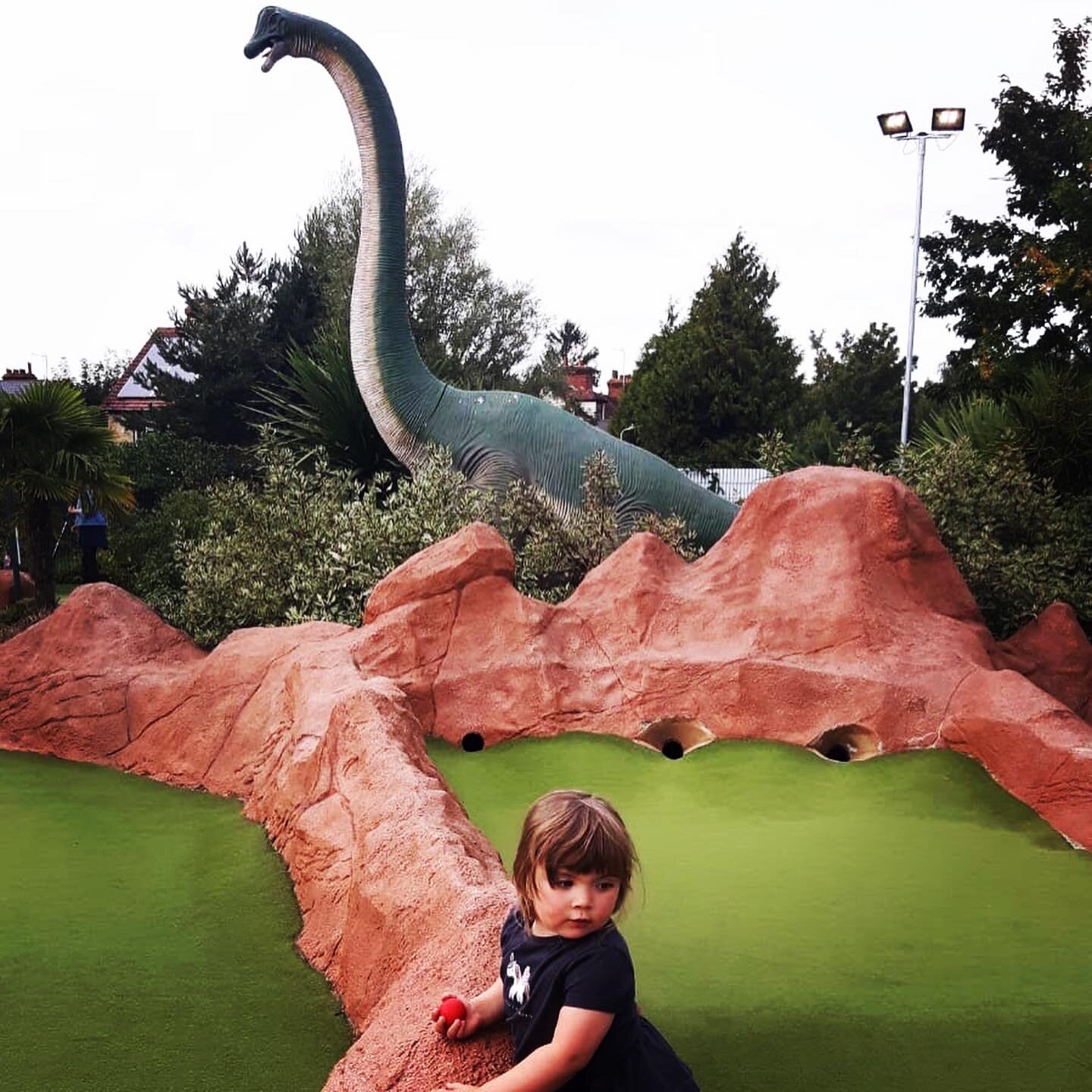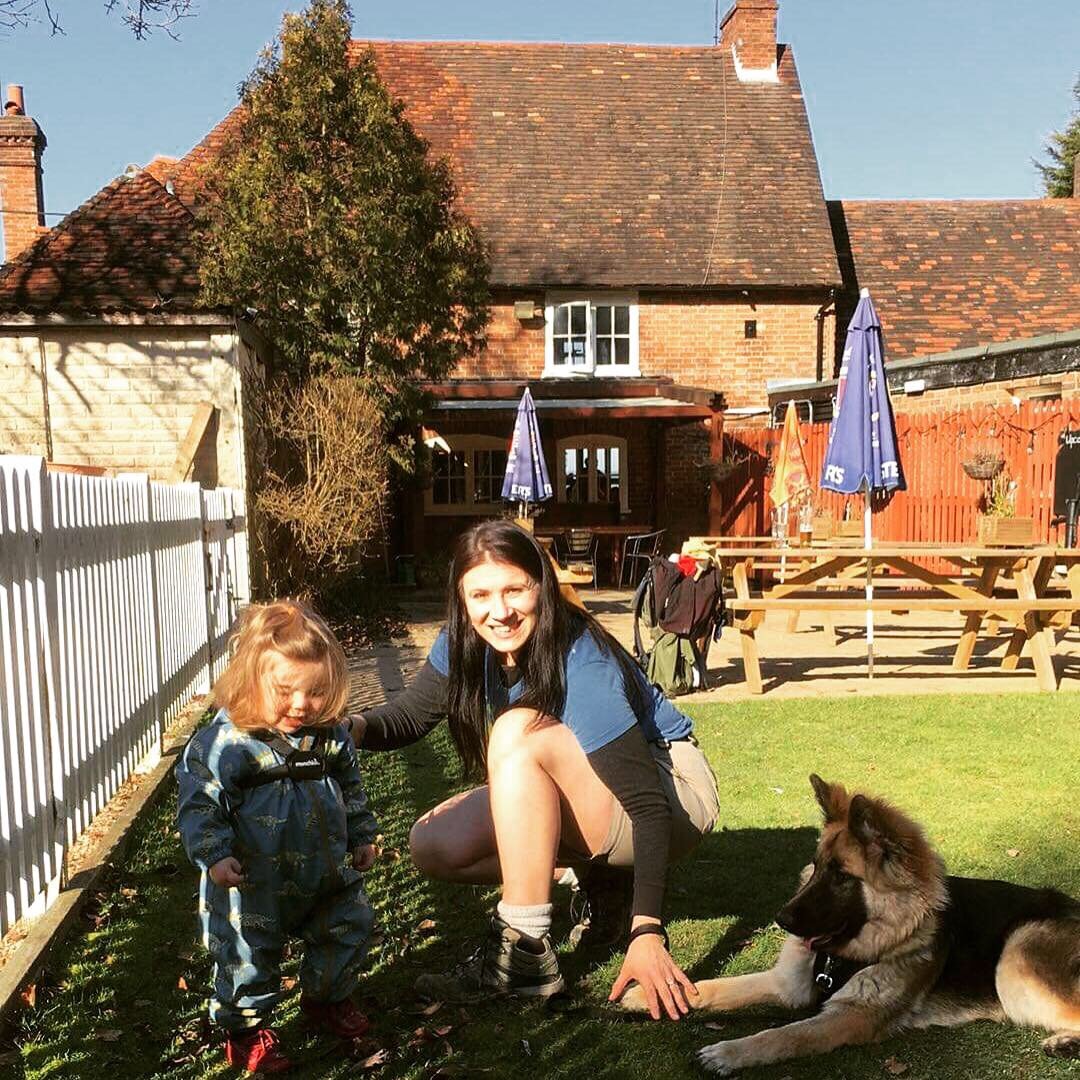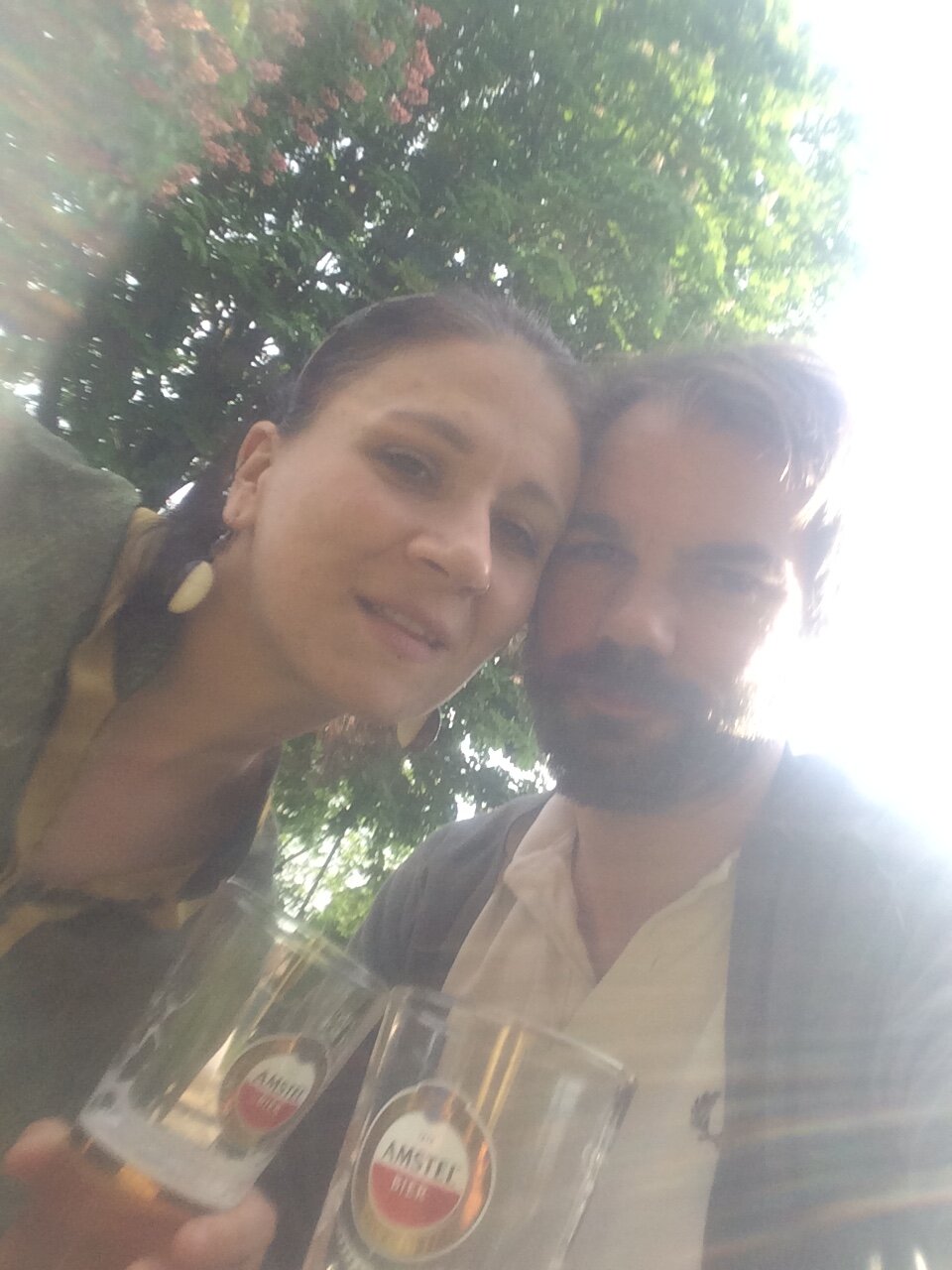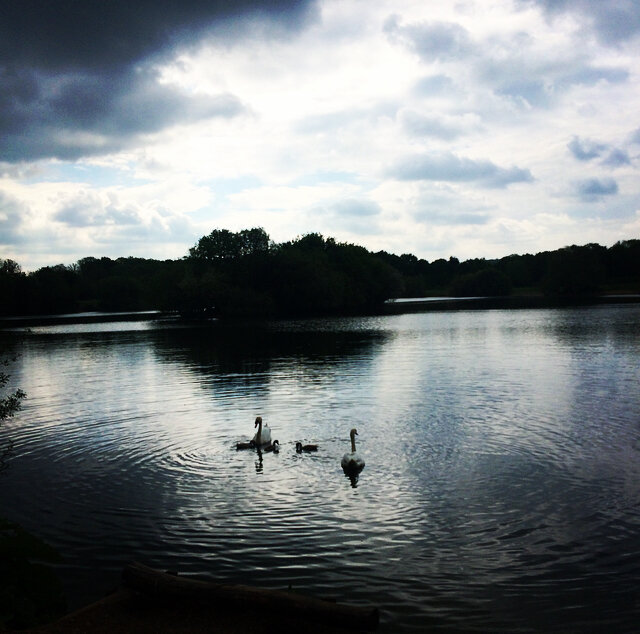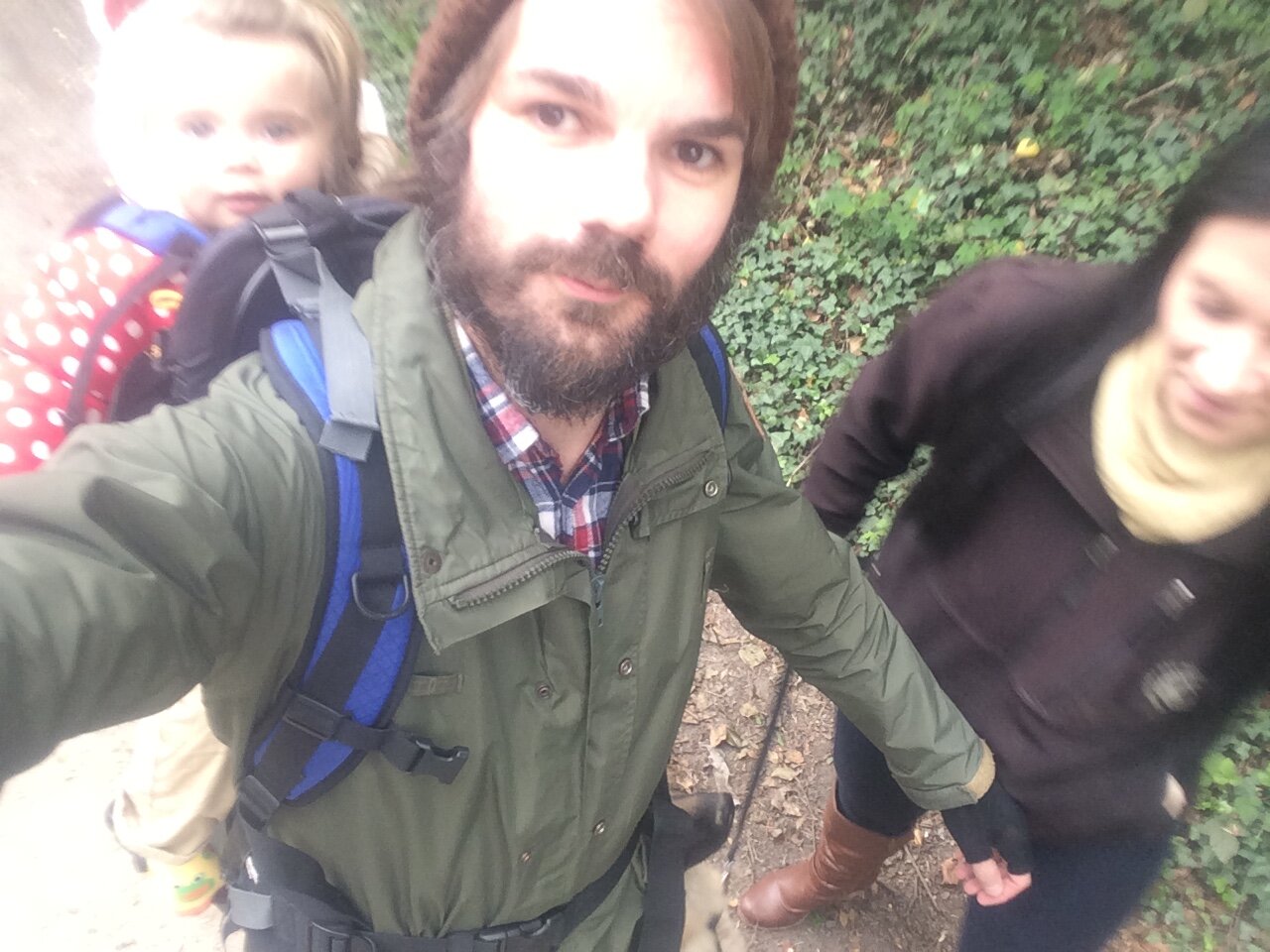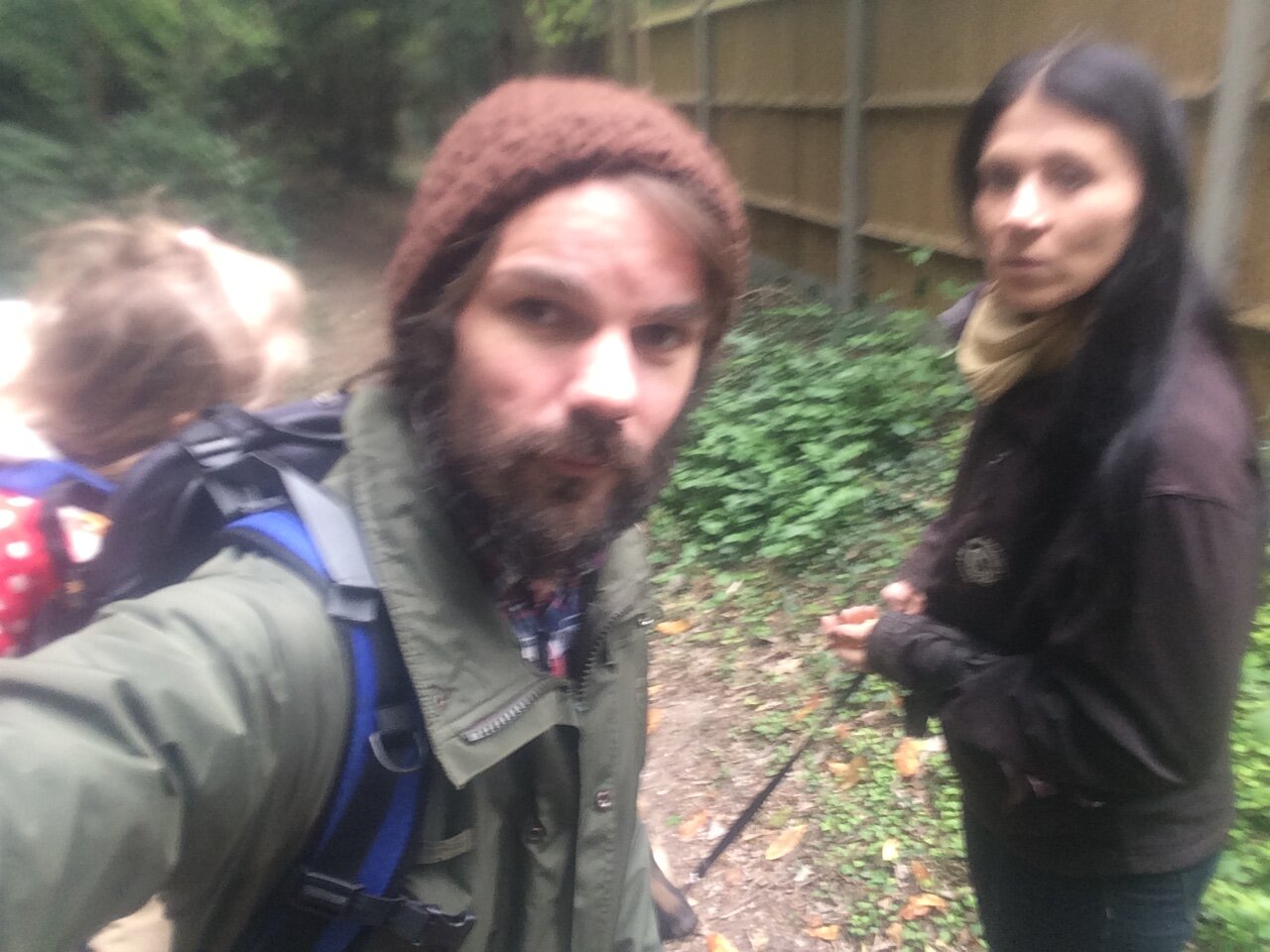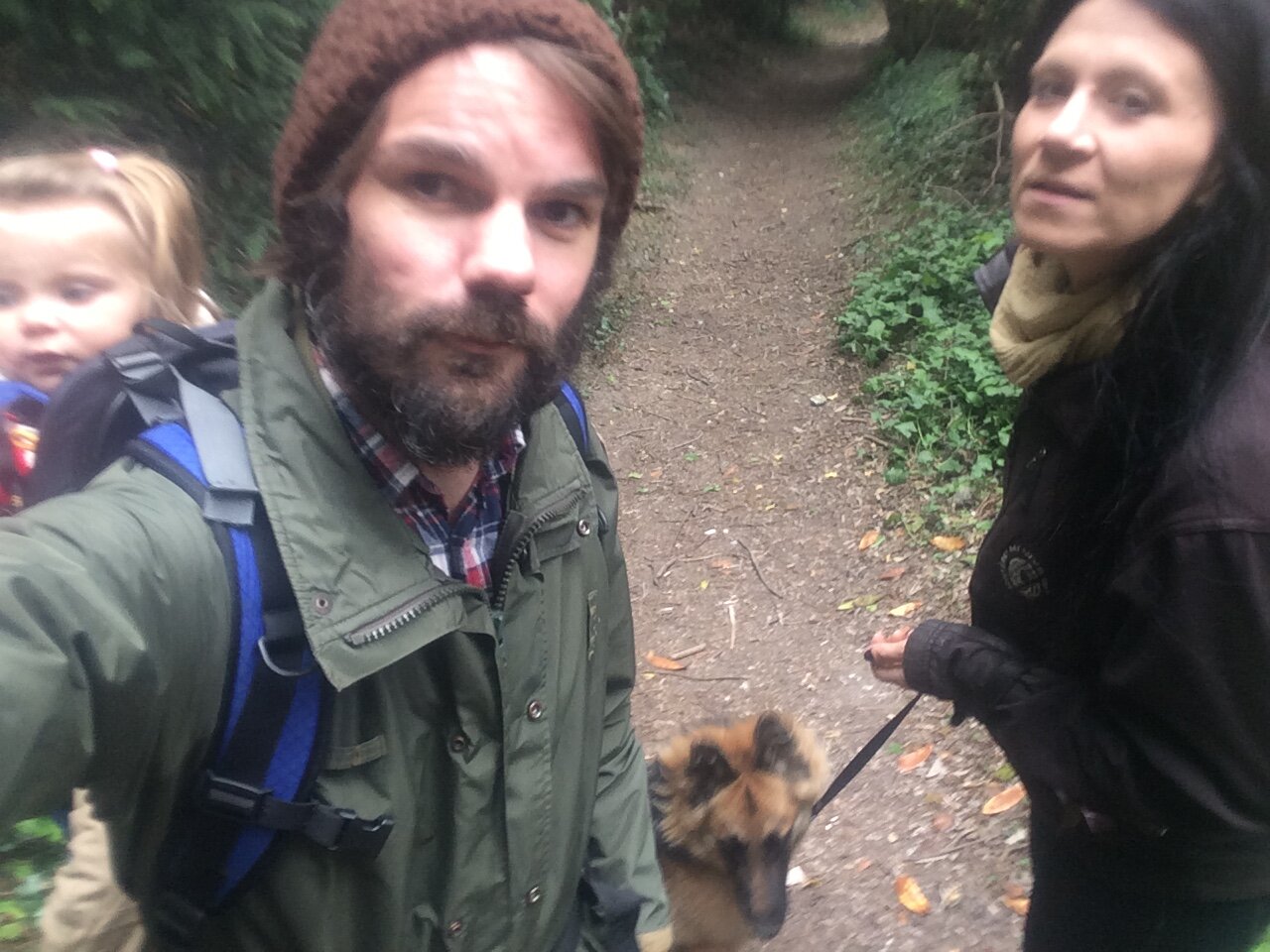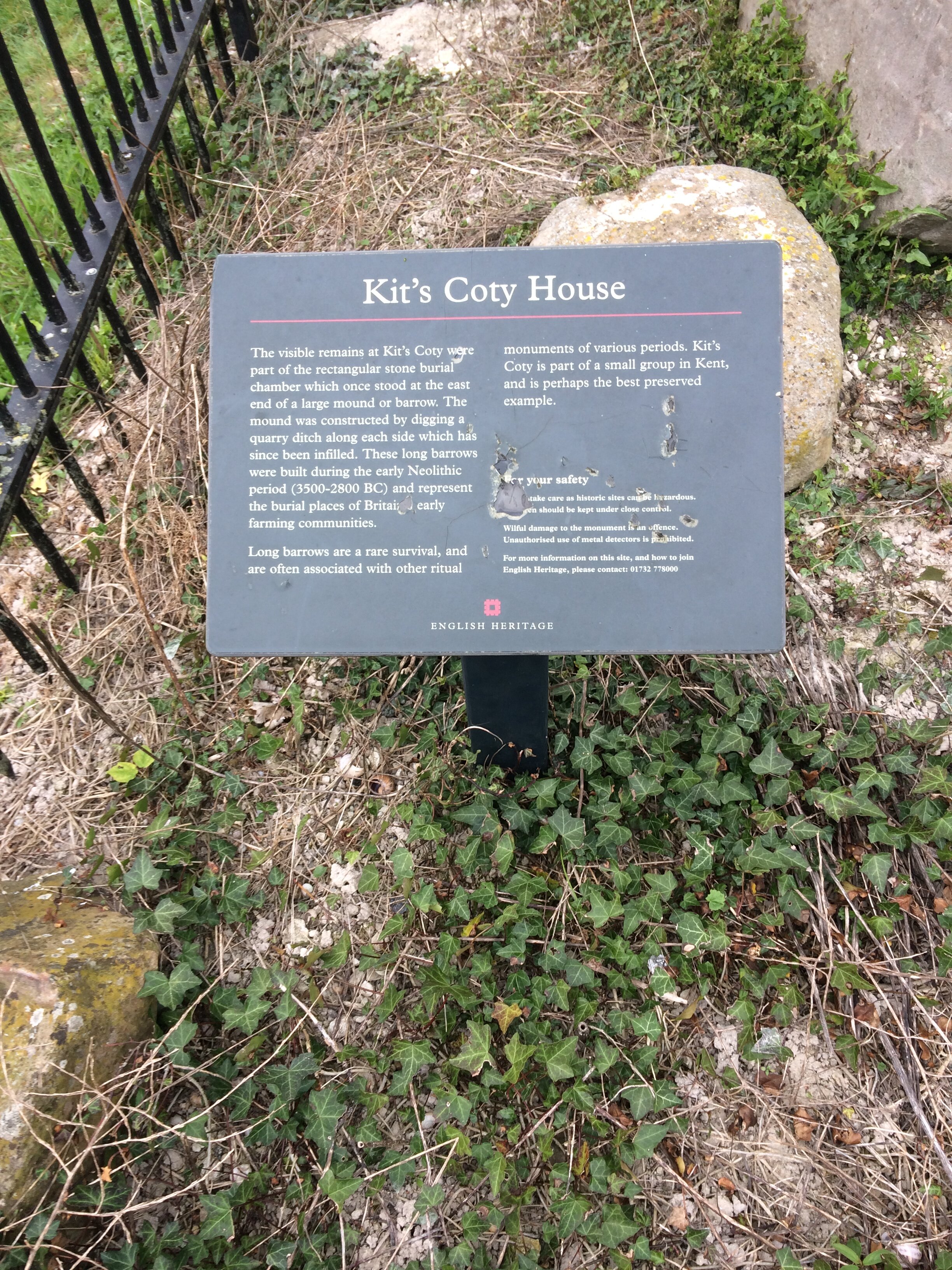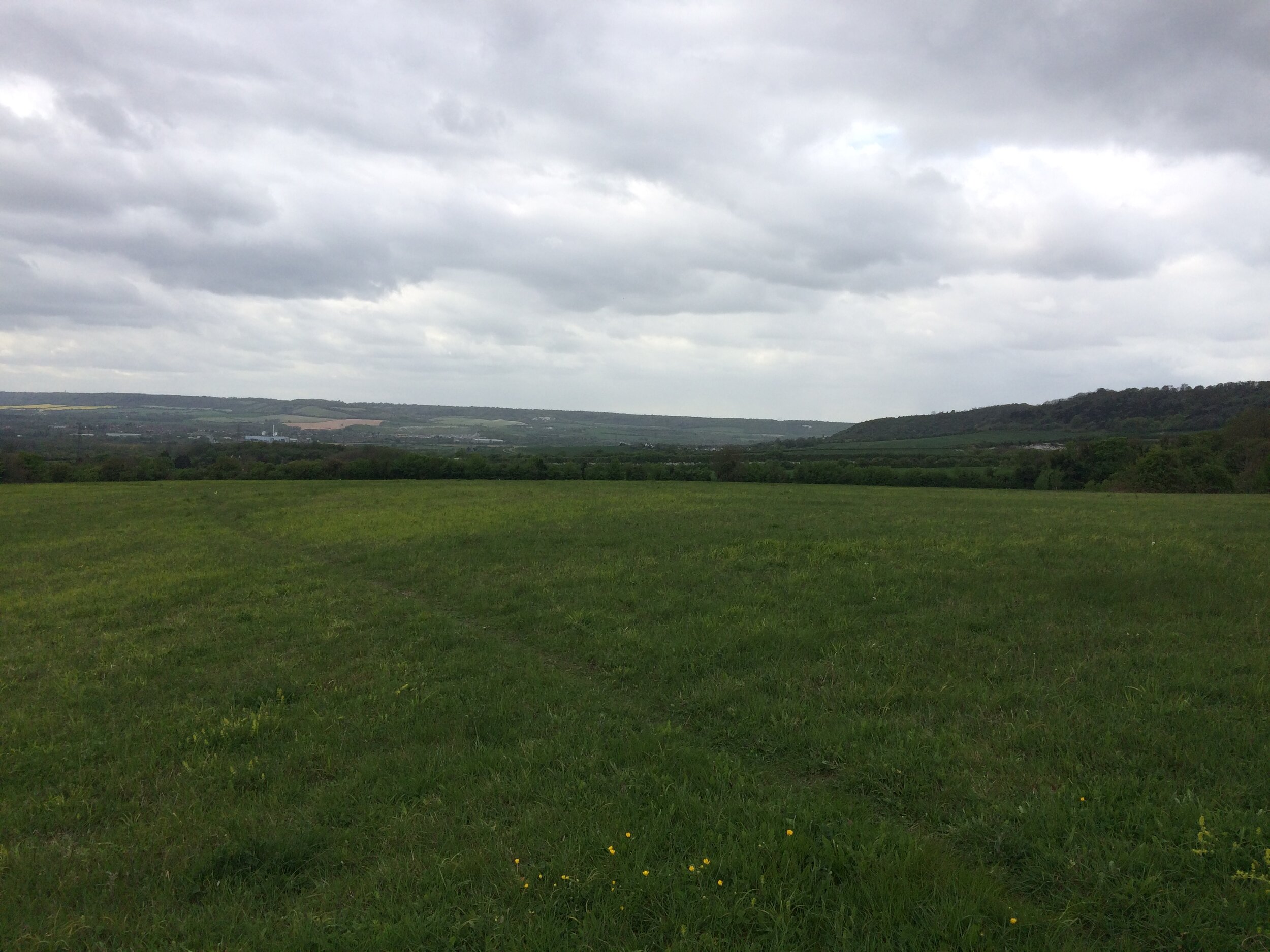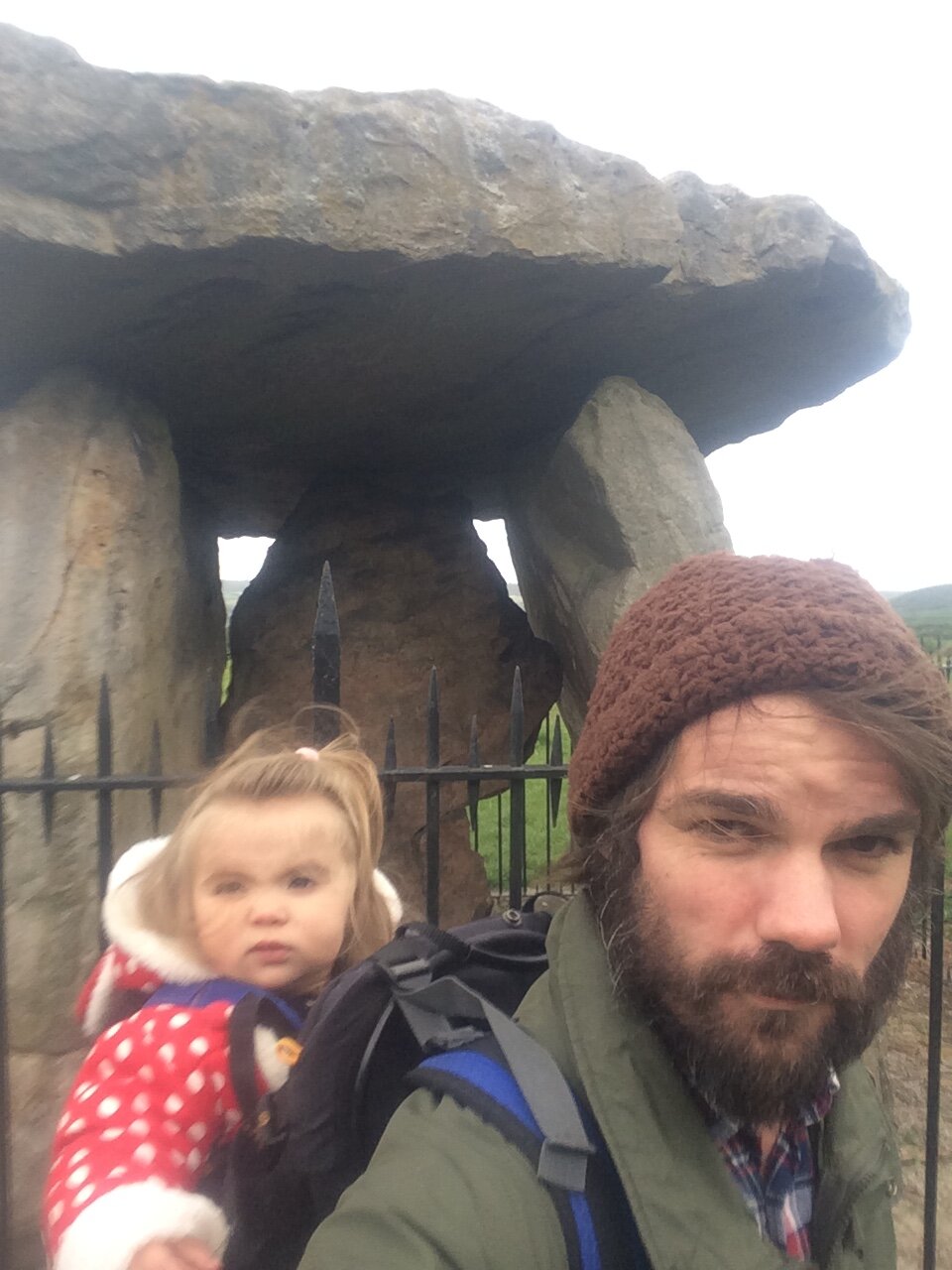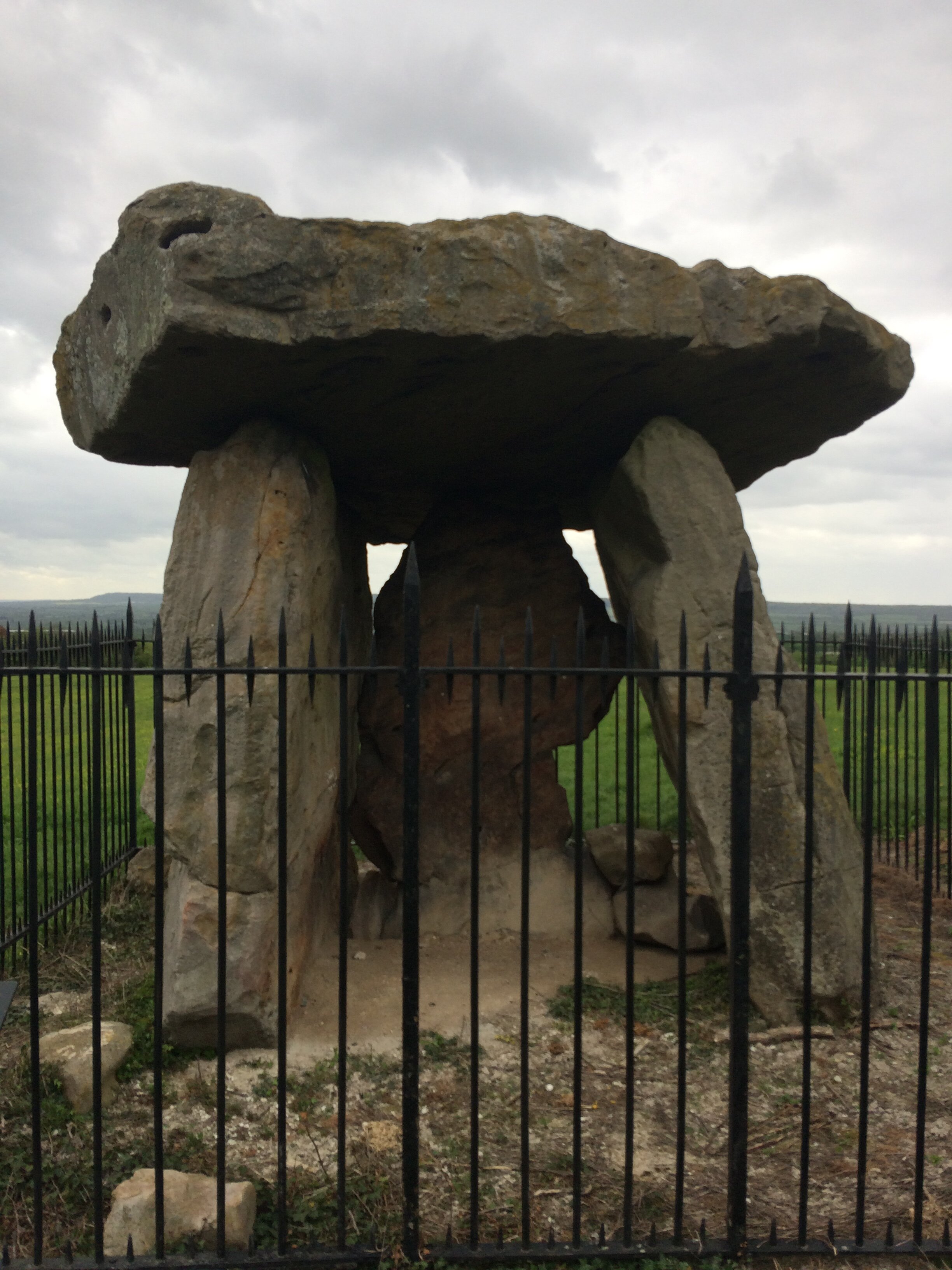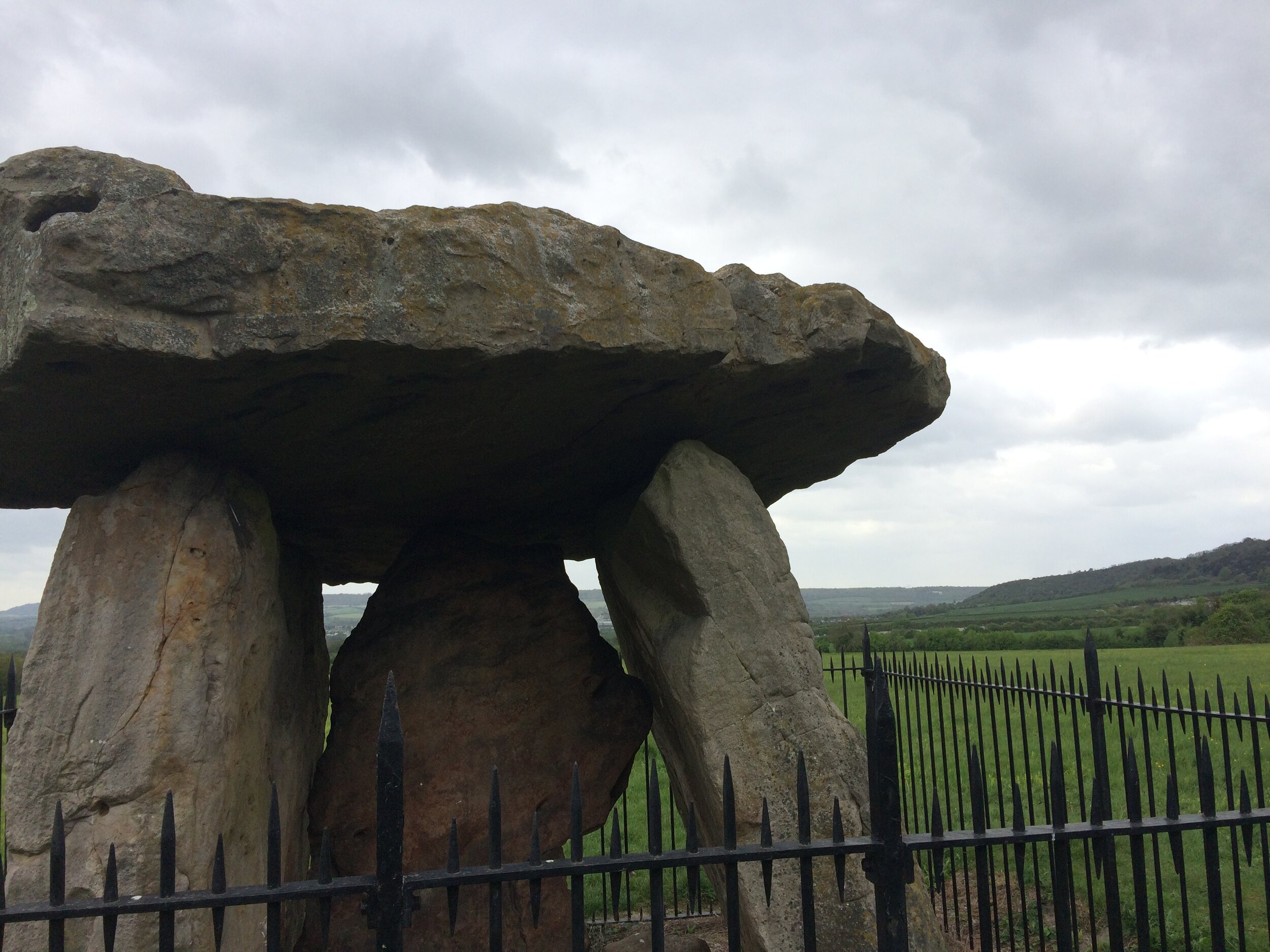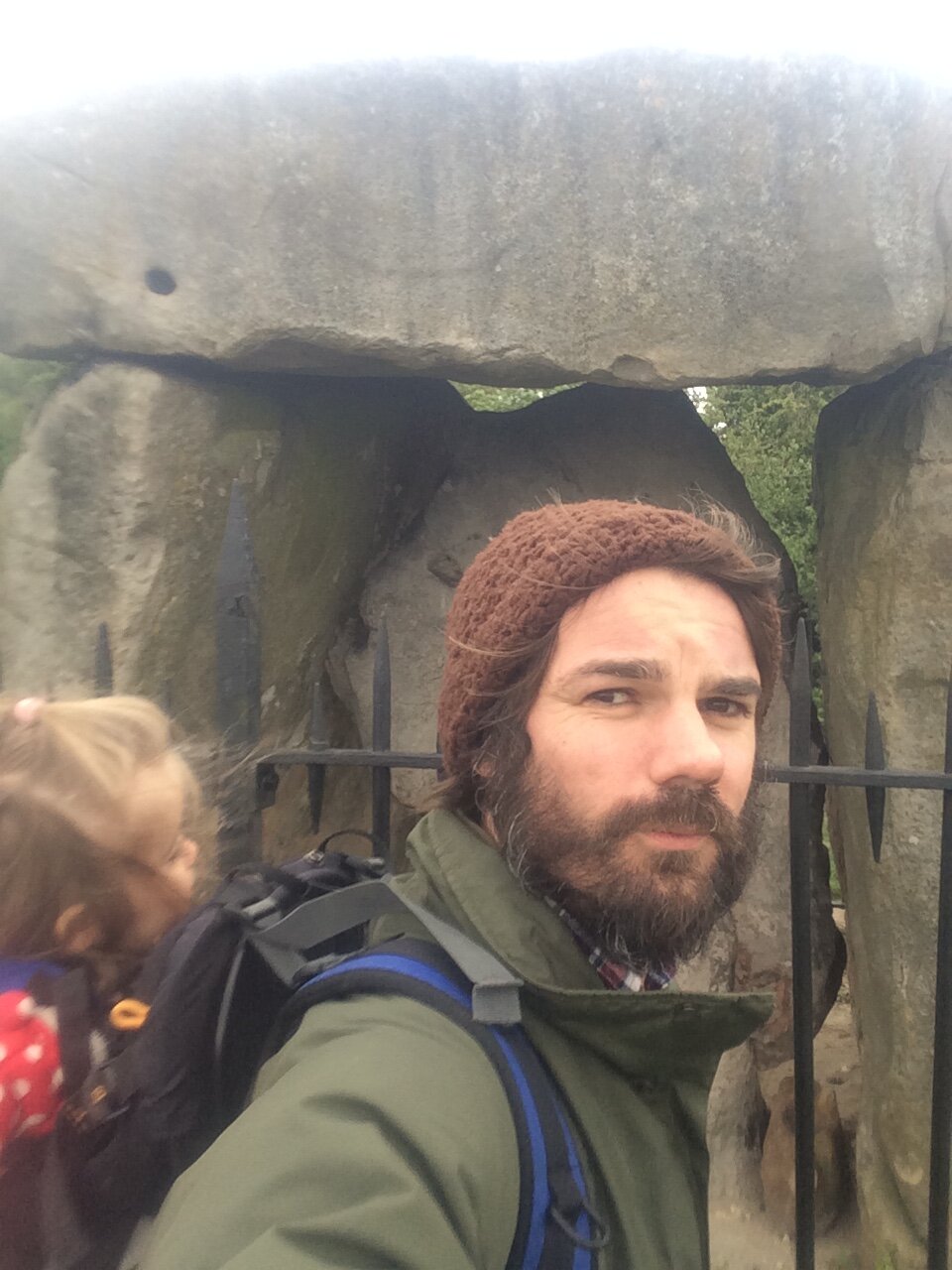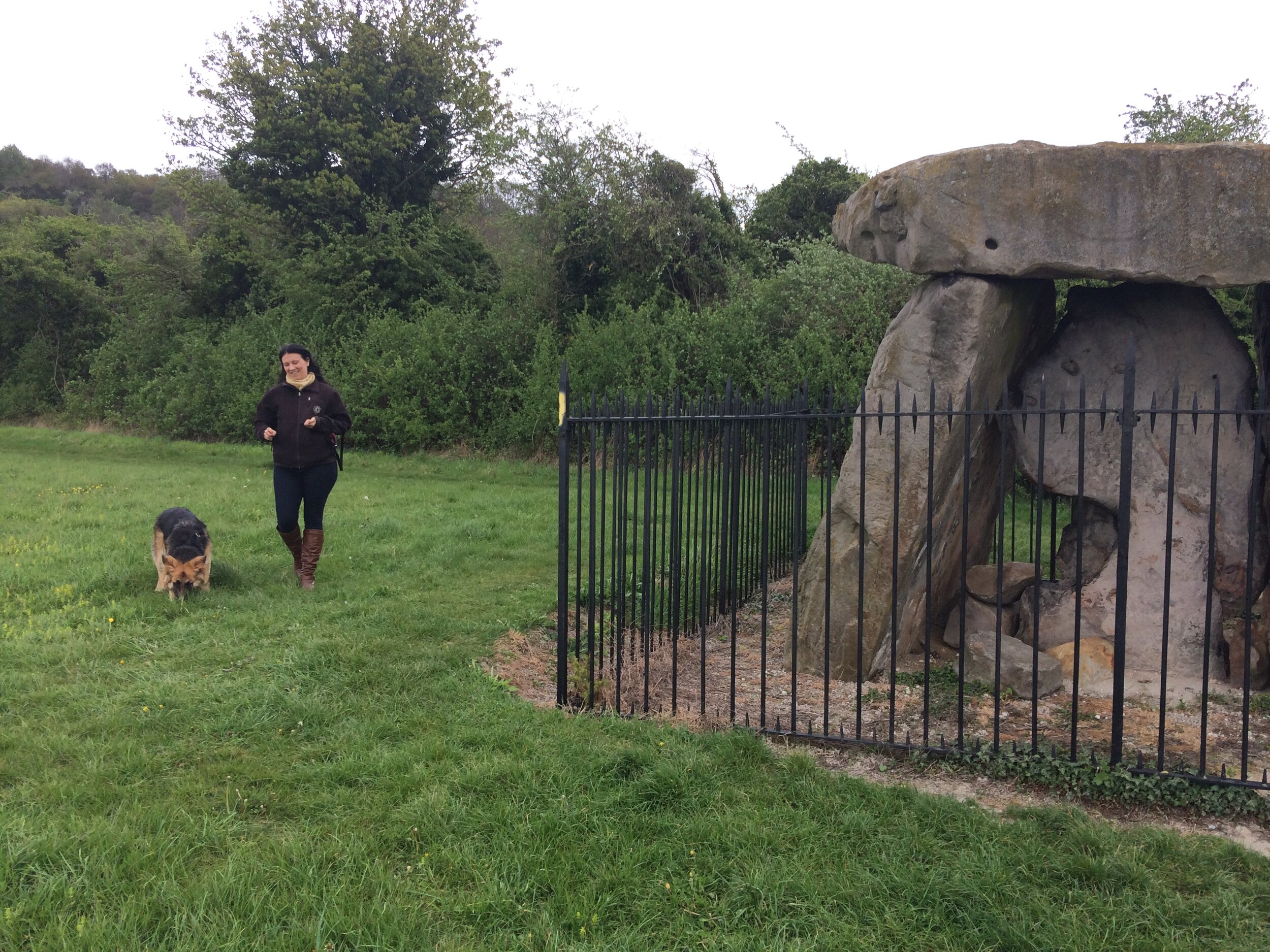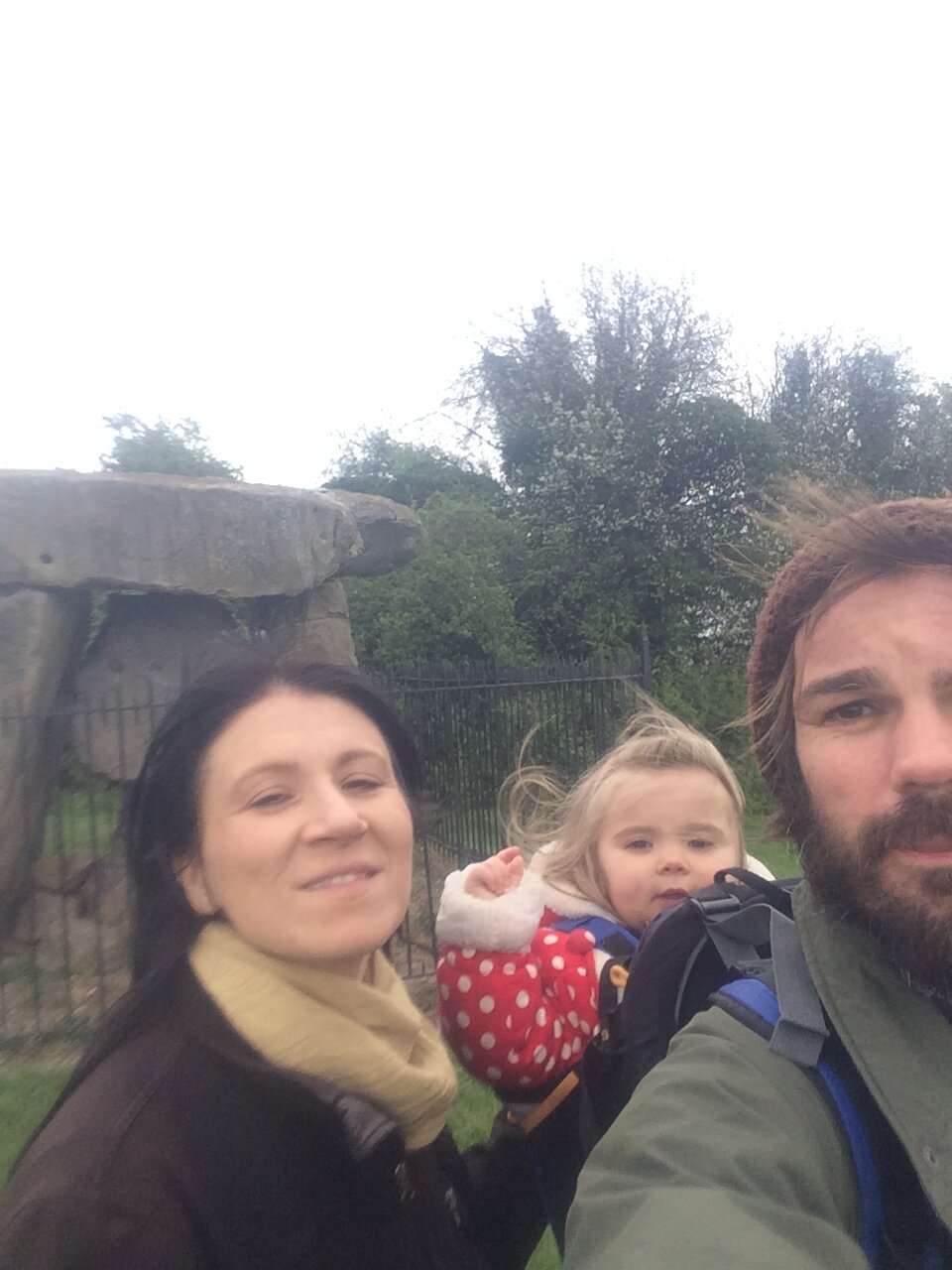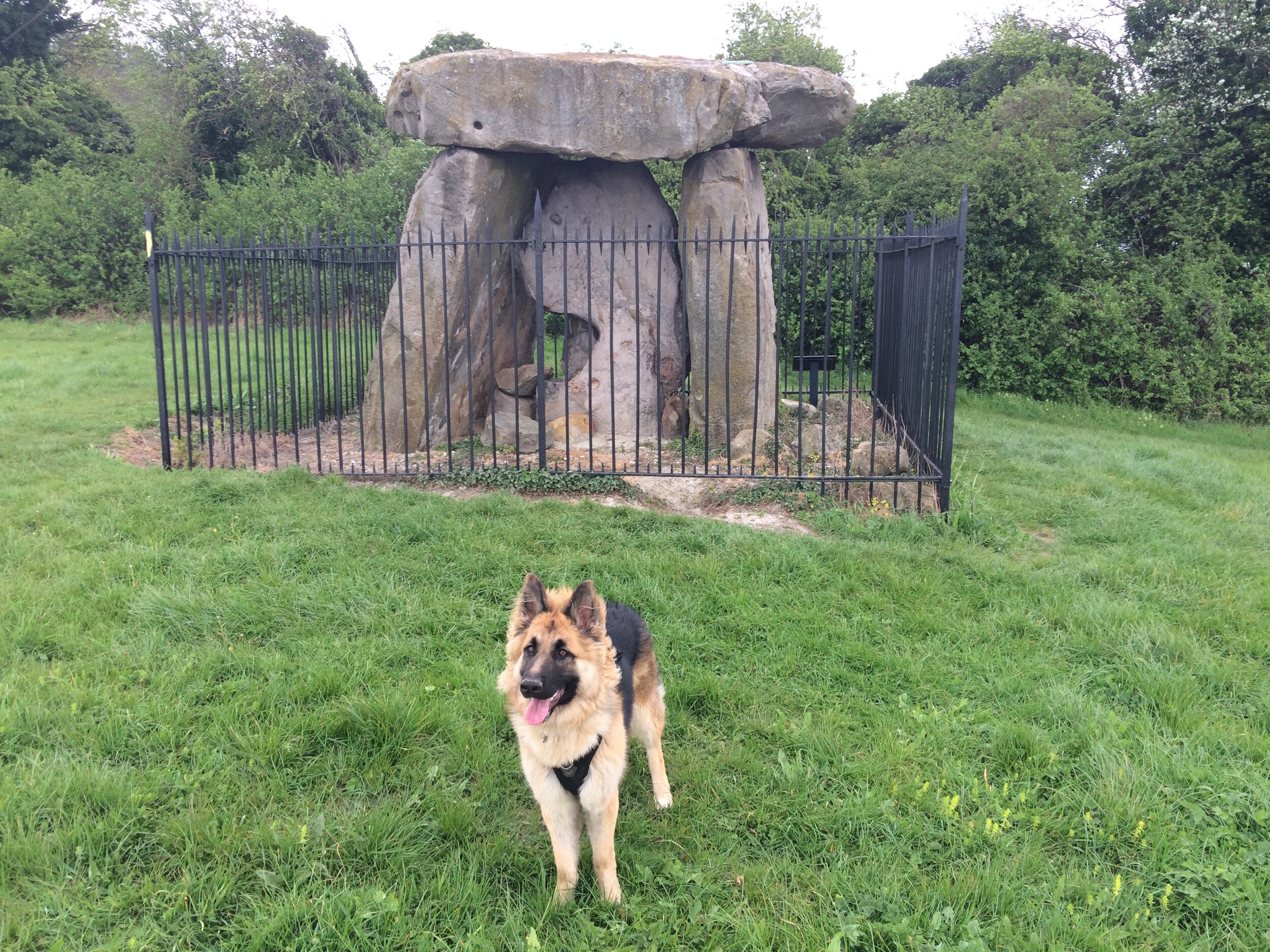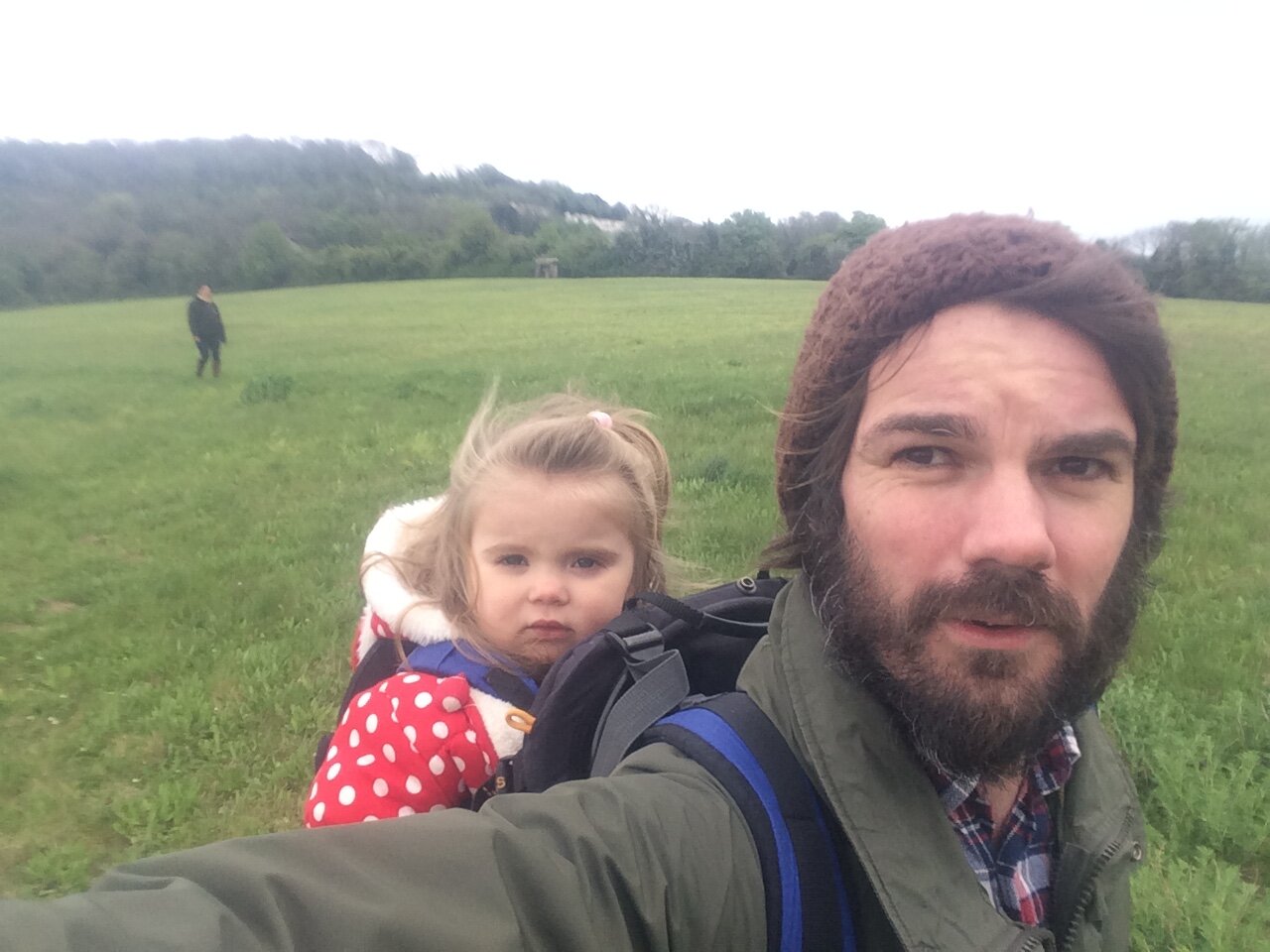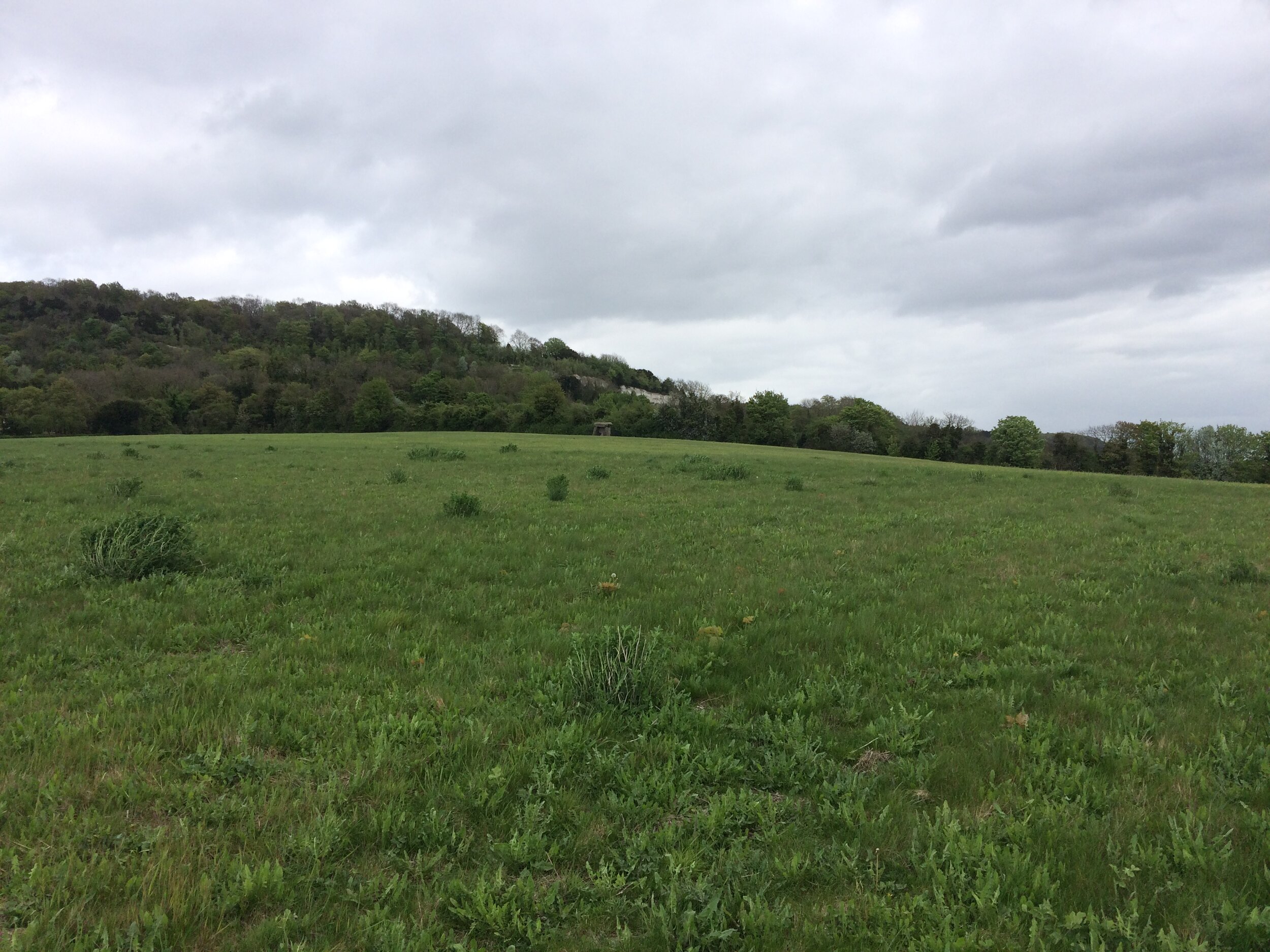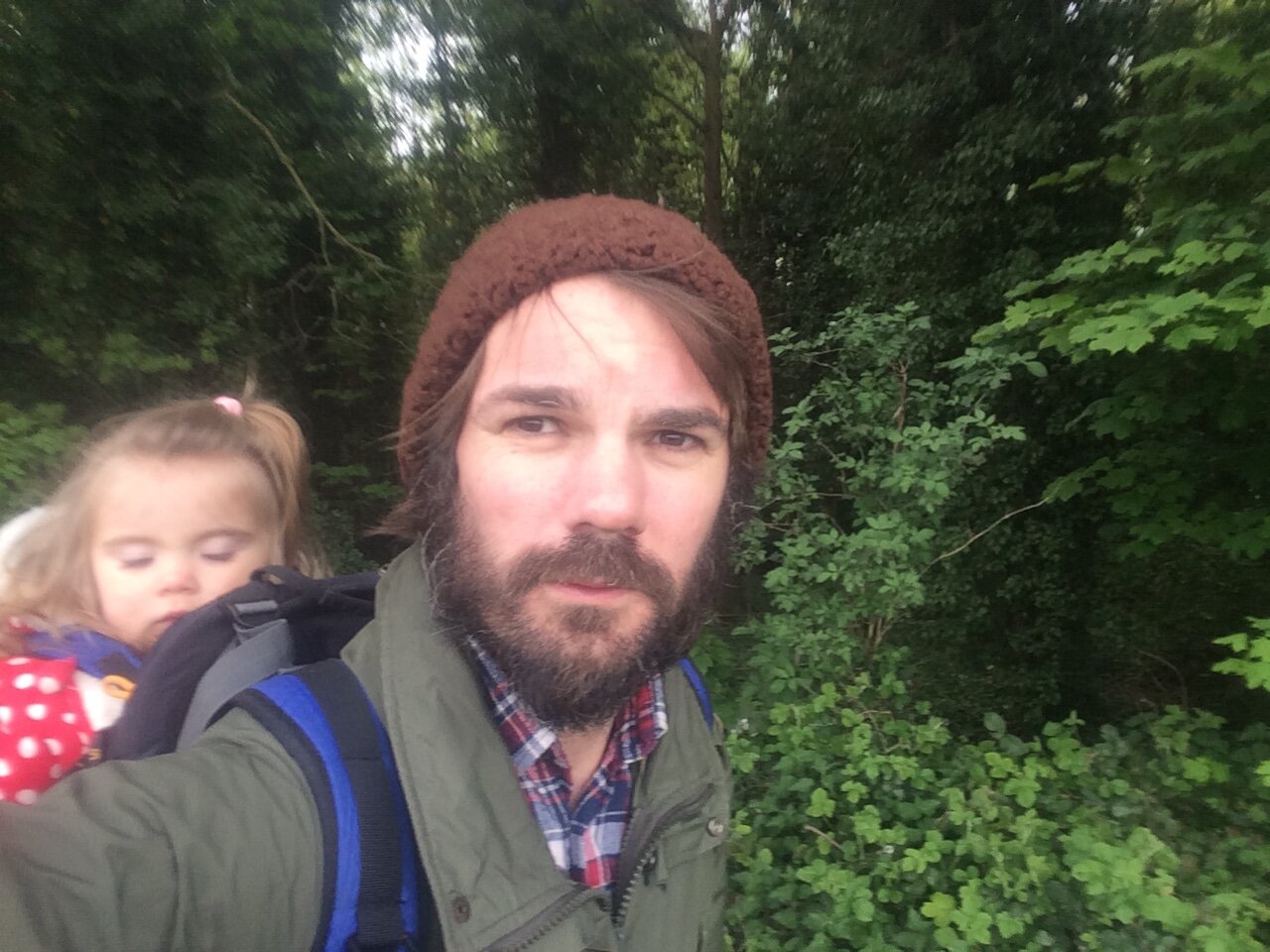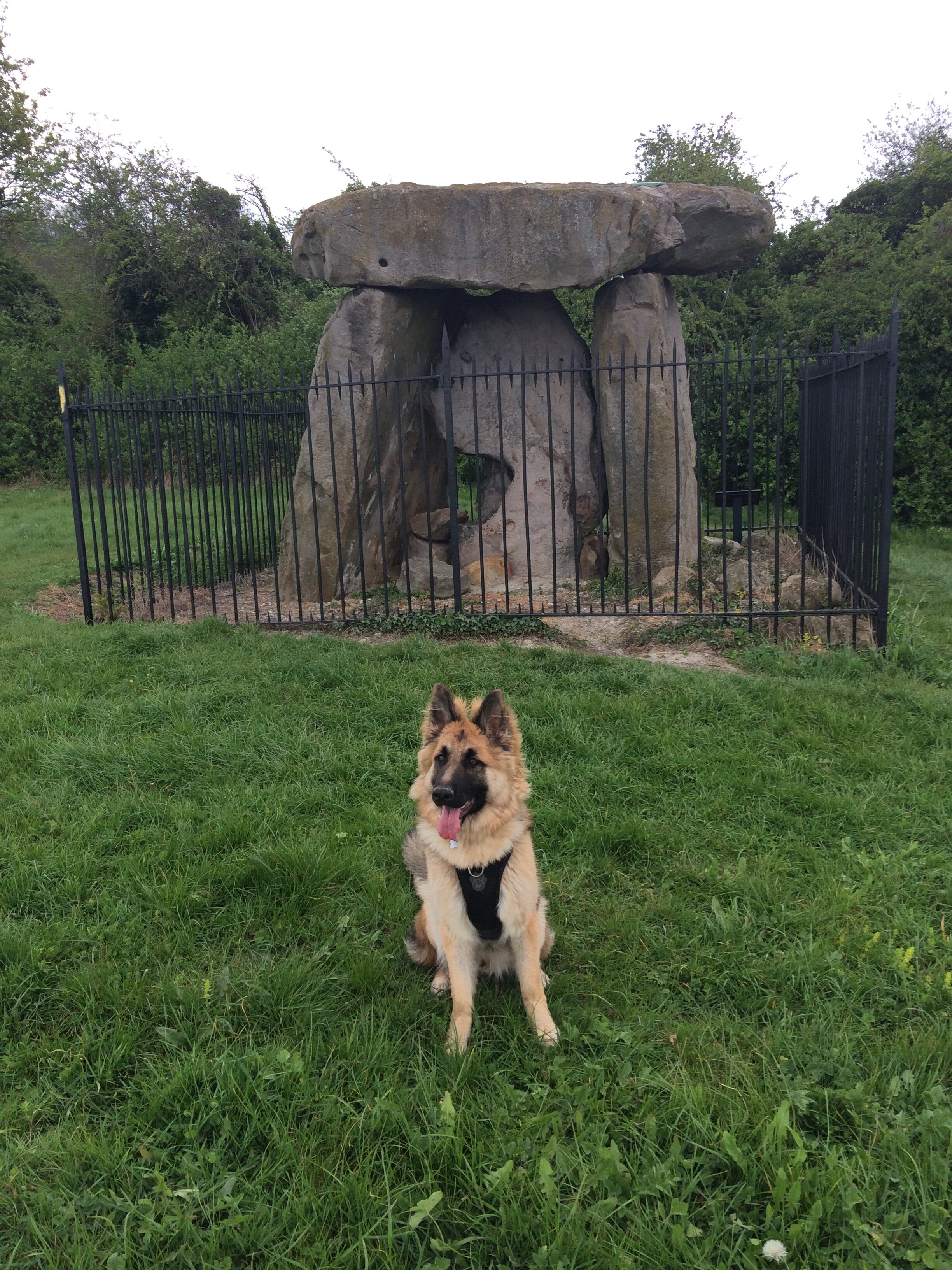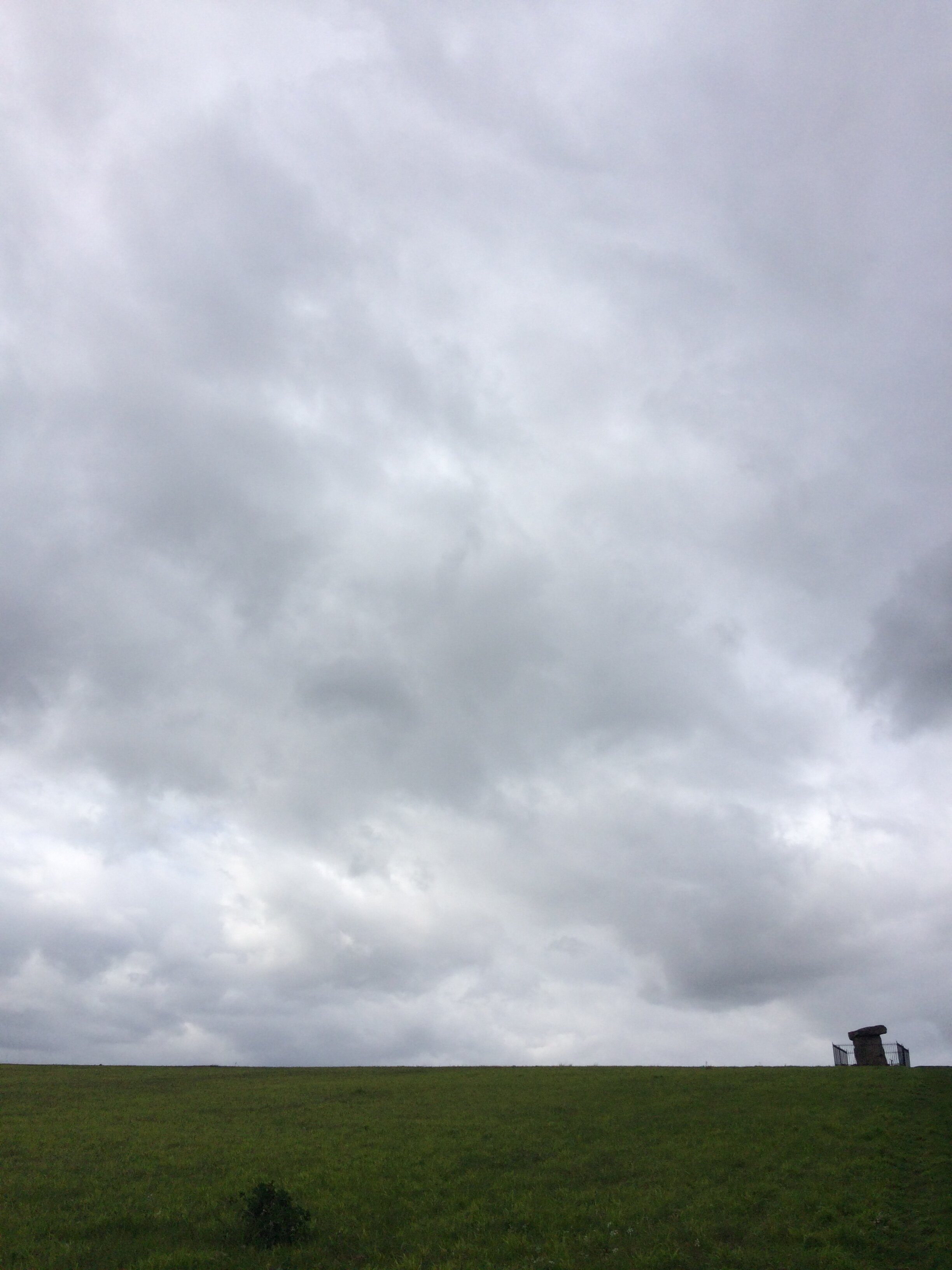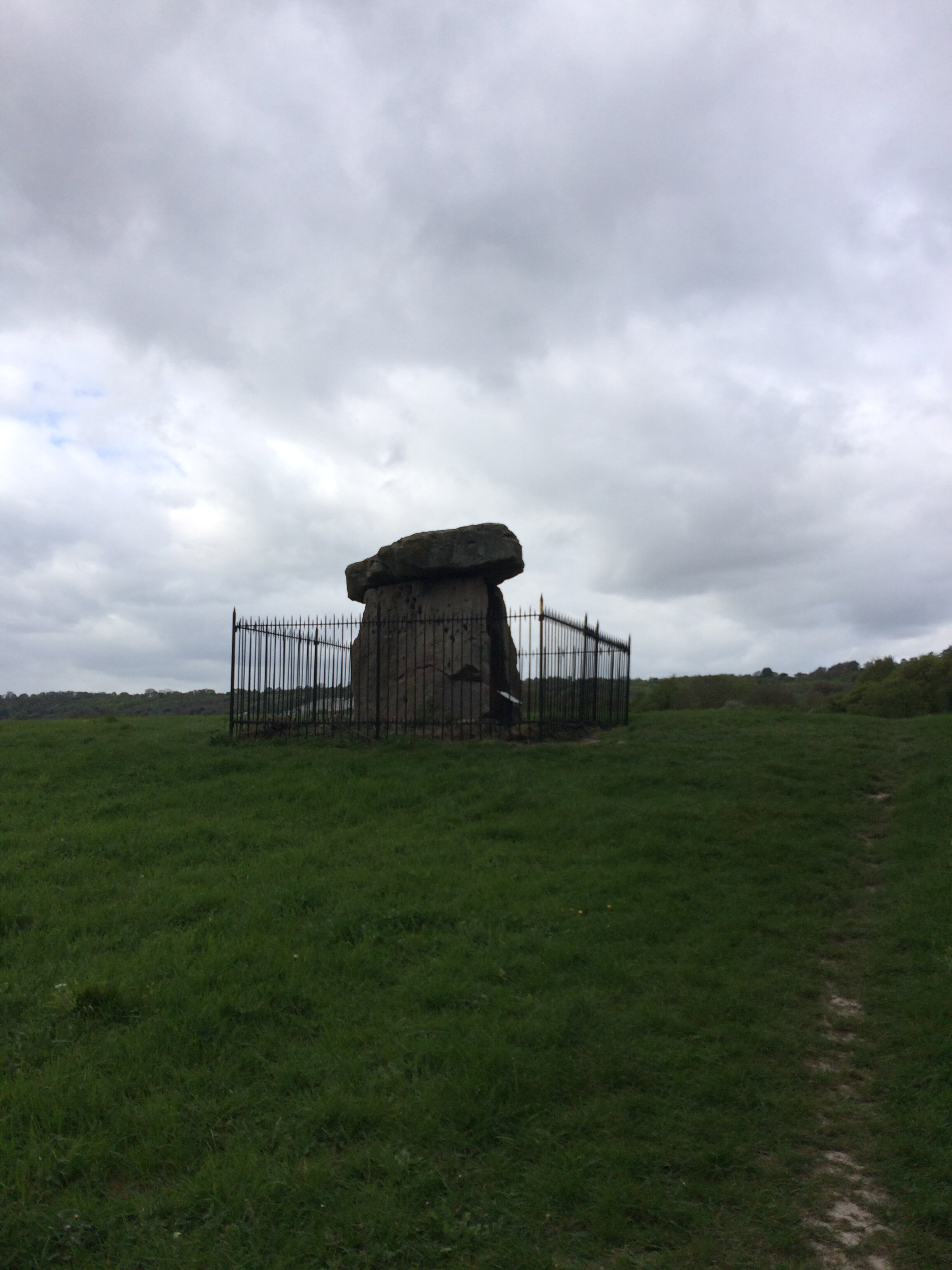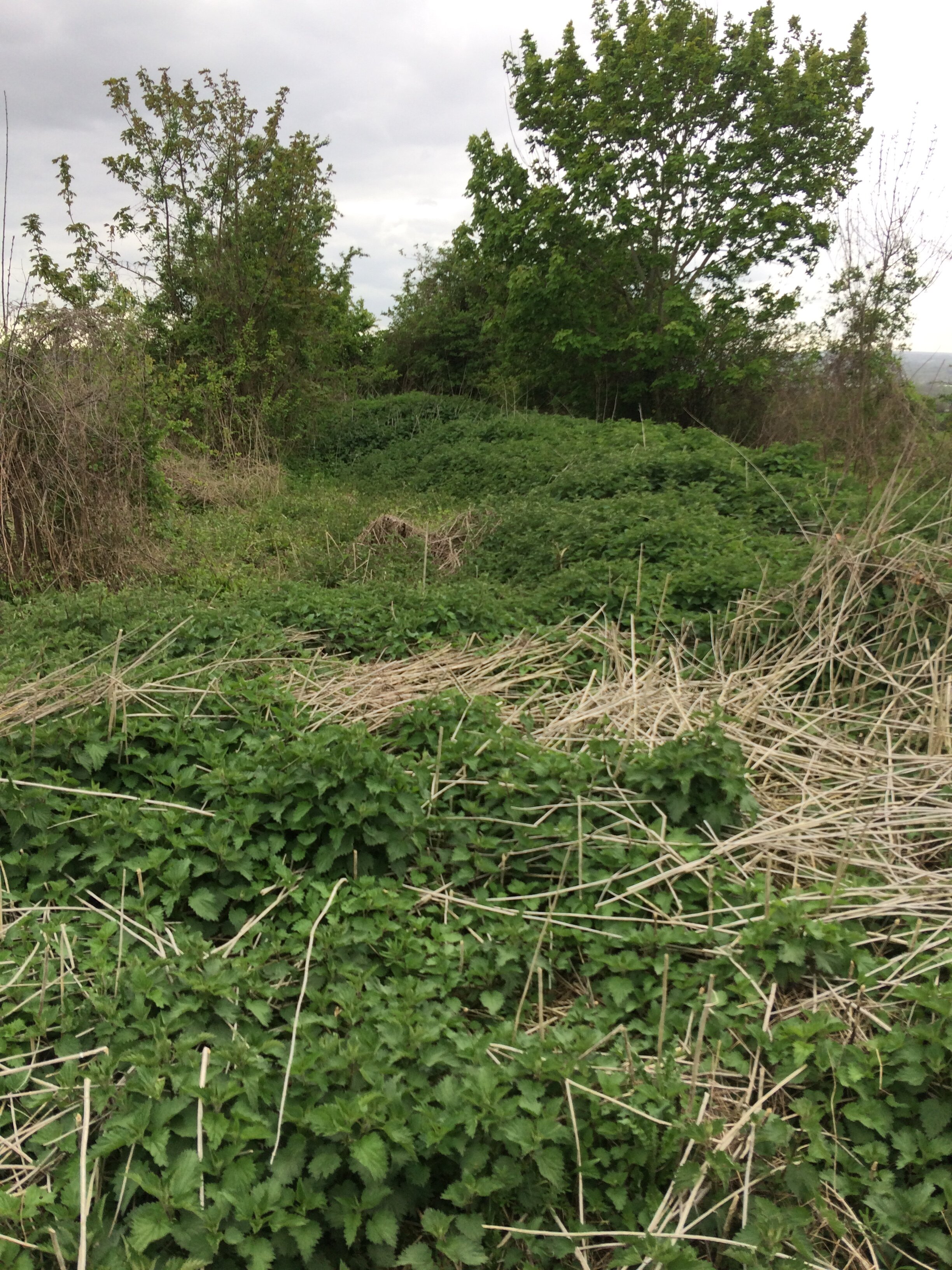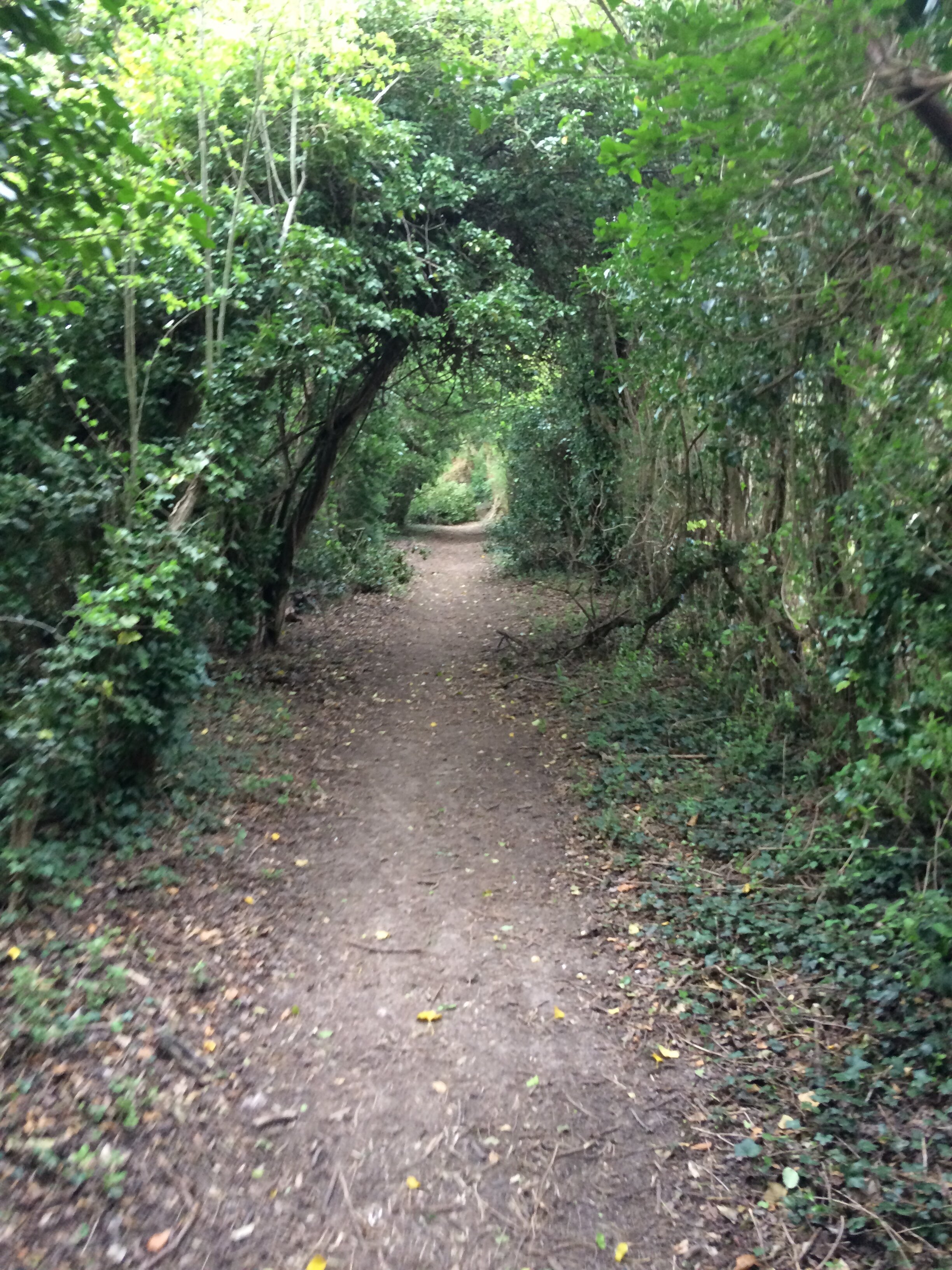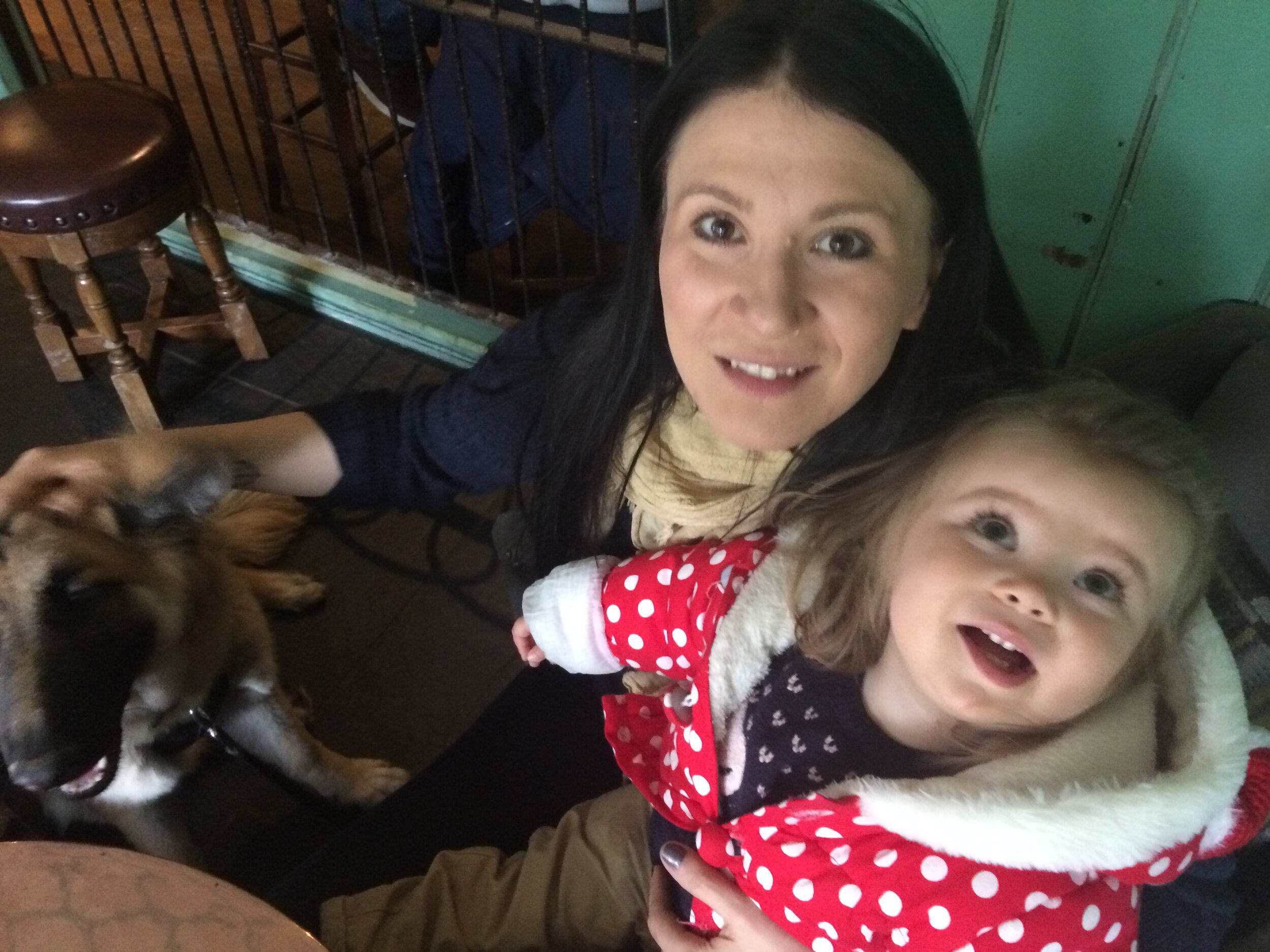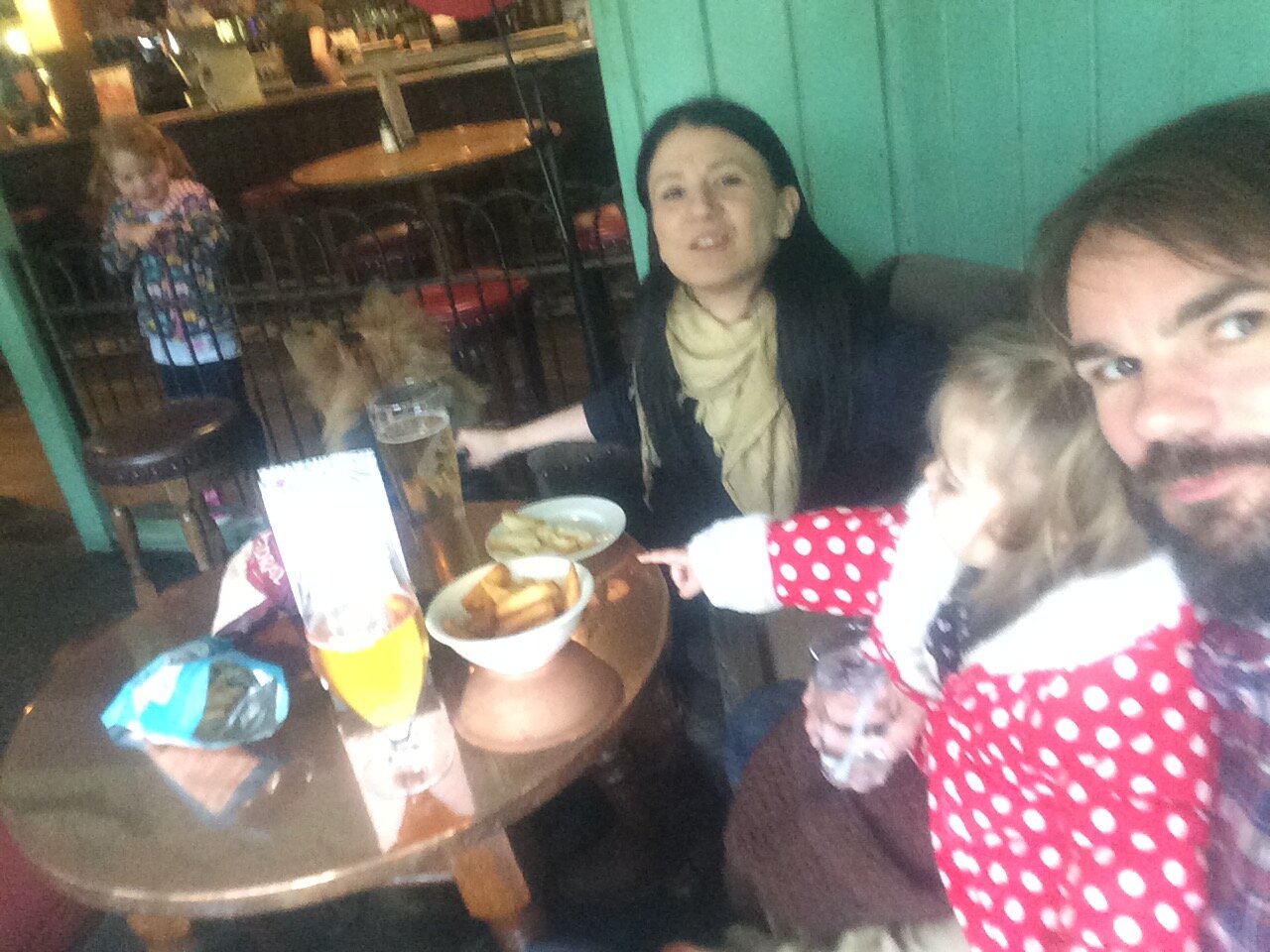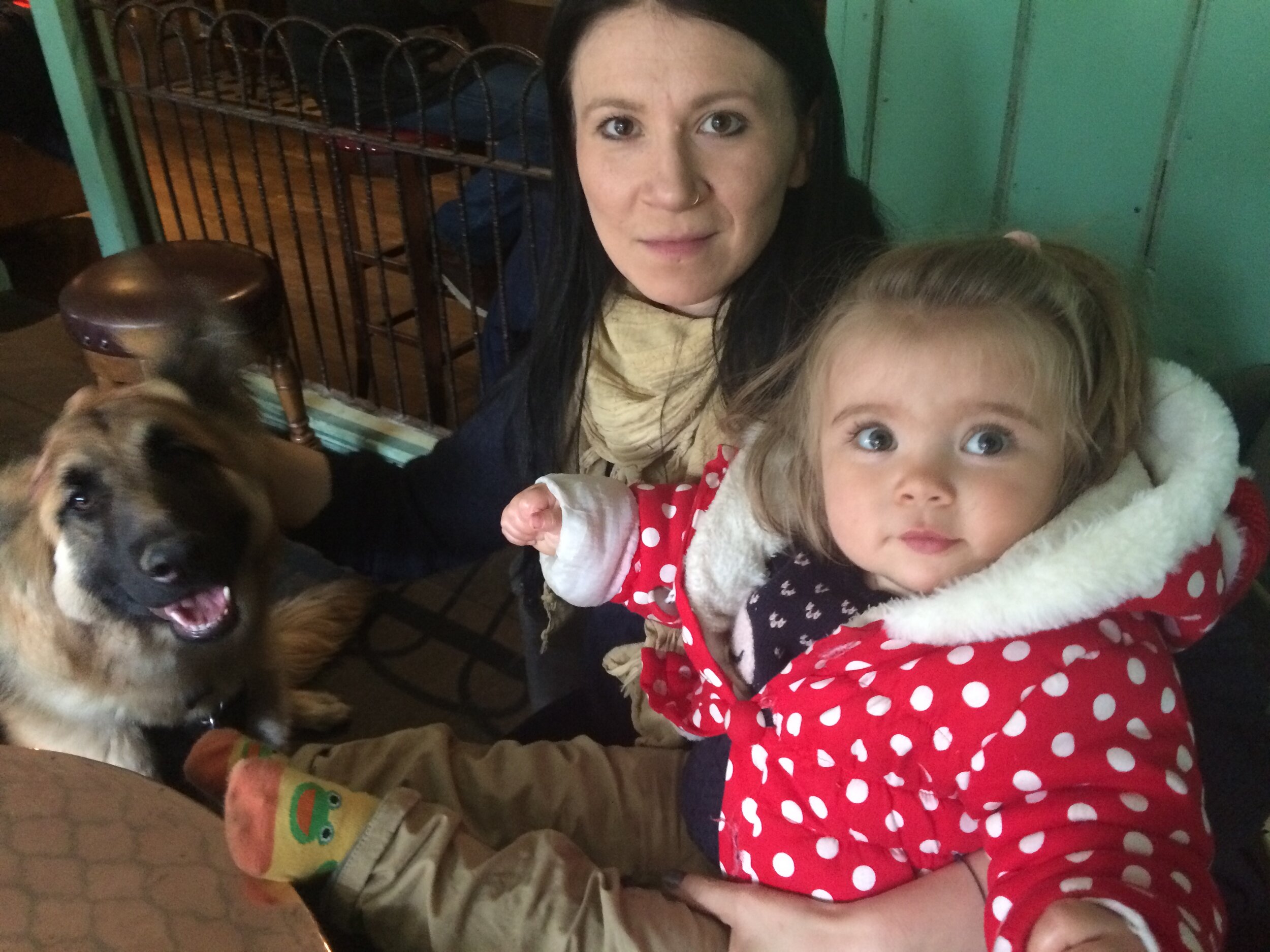As the grizzly grey clouds parted over the soft sweeping Kentish hillside, and the sun clawed its way over the gloom, the endless rows of stubbled grass gleamed and swayed before us like a vast ocean of molten gold. We kicked our way through the remnants of the harvest, towards a stunning sanctuary which had been disguised by the earth for centuries. The remote tranquillity of the region betrayed its once industrious functions, a hub of produce and power, a beacon of technical advancement on a new frontier, one in a string of similar centres stretching throughout the Kent countryside.
We must venture back, around 1800 years back, to an age of Imperial control from distant Rome, yet an island driven by agricultural and economic necessity. Within this incredible landscape, cohabited the ruling classes and the general populations. In this part of the island, those with some power and luxury were often to be found in their decadent country residences, the focus of their fortunes, known to us most commonly as the Roman Villa.
It is to one such Villa that we were drawn on this temperately volatile afternoon, and where we would spend a week carefully exploring what remained of a once magnificent country pile. A week of excavations to reveal what shadows and secrets remained below the rolling golden grounds of north Kent.
This region is particularly dense with some of the most incredible Villa sites known in the country. Many have been excavated and some remain as centres for education and tourism today. Lullingstone is perhaps the most spectacular of those which remain. Its incredible mosaic floors and luxurious heating systems celebrate the height of imperial prestige (see our Archaeofam expedition there previously). Further villas have also been uncovered such as Crofton Roman Villa in Orpington, Otford Roman Villa, Eccles, Mereworth and Horton Kirby, illustrating the importance of this productive locality.
Our summers are often busy, between work commitments, external projects, and an ever-growing arsenal of clubs and classes, it seems there is barely a spare moment. Yet somehow, we managed to squeeze in this little leisure time digging this year! The opportunity was too good to miss.
If you have any kind of interest in archaeology, or even history, it always pays to join your local History or Archaeology Society. It is from these groups that you will gain access to talks, excursions, interesting information and any community excavations which may be occurring nearby.
Our local is the Kent Archaeology Society, and this summer they prepared a week long excavation not far from West Malling, in Kent where a dry summer had revealed crop markings and aroused the interest of local archaeologists.
Preliminary fieldwalking and test pitting had established the presence of possible Roman buildings in the fields, and it was agreed that a project of excavation would help to understand what, if anything, remained beneath the ground, to what extent and condition it remained and offer potential dating and interpretation evidence for the curious features. A resistivity survey corresponded with the cropmarks and a projection of the possible building outlines was created.
The area boasts a fascinating past, ancient ritual monuments such as Coldrum Long Barrow are situated nearby, with further cropmarks suggesting a rich prehistoric landscape. Saxon churches and Medieval Manor Houses can also be found in close proximity. The significance of this well connected region had clearly been long lasting.
Audrey was first to dive into the challenge! Armed with a trowel and a shovel, she was a digging machine… for a few seconds before the overwhelming lure to hunt for flint and stones in the spoil heap took hold. Then even more excitement ensued as she began the creation of a Princess Palace from the spoil and a number of coats, mats and blankets which had, until that moment, been relatively clean. The Palace was a stunning success, it gleamed sparkling pink and a soggy, muddy colour and could be ascended in only specifically assigned gateways under the control of Warrior Queen Audrey. A truly magical construction, fit to match the once architectural splendour of the building now lying somewhere beneath our feet.
Emily and I got to digging, maintaining a tidy trench and cleaning the edges before gradually taking off a little at a time to uncover the features below. As the first day drew to a close, the excavation area was looking tidy and full of potential, and our little family were collectively exhausted, having been out of action for quite some time! We made up for it with hot chocolate and beer in a little country pub on the way home, and some hot chips to keep us going.
The rest of the week I would be alone for the excavations, Emily and Audrey being at work and school until the following weekend. I continued to assist as the Villa began to reveal itself, along with a range of fascinating treasures. Painted wall plaster, roof tiles, brick, pottery fragments, the trace of cobbled courtyards, walls cemented in mortar, a number of delightful metal finds discovered by assisting detectorists such as coins, a key, an arrow head and more. The highlight of the feature was its bathhouse, with apsidal archway and a still standing hypocaust system. The Villa was precisely where it ought to have been, and future work could reveal its full extent and any other mysteries it may yet conceal.
This years work on the site will be published as a number of articles in the Society’s Magazine and in the Kent Archaeology Society Journal, Archaeology Cantiana. Keep your eyes peeled for its release next year. The society conducted additional survey work to understand the extent of activity in the surrounding landscape and hope to return in the not too distant future to conduct further excavations.
Above photographs courtesy of Kent Archaeological Society.
On the final day of the dig, the whole family piled into the car and ventured out to witness the results of our wonderful community excavation. The setting could not have been more serene. The late summer sun blazed down upon us as we explored the traces of ancient avenues, carefully crafted corridors, technologically terrific underfloor heating systems of a Roman bathhouse and all the ghostly remains of a once thriving Roman household and livelihood. We shall certainly be back for more when the opportunity comes knocking again.
And of course, any excuse for those quaint country pubs afterwards!


